Choosing the right testing approach isn’t just about ticking a box for compliance. It’s about reducing risk, building customer trust, and protecting your business against costly security breaches. But with terms like manual pen testing vs automated pen testing, and process-based penetration testing floating around, how do you know which method best protects your software?
This blog unpacks the key differences, benefits, and limitations of manual testing, automated testing, and QualySec’s exclusive process-based penetration testing. By the end, you’ll understand which approach best fits your needs and why a layered or hybrid strategy could be the smartest move.
Why Testing Matters in Modern Businesses?
The digital transformation is happening so quickly that new vulnerabilities are emerging every day. The 2025 IBM Cost of a Data Breach Report predicts that data breach costs will continue to rise, potentially exceeding $5 million on average. Meanwhile, customers and regulators expect higher standards for software reliability and security than ever before.
Whether you’re developing a mobile app, SaaS platform, or enterprise system, robust testing helps you:
- Ship higher quality products
- Prevent data leaks and outages
- Build trust and dependability
- Comply with GDPR, HIPAA, and other standards
- Reduce fix costs by catching issues early
But which type of software testing is right for your specific challenges? Let’s compare three core approaches.
Understanding Manual Penetration Testing
Manual penetration testing is a hands-on security assessment conducted by experienced ethical hackers. Unlike automated tools, manual testers use real-world attack strategies, creativity, and expertise to probe your systems for vulnerabilities. These human testers think like actual adversaries, often uncovering issues that software alone cannot detect.
Key Features of Manual Pen Testing
- Testers leverage deep technical knowledge and instincts to find hidden security flaws that scanners might miss.
- Each environment receives a tailored attack plan, accounting for unique business logic and system configurations.
- Manual testers can chain vulnerabilities together and exploit complex attack paths that automated scanners typically don’t recognize.
When Is Manual Penetration Testing Most Effective?
Manual penetration testing truly comes into its own in environments where complexity, risk, and compliance requirements demand a higher level of scrutiny and adaptability. While automated tools are useful for identifying known vulnerabilities and performing broad scans, manual testing brings a human element that excels in more nuanced, context-driven scenarios.
Here are the key situations where manual pen testing proves most effective:
1. Complex Systems and Architectures
Manual testing is especially valuable when dealing with intricate web applications, IoT environments, or APIs that don’t follow standard protocols. These systems often involve unique user flows, custom integrations, or business logic that automated tools may not fully understand. A human tester can explore the system in depth, identify edge cases, and uncover hidden vulnerabilities that machines often miss.
2. Regulatory and Compliance Demands
Industries that operate under strict regulatory frameworks—such as finance, healthcare, and government, often require high-assurance testing to meet compliance standards like HIPAA, PCI-DSS, or GDPR. Manual testing provides the detailed, contextual insights these industries need to demonstrate that their systems are not only secure but also compliant with specific legal and regulatory mandates.
3. High-Value or High-Risk Targets
Organizations that handle sensitive data or critical infrastructure, think banking systems, cloud service providers, or national security assets, need the most thorough security assessments available. A breach in these environments could have catastrophic consequences. Manual testing allows for deep, methodical examination of potential attack vectors, which make it an essential tool for protecting high-value assets.
Key Advantages of Manual Pen Testing
Manual penetration testing offers several unique benefits that automated tools simply can’t replicate:
- Human testers can detect logic flaws, business process abuses, and complex chains of exploits that automated scanners typically overlook. This is especially important for identifying issues that require an understanding of context or attacker intent.
- Unlike automated tools that follow preset scripts, manual testers can adapt their approach on the fly. If new information emerges during an assessment, like an unexpected response or behavior, they can turn and investigate further, often revealing deeper security flaws.
- The reporting that comes from manual pen testing is often far richer and more practical. Testers not only document the vulnerabilities they find, but also explain the risks, potential impact, and suggest tailored mitigation strategies. These reports are extremely valuable to development and security teams working to improve overall system defenses.
Drawbacks of Manual Pen Testing
Despite its many advantages, manual pen testing isn’t always the right choice for every situation. Below are a couple of limitations to consider:
- Manual testing takes time and demands a highly skilled team. This makes it more expensive and time-consuming than automated scanning, which can be a limiting factor for smaller organizations or projects with tight deadlines.
- The success of a manual pen test largely hinges on the experience and intuition of the individual tester or team. A skilled ethical hacker can uncover serious flaws, but an inexperienced one might miss them entirely. This variability means choosing the right professionals is important.
Thus, manual testing does require more investment, but the quality and depth of insights it provides often make it well worth the effort.
Latest Penetration Testing Report
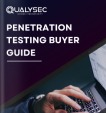
Automated Penetration Testing
Automated penetration testing, which is commonly called automated pen testing, is a technique employed by security experts to test the vulnerability of computer systems using specialized tools in the form of software. Rather than simply doing manual testing, this method includes the application of automated scripts and preconfigured attack techniques for checking systems for weaknesses. Such tools are programmed to simulate the methods of evil hackers, probing networks, applications, and attached devices for known security vulnerabilities. In comparing Manual Pen Testing and Automated Pen Testing, it is obvious that though automation has speed and scale, it might overlook intricate vulnerabilities that can be discovered by human know-how only. After the testing is finished, automated software produces detailed reports that identify the vulnerabilities found and usually provide recommendations for remediation.
While automated pen testing has its limits, there are certain situations where it truly shines:
1. Regular or Scheduled Scans
If your organization performs routine vulnerability assessments – whether monthly, quarterly, or after system updates – automated tools are perfect for the job. They make sure timely checks without the need for continuous manual effort.
2. Large, Uniform Environments
Organizations with vast IT infrastructures that include similar or identical systems (such as servers, workstations, or IoT devices) benefit significantly. Automated tools can quickly scan these environments without needing custom configurations for each asset.
3. Limited Security Resources
For teams with a smaller cybersecurity budget or limited access to expert personnel, automated testing offers a reliable way to maintain basic security assurance without the costs of hiring external consultants.
Advantages of Automated Penetration Testing
Automated pen testing isn’t just about convenience, it also offers a range of practical benefits:
- Because it requires fewer human hours, automated testing is generally more affordable than manual assessments. This makes it a viable option for small businesses or teams operating under financial constraints.
- Automated tools deliver reports almost immediately after the scan is complete, which help teams react quickly to address critical issues.
- Tests can be run as often as needed – daily, weekly, or after each system update so that your security posture is always up to date.
Limitations of Automated Pen Testing
Despite its advantages, automated penetration testing isn’t a one-size-fits-all solution. There are a few key limitations to be aware of:
- These tools operate based on preloaded vulnerability databases. As a result, they may overlook newly discovered or obscure threats that aren’t yet included in the system.
- Automated scanners can’t understand business logic or complex user behaviors. This makes them ineffective at identifying vulnerabilities that arise from unique workflows or application misuse.
- Automated testing can sometimes generate false positives, flagging issues that aren’t truly threats or miss subtle, context-sensitive flaws that a human tester would recognize.
Automated penetration testing can’t fully replace manual testing, it offers a fast, cost-effective, and scalable way to regularly assess and improve security only when combined with human expertise for deeper analysis.
Process-Based Penetration Testing by QualySec
Whereas manual and automated testing concentrate on functional accuracy and security at the surface level, QualySec’s process-based penetration testing applies an entire, attacker perspective to your organization’s defenses. This process integrates manual expertise, automation tools, and a strict process-driven methodology to replicate advanced, real-world attack vectors. In Manual Pen Testing vs Automated Pen Testing, QualySec closes the gap by bringing together the benefits of both—utilizing human intuition and automated effectiveness. QualySec developed technology-driven, proprietary processes which not only identify vulnerabilities for our team but also how they can be used to exploit them in actual scenarios.
Whereas traditional manual testing or automated sweeps often rely on specific functions or known flaws, QualySec adopts a strategic and more disciplined methodology. Rather than merely ticking boxes, it is meant to mimic realistic attack scenarios that would be taken by real-world hackers. It is done by combining human intellect, sophisticated automation, and an orderly methodology to provide comprehensive and realistic test results.
Key Features of QualySec’s Approach
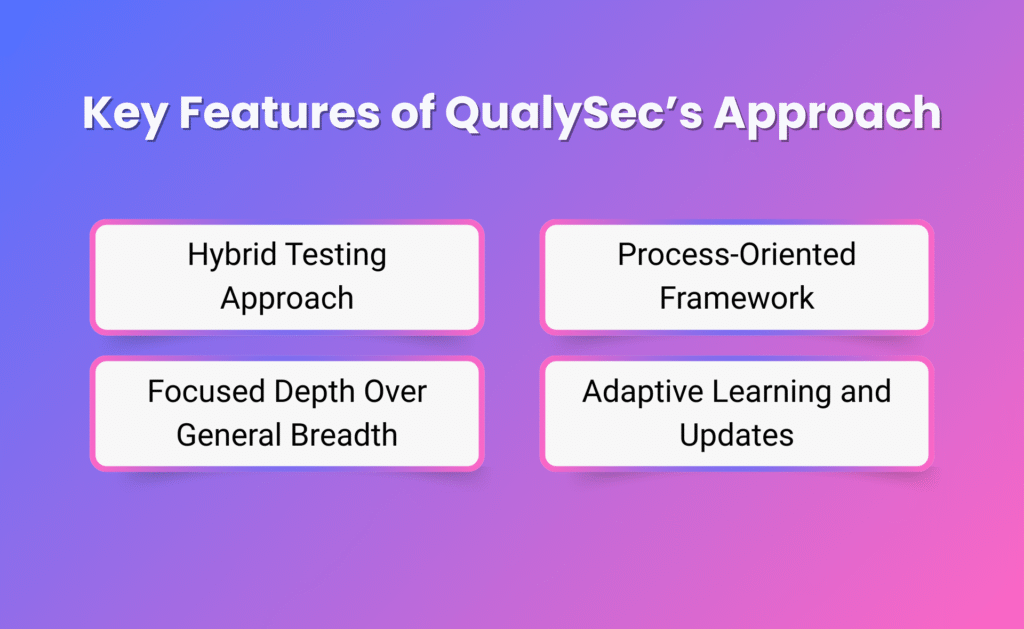
1. Hybrid Testing Approach
QualySec uses a balanced combination of manual and automated testing techniques. Automated tools help cover a wide range of common vulnerabilities efficiently, while human testers bring critical thinking and creativity to the table. This guarantees that both technical weaknesses and business logic flaws are discovered, especially those that automated tools might overlook.
2. Process-Oriented Framework
Every test engagement follows a clear and structured methodology, including:
- Inspection to gather intelligence and understand the attack surface
- Vulnerability Identification through in-depth scanning and analysis
- Exploitation of identified issues to assess actual risk
- Post-Test Remediation Support to assist with fixing the discovered vulnerabilities
This rigorous, step-by-step process ensures a consistent and thorough examination of your systems.
3. Focused Depth Over General Breadth
While many companies rely heavily on generic scans or limited manual checks, QualySec prioritizes depth of analysis. The team mimics the behavior of real hackers, targeting complex systems and workflows to uncover hidden vulnerabilities that others might miss.
4. Adaptive Learning and Updates
Cybersecurity is never static and neither is QualySec’s methodology. Our testing framework evolves constantly to reflect the latest cyber threat intelligence, newly discovered vulnerabilities, and emerging attack techniques. In this way, we make sure that your security posture remains strong in the face of current and future threats.
Advantages of QualySec’s Process-Based Penetration Testing
- Instead of just scanning for known vulnerabilities, QualySec replicates the methods and strategies used by modern cybercriminals. This provides a true-to-life risk assessment, which helps understand how an attacker might breach your defenses, not just where the theoretical holes are.
- Every organization has unique assets, workflows, and risk factors. QualySec tailors each test to reflect your specific operational needs, regulatory requirements, and business priorities. The result is – Targeted insights that matter to your business.
- Gone are the days of receiving a dense, unreadable report full of technical jargon. QualySec delivers comprehensive, easy-to-understand reports that include:
- Clear descriptions of findings
- Risk rankings based on potential impact
- Step-by-step remediation guidance
This empowers your team to take swift and informed action to strengthen your defenses.
- Because the process is iterative and multi-layered, there’s a significantly lower risk of missed vulnerabilities. You gain greater confidence that your digital assets are truly protected, not just compliant on paper.
Comparing the Three Approaches
| Feature | Manual Testing | Automated Testing | QualySec’s Process-Based Testing |
| Coverage | Deep, tailored | Broad, generic | Full-spectrum, contextual |
| Speed | Slower | Fast | Moderate (prioritizes thoroughness) |
| Cost | Higher | Lower | Competitive (blend of automation/manual) |
| Human Insight | Expert-driven | Lacking | Central to every step |
| Business Logic | Addressed | Ignored | Core focus |
| Compliance | High assurance | Basic only | Compliance-ready reporting |
| False Positives | Minimal | More frequent | Minimized through validation |
| Long-Term Value | Point-in-time | Point-in-time | Supports continuous improvement |
Making the Right Choice for Your Organization
Selecting the right penetration testing methodologies depends on your company’s unique risk profile, technology stack, and regulatory environment:
- If you have highly custom applications, important assets, or strict compliance needs, manual and process-based approaches offer the necessary depth.
- For routine scans and cost-sensitive environments, automated tools provide basic assurance.
- To achieve comprehensive security and actionable results, QualySec’s process-based testing delivers the rigor, adaptability, and context modern organizations require.
Talk to our Cybersecurity Expert to discuss your specific needs and how we can help your business.
Secure Your Business with Confidence
Threats to security change continually, and so should your pen testing approach. When Manual Pen Testing vs Automated Pen Testing, remember that each technique has its place—manual for depth and context, and automation for velocity and scale. Yet a process-oriented methodology such as QualySec’s results in a harmonious, forward-looking defense. By merging automation’s velocity with human know-how and a process-based, documented workflow, organizations can bridge the gap between theoretical and real-world security. Next steps: Review your existing penetration strategy, assess gaps, and think about how process-based pen testing can provide your company with a more robust, resilient security foundation. To learn more or for a customized assessment, contact QualySec and take the next step toward robust cyber resilience.





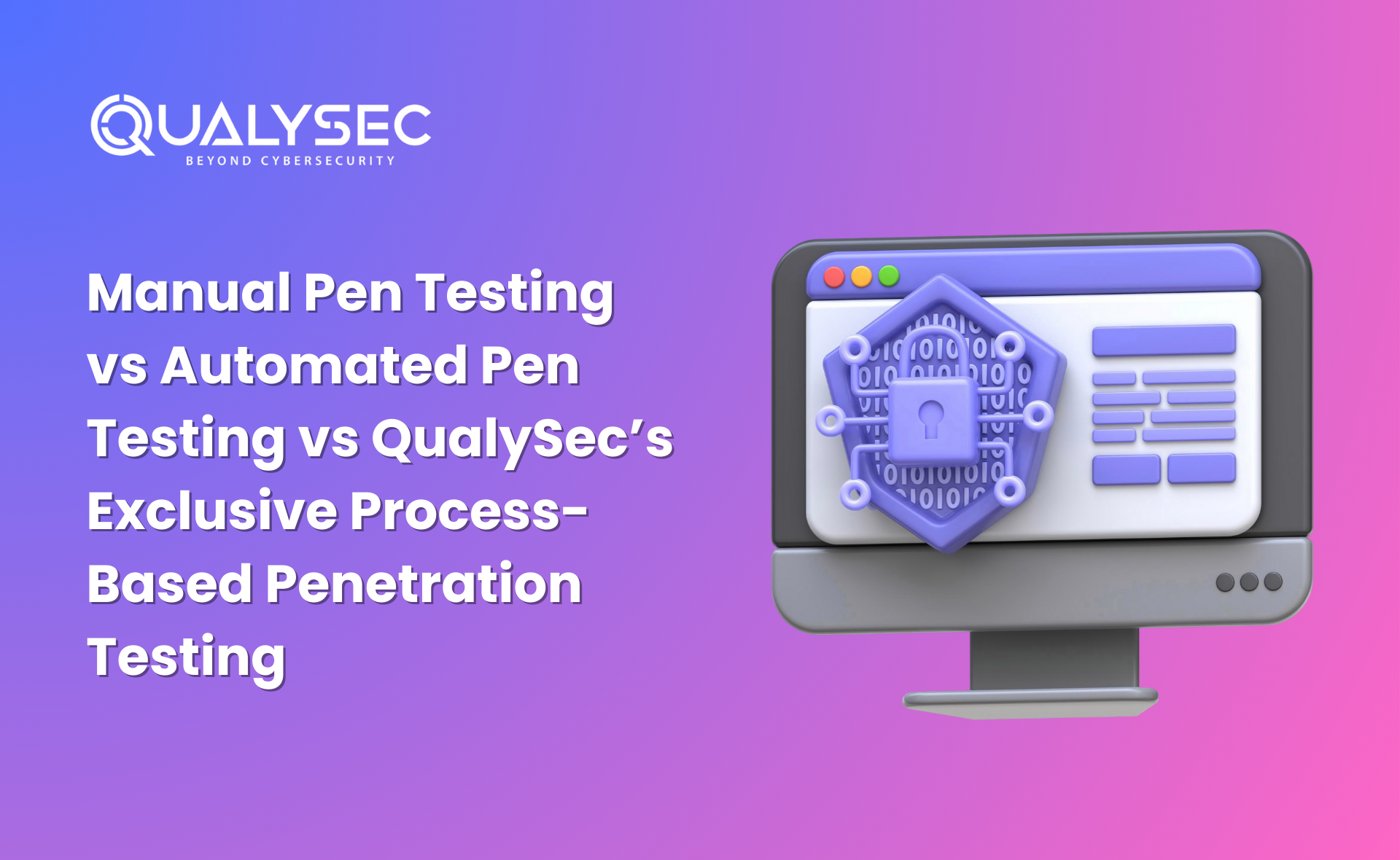






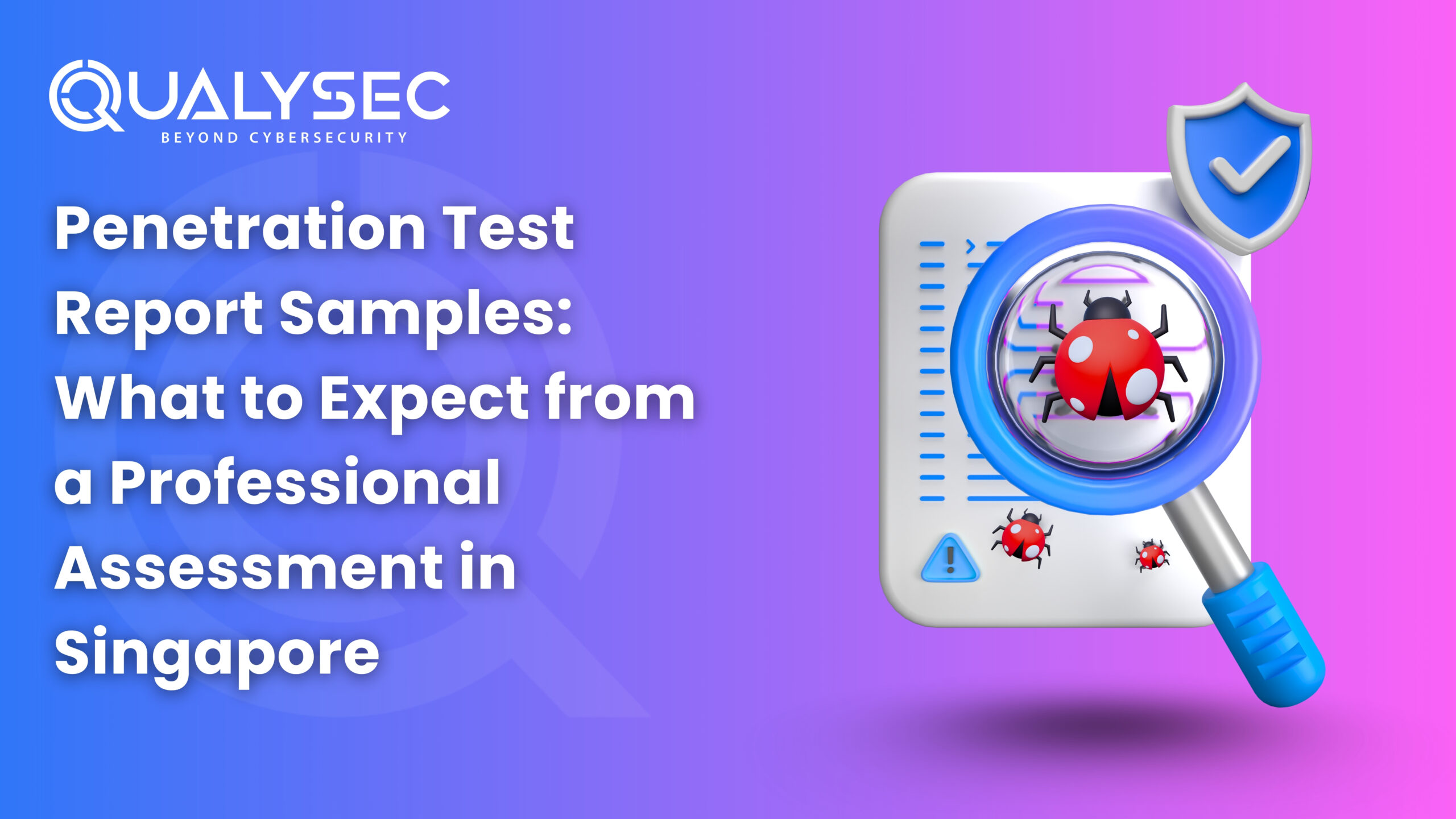
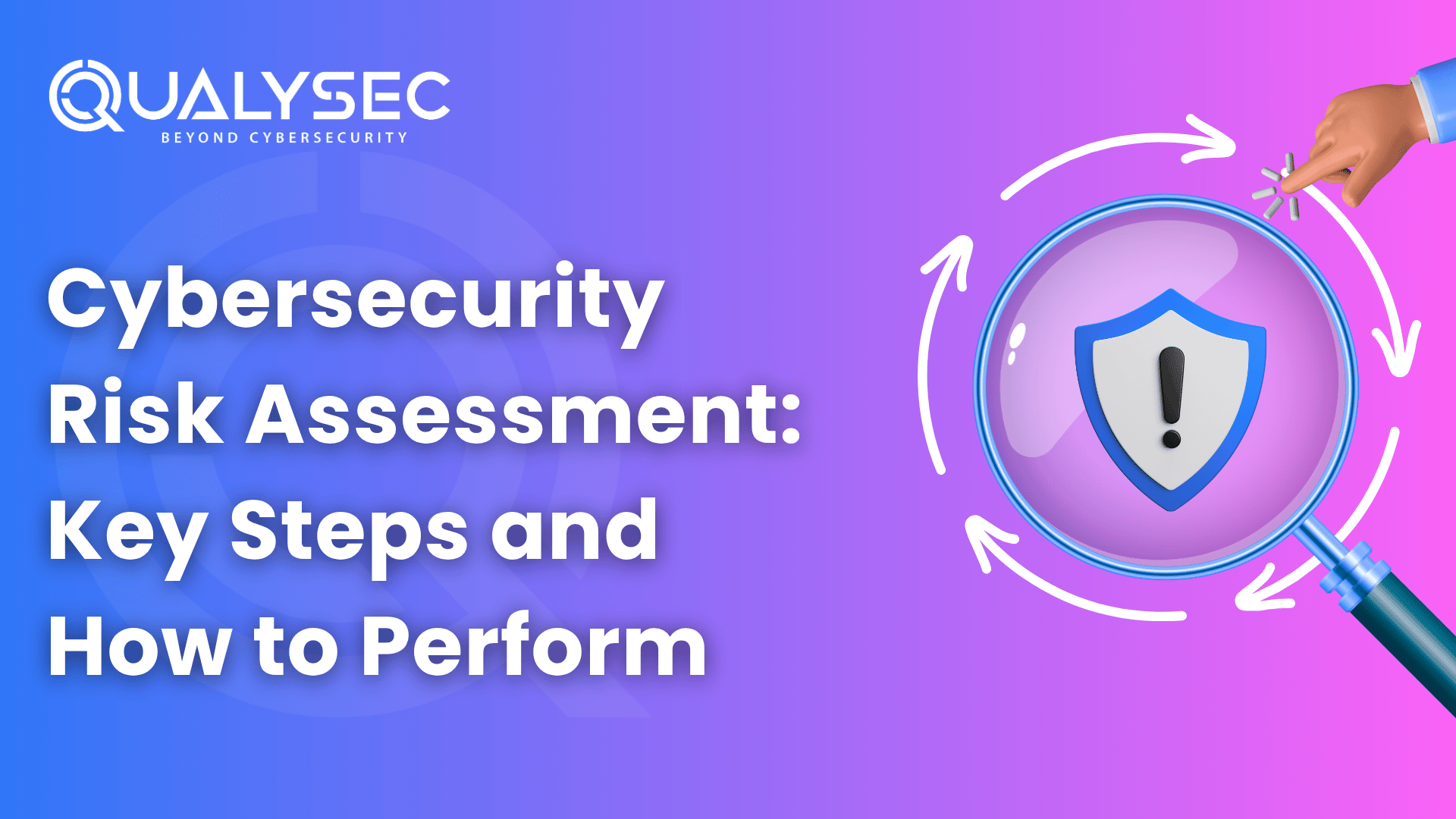
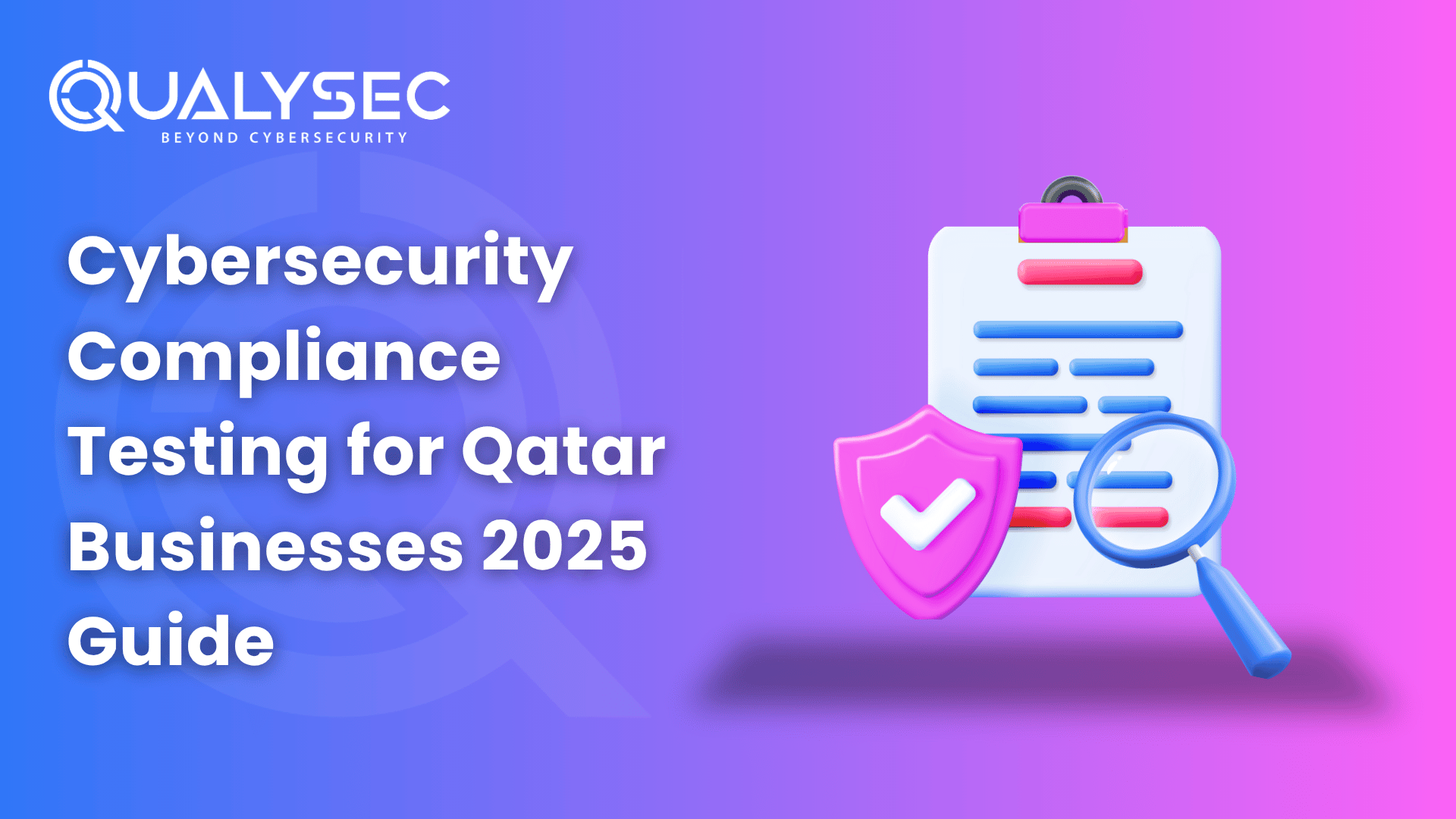
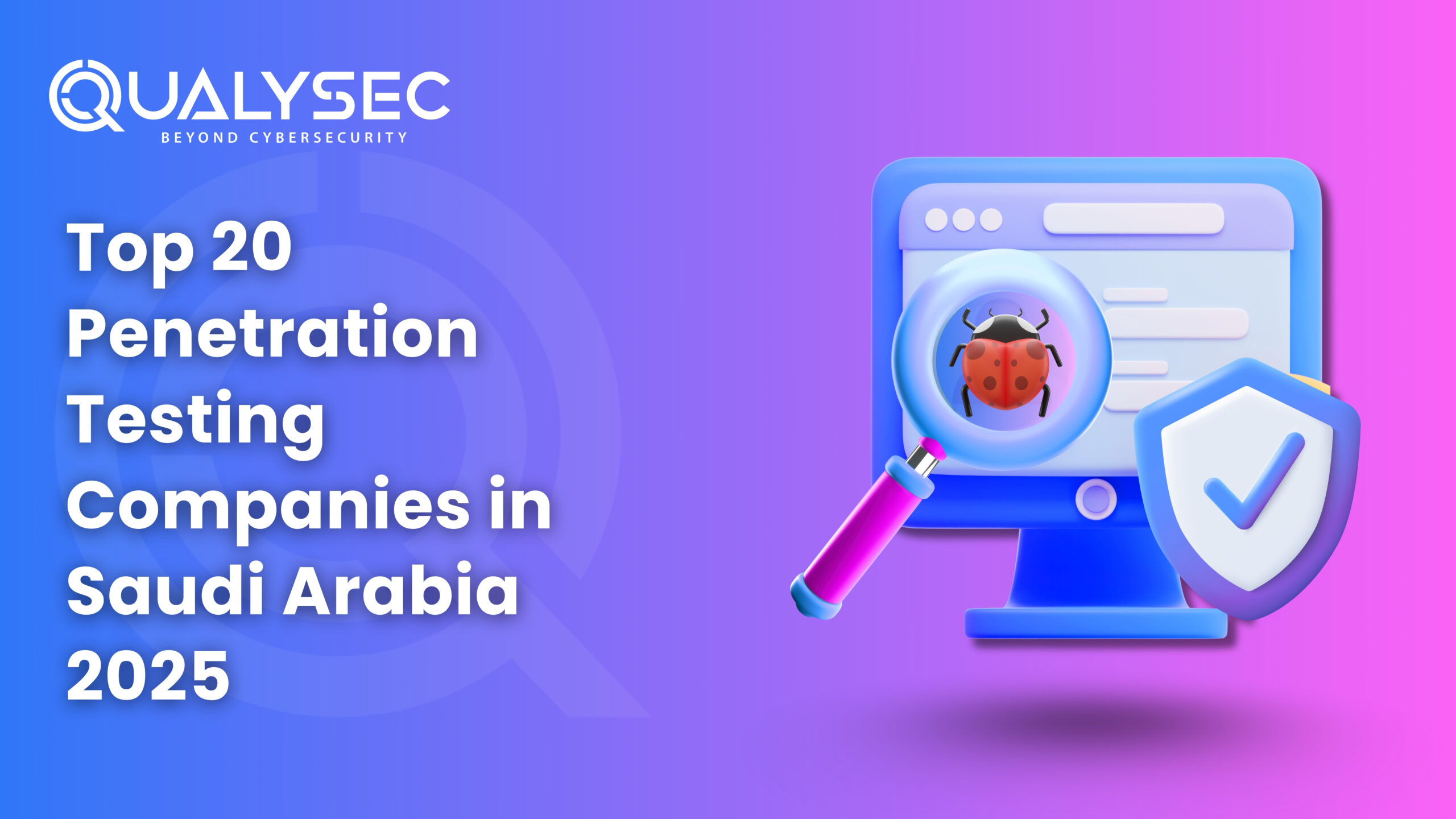

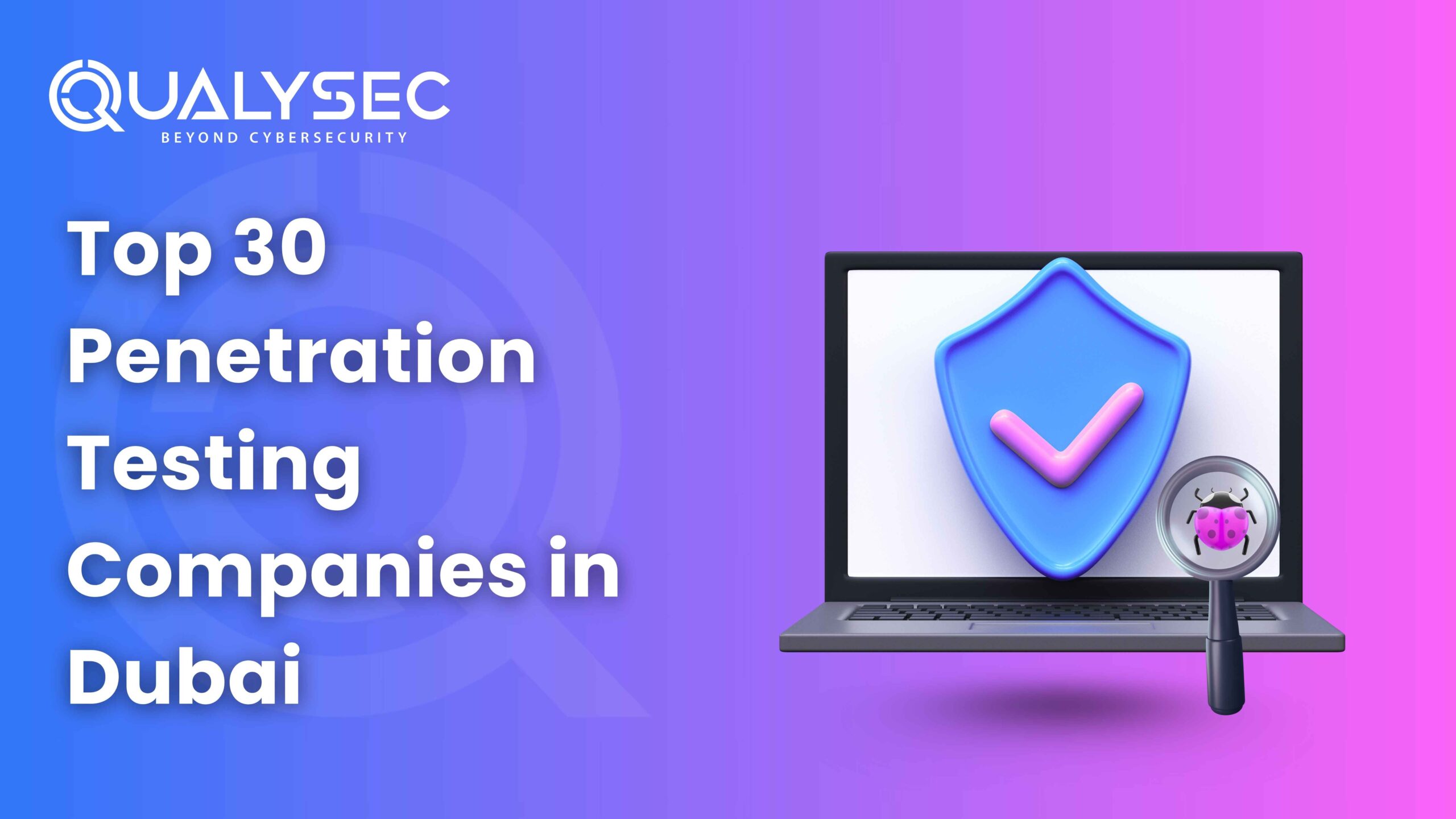

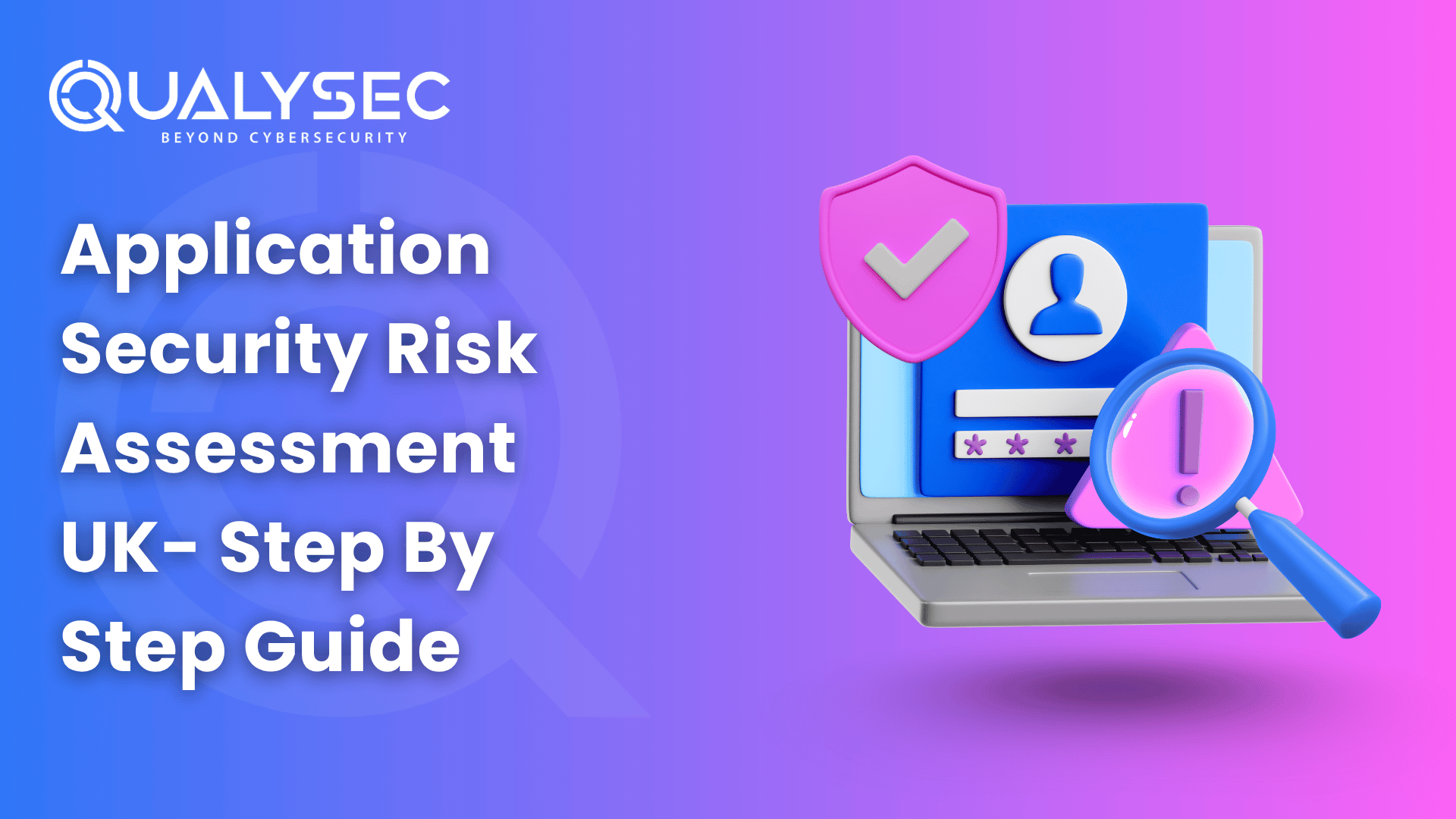


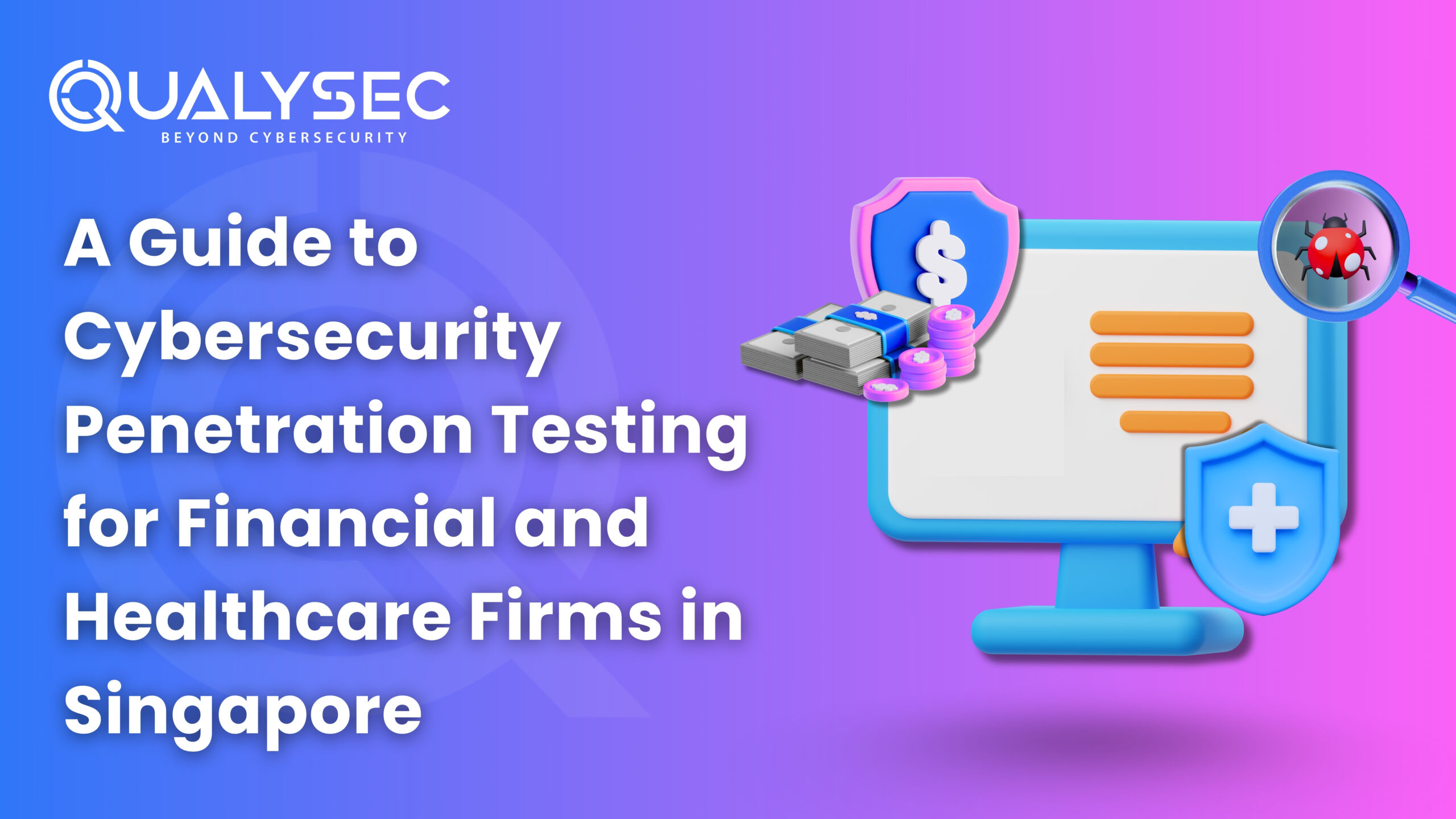

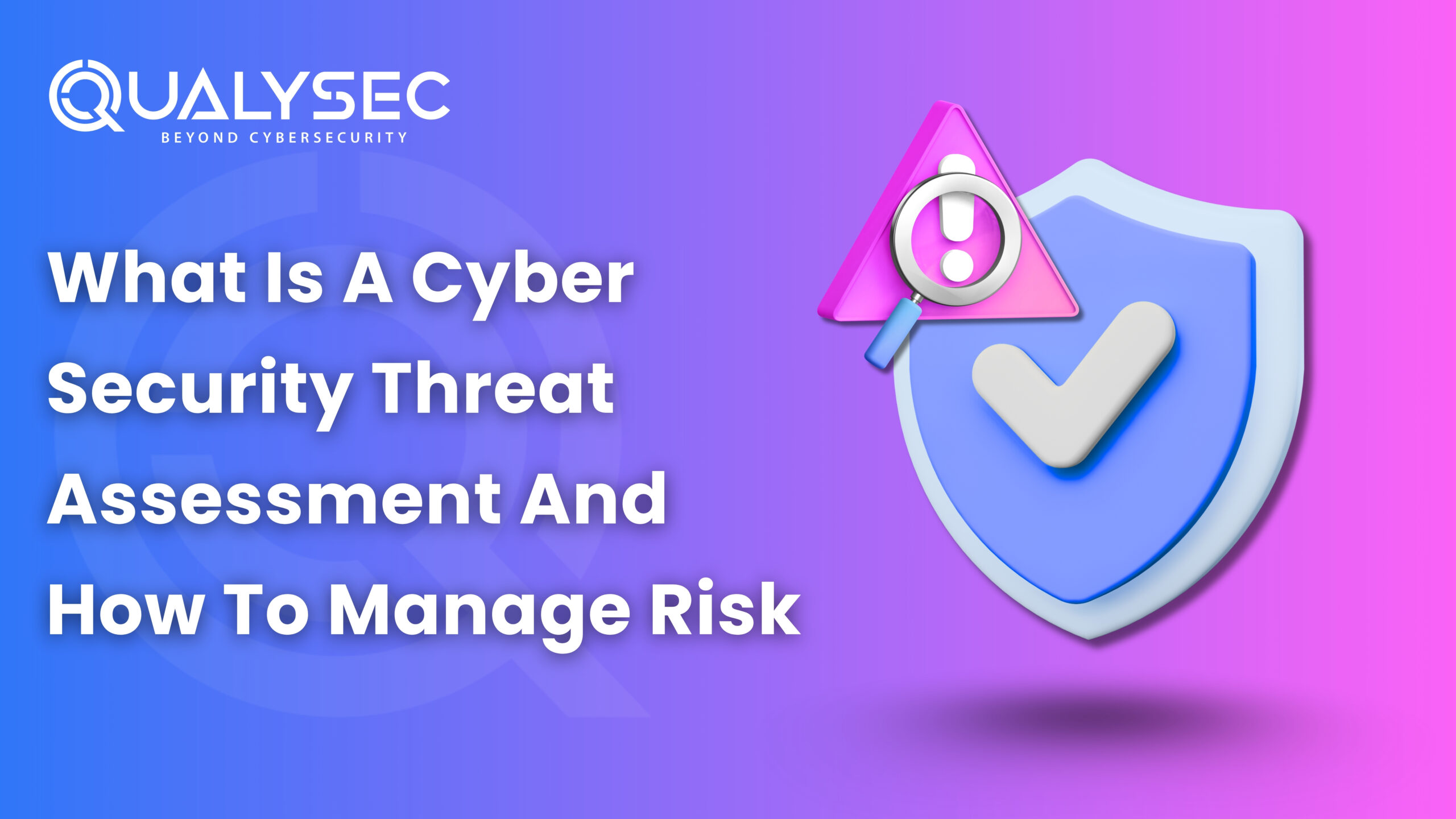








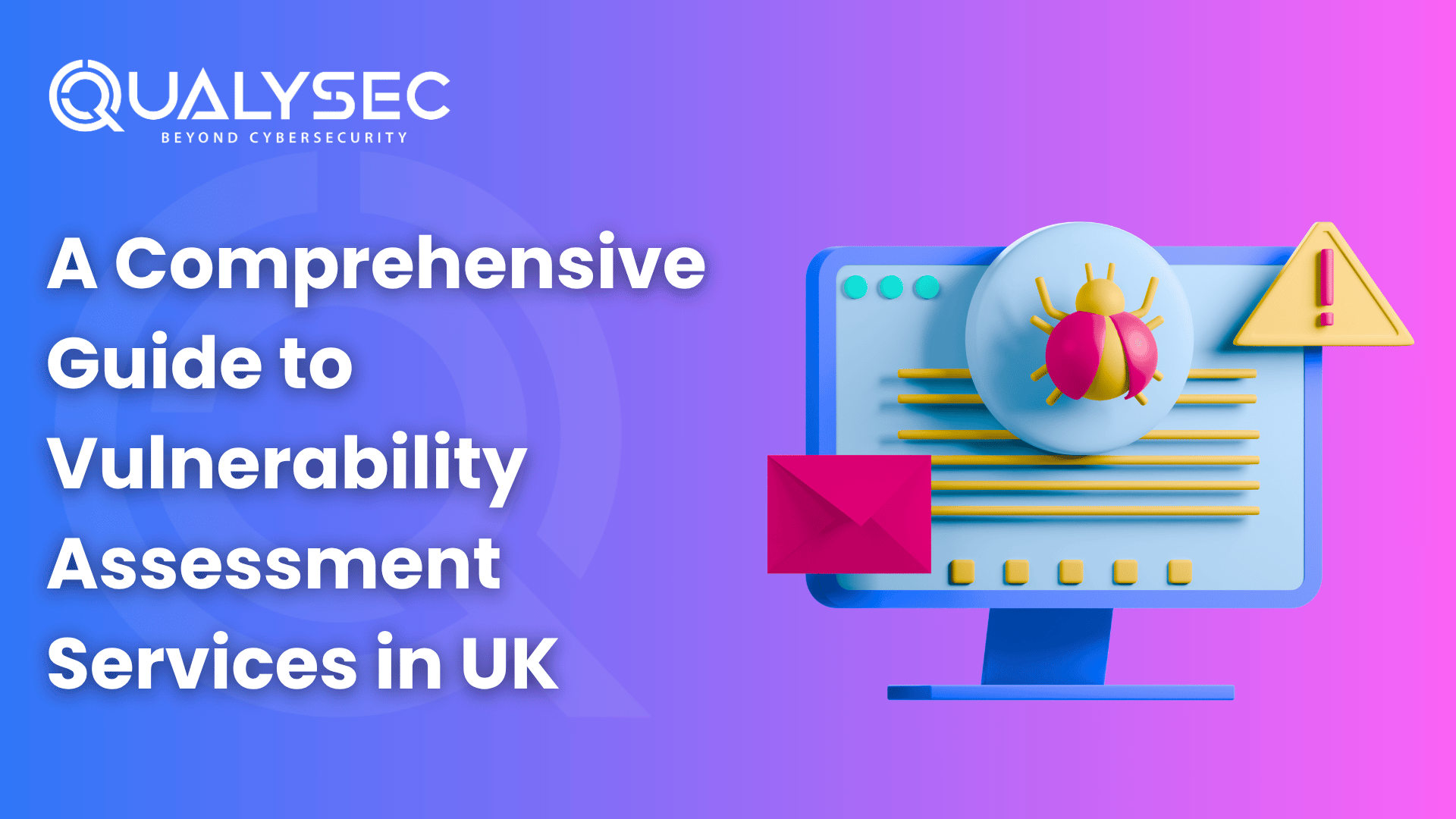

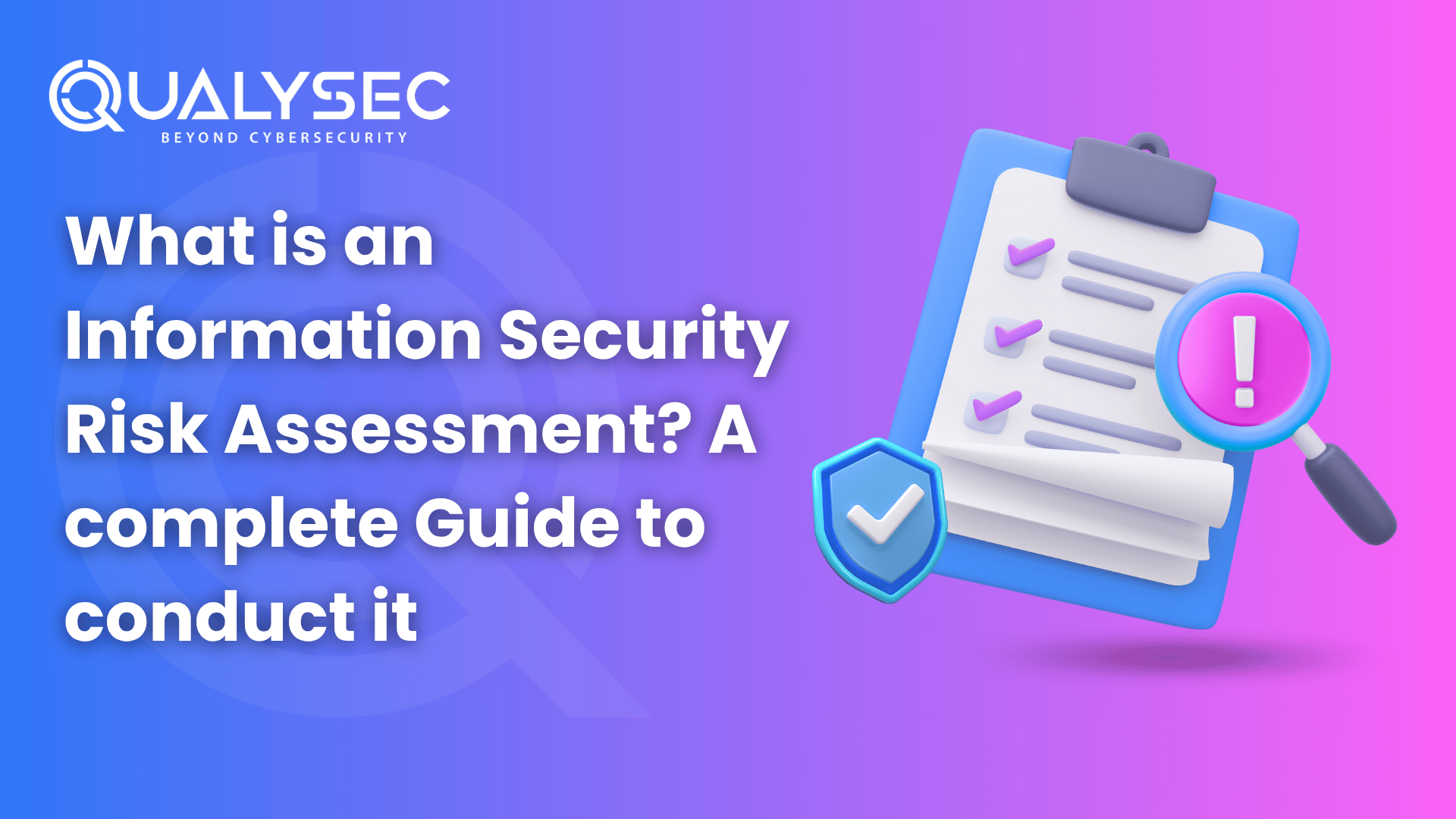
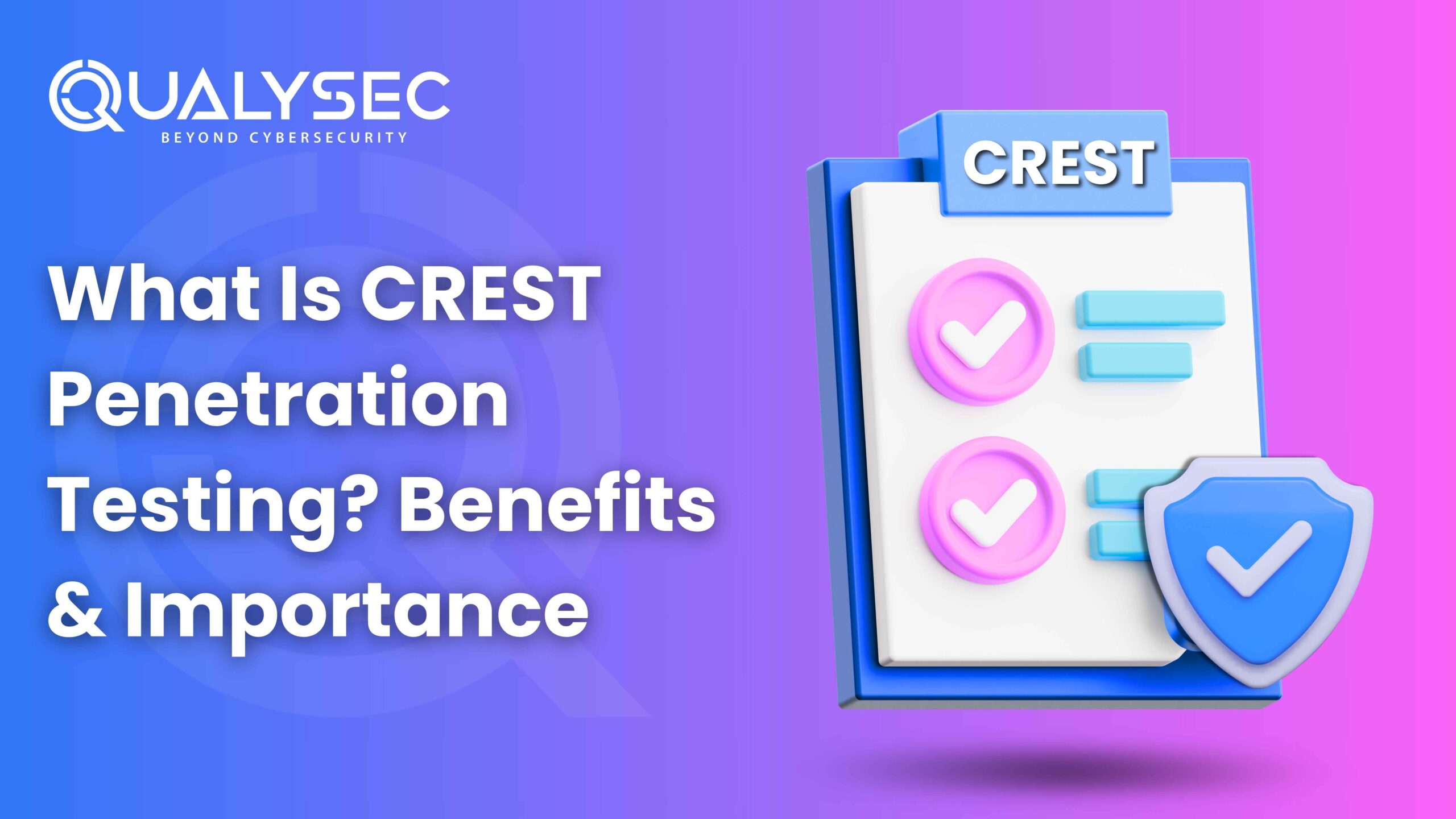






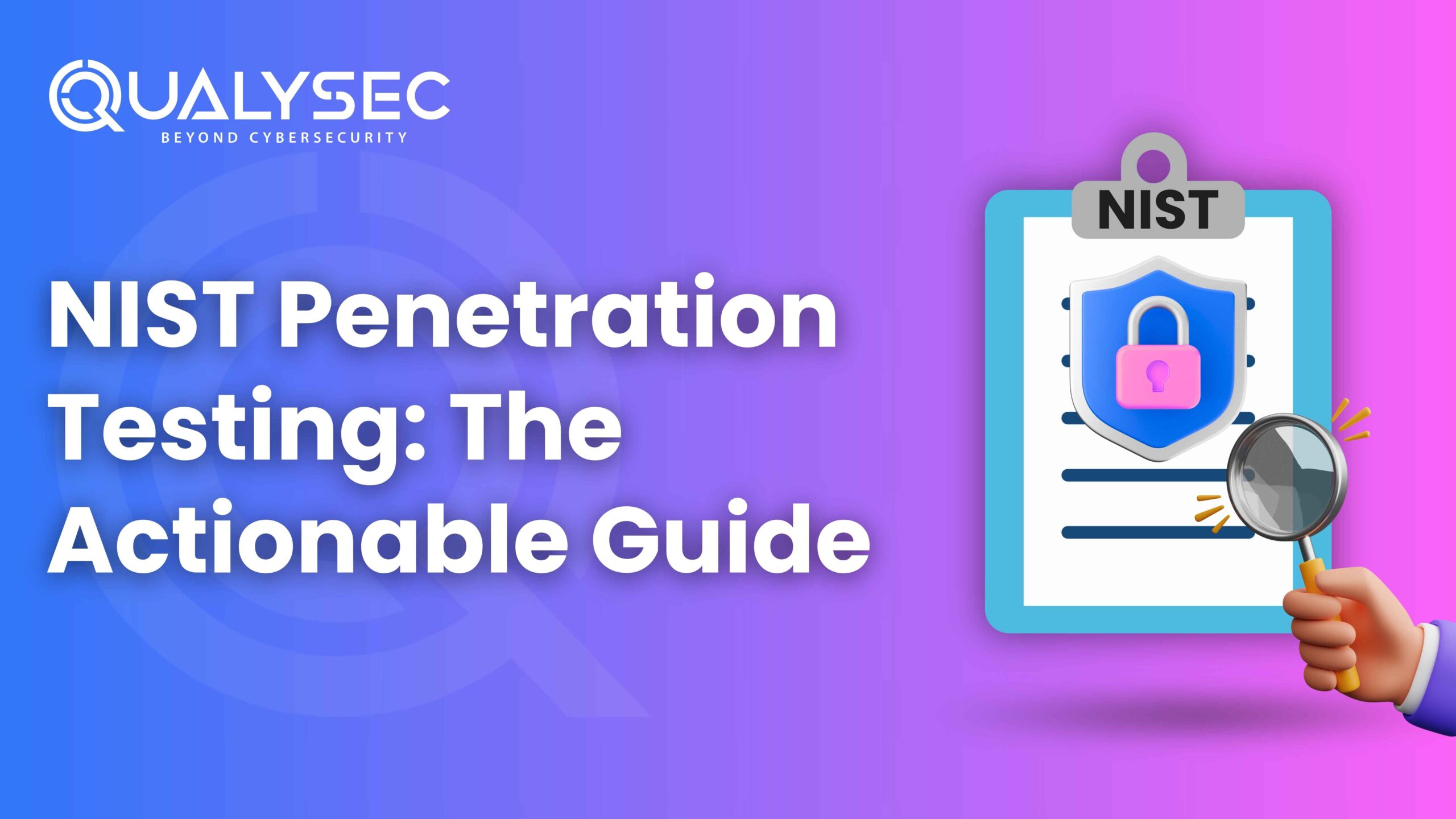
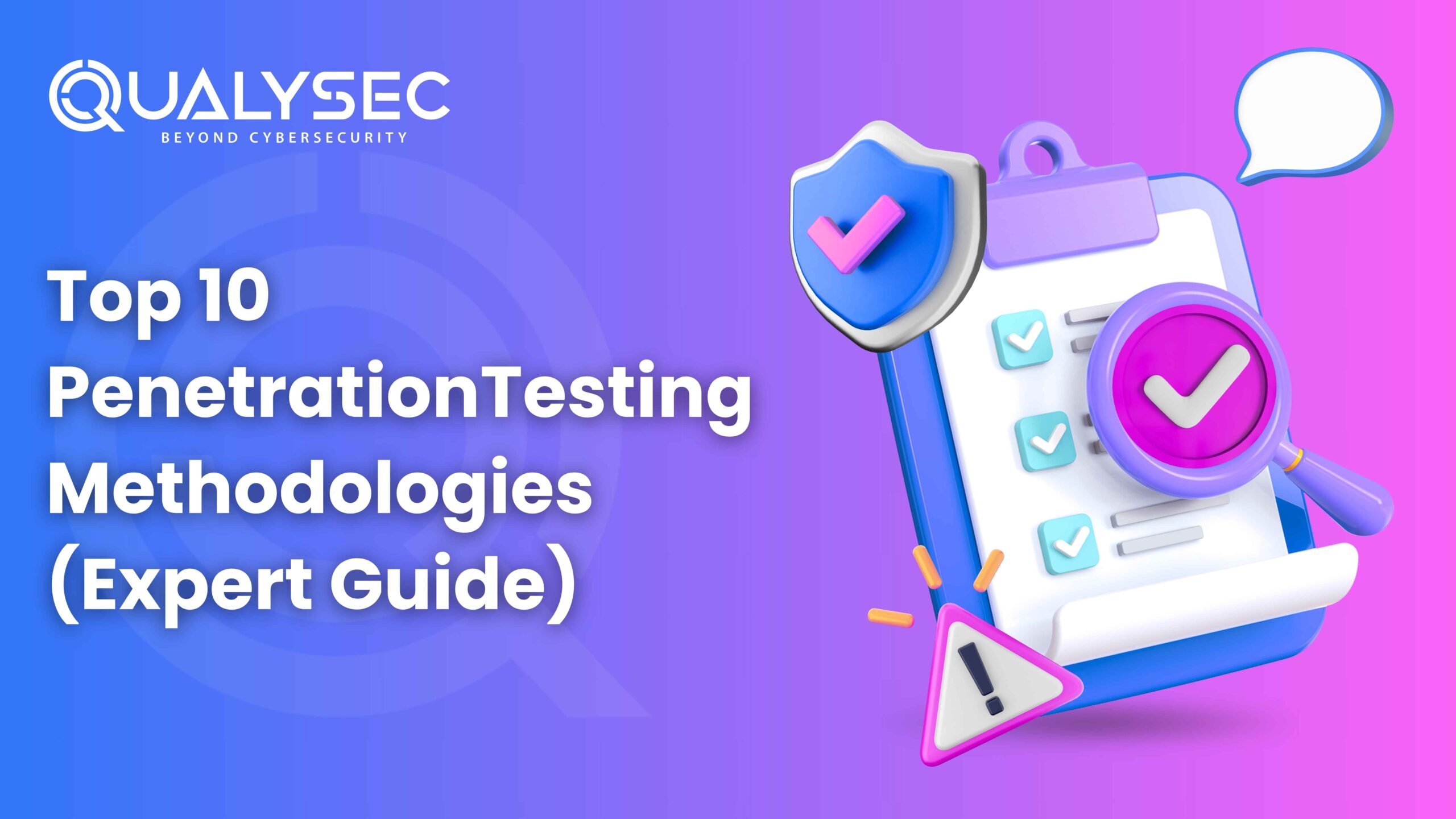

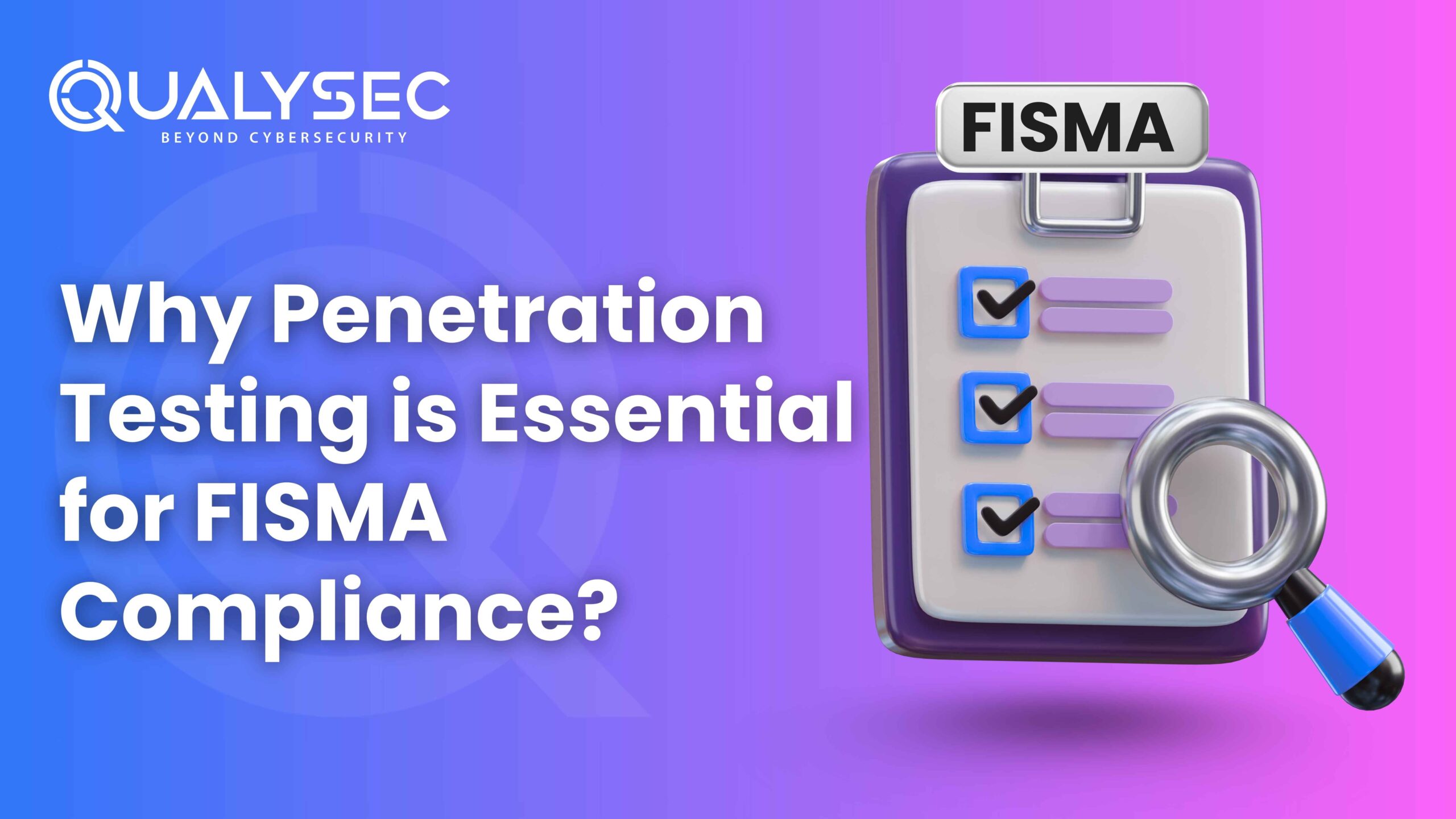
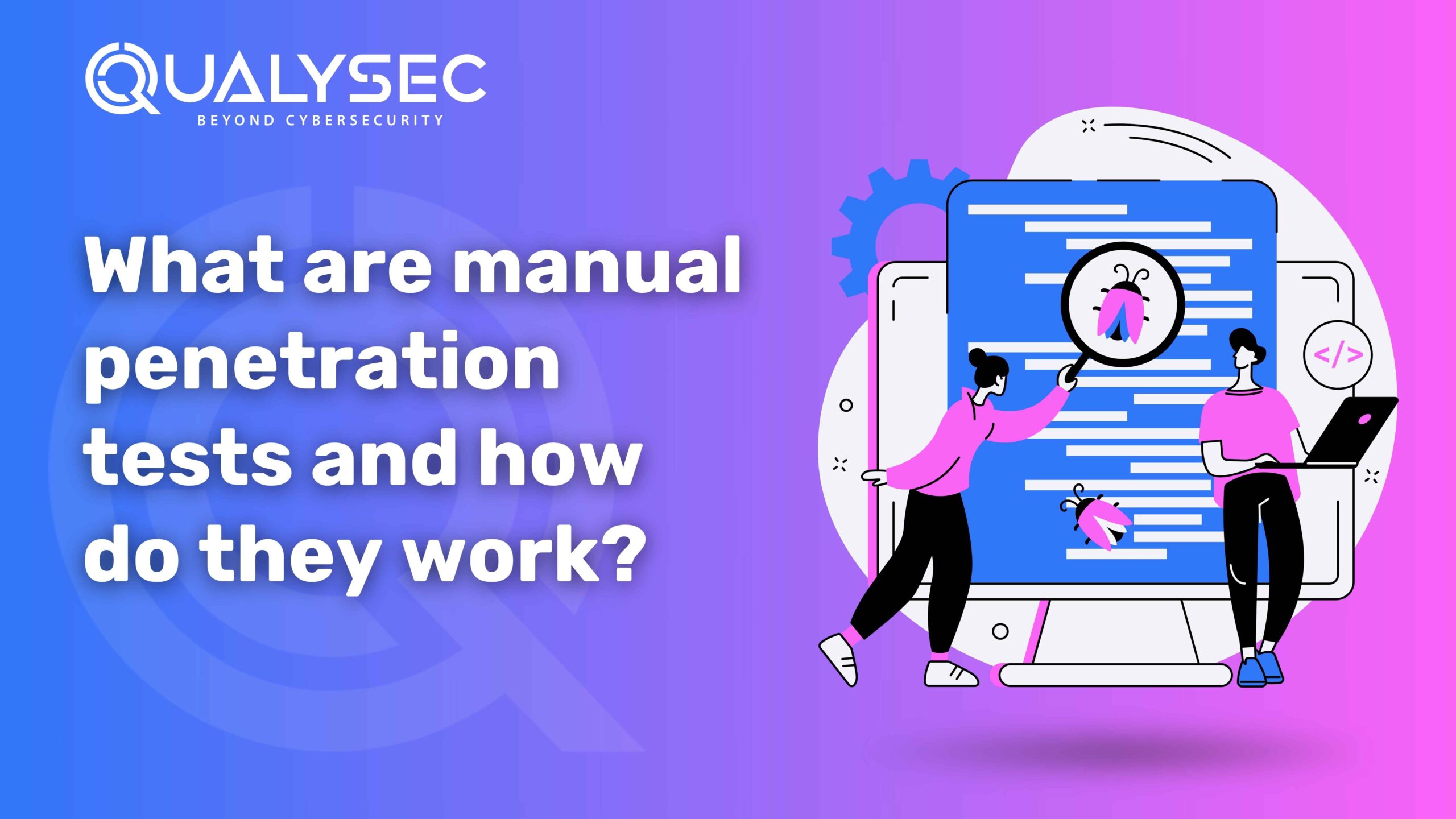
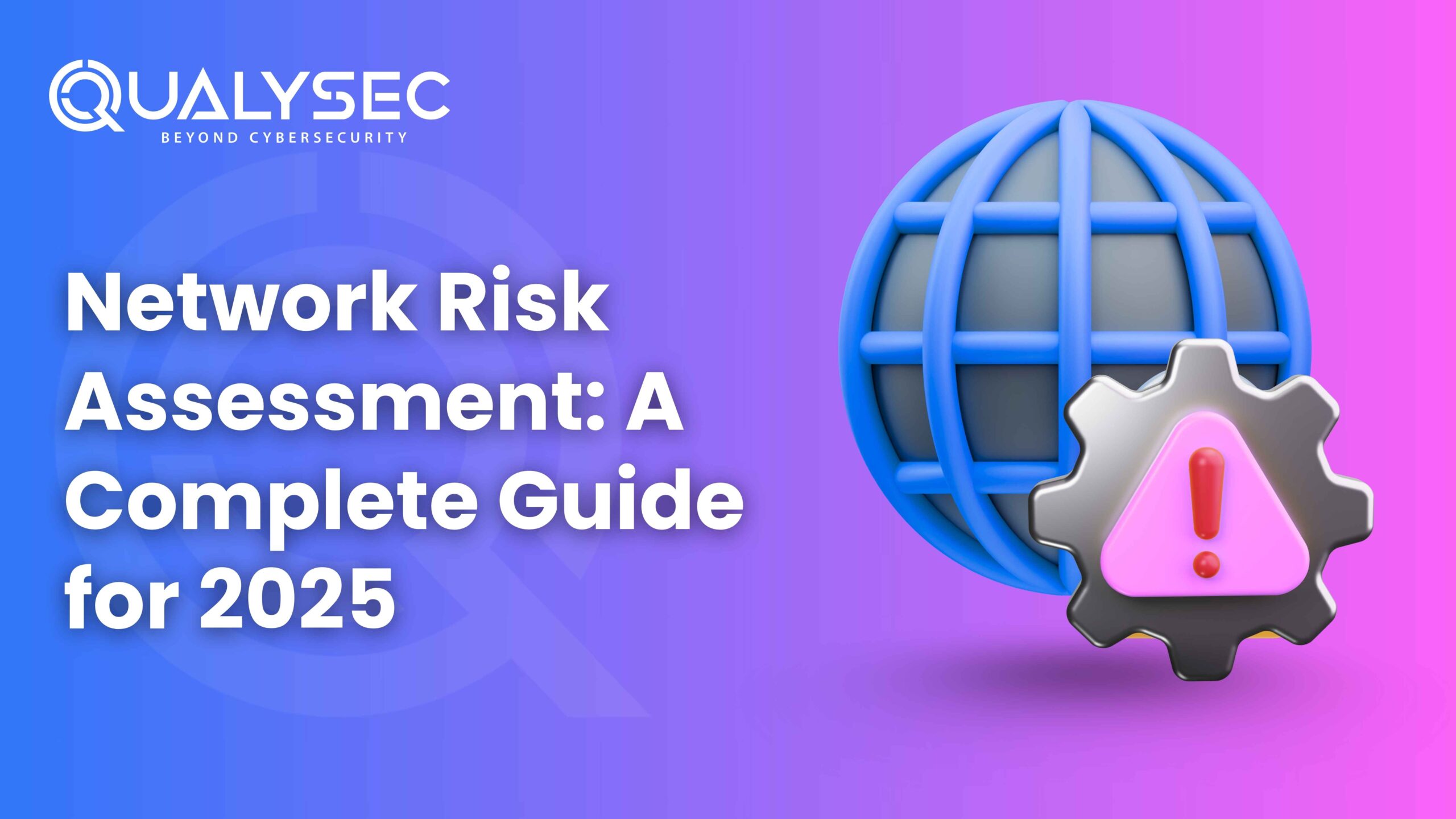


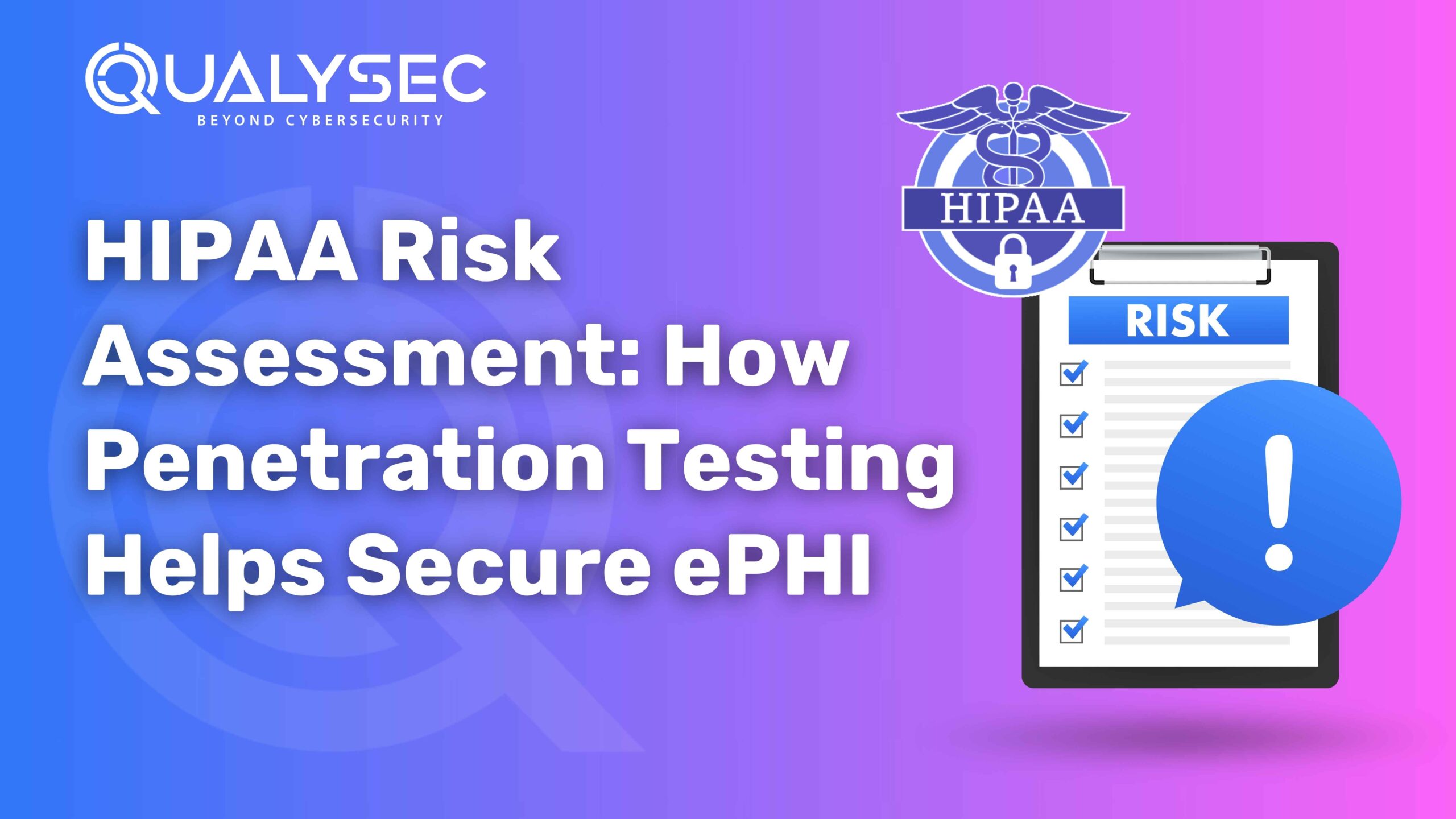













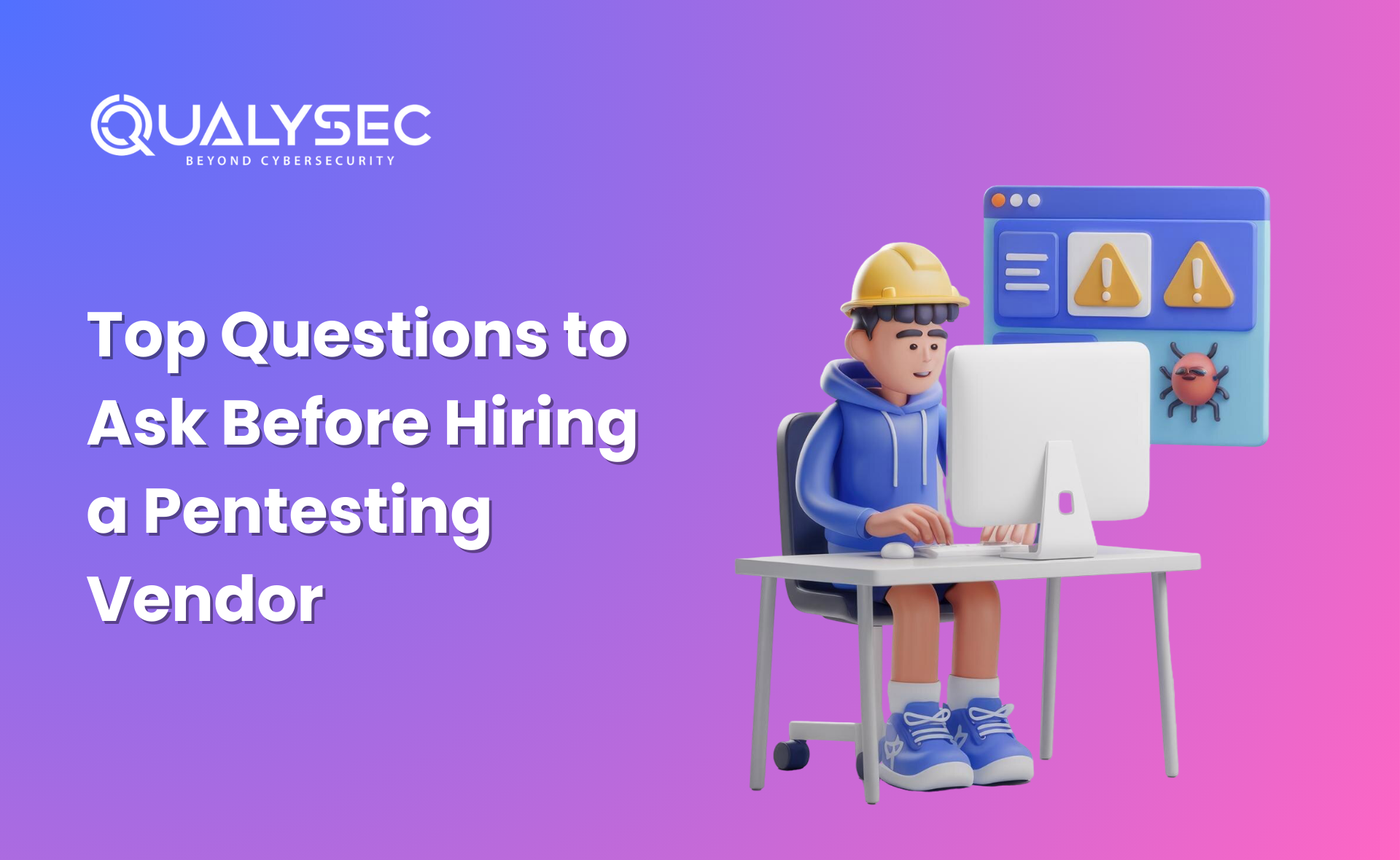




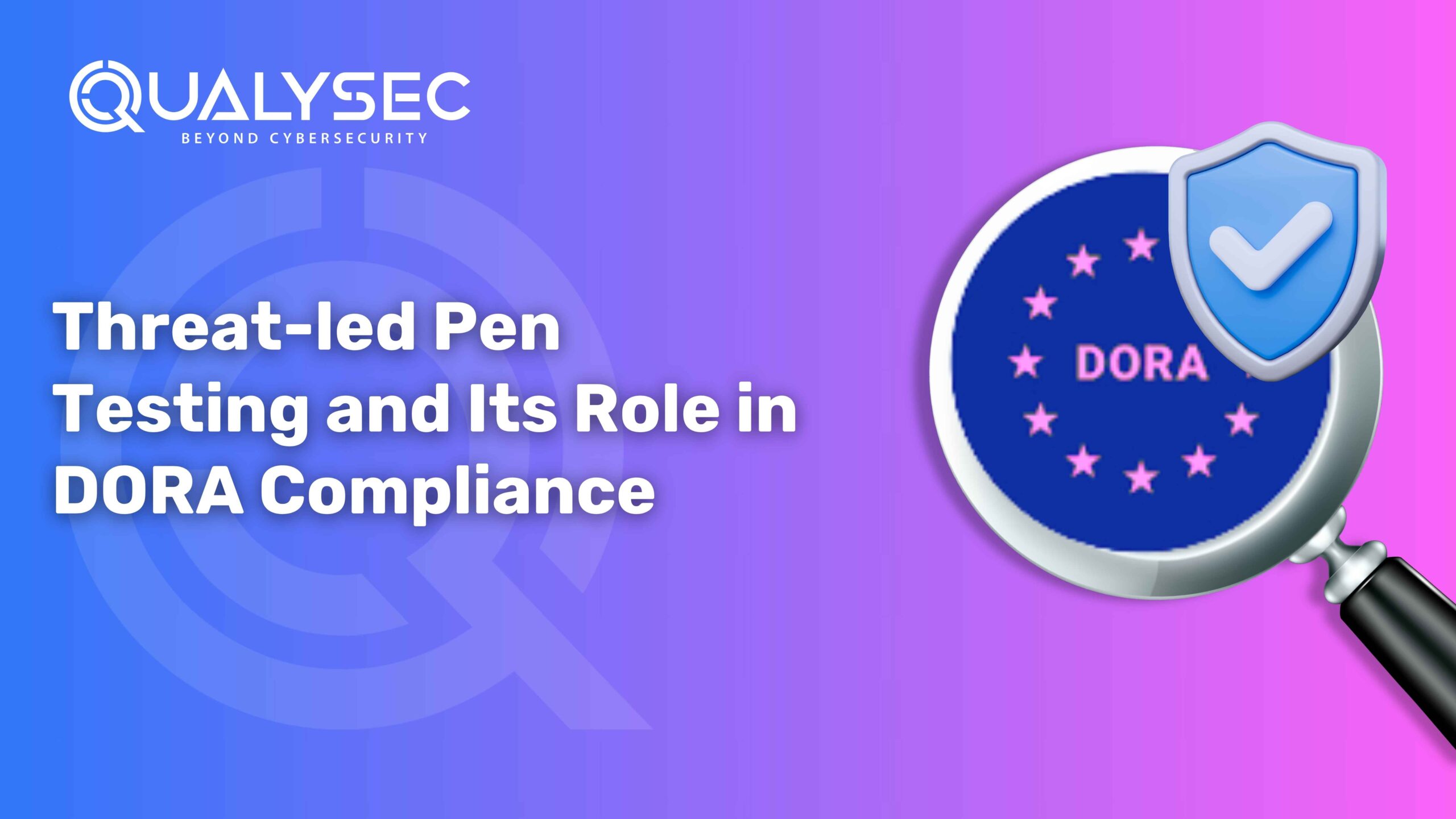
















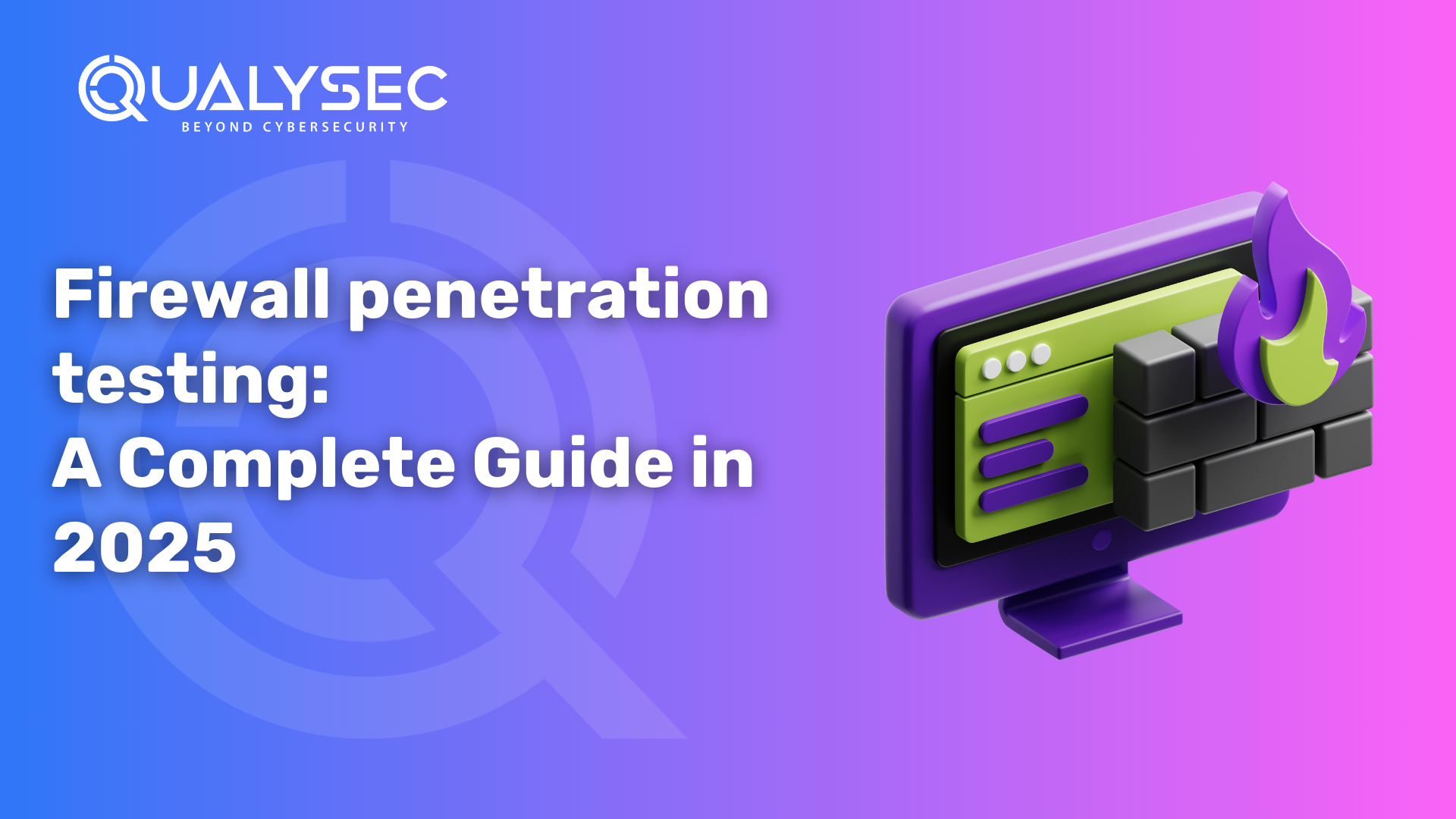












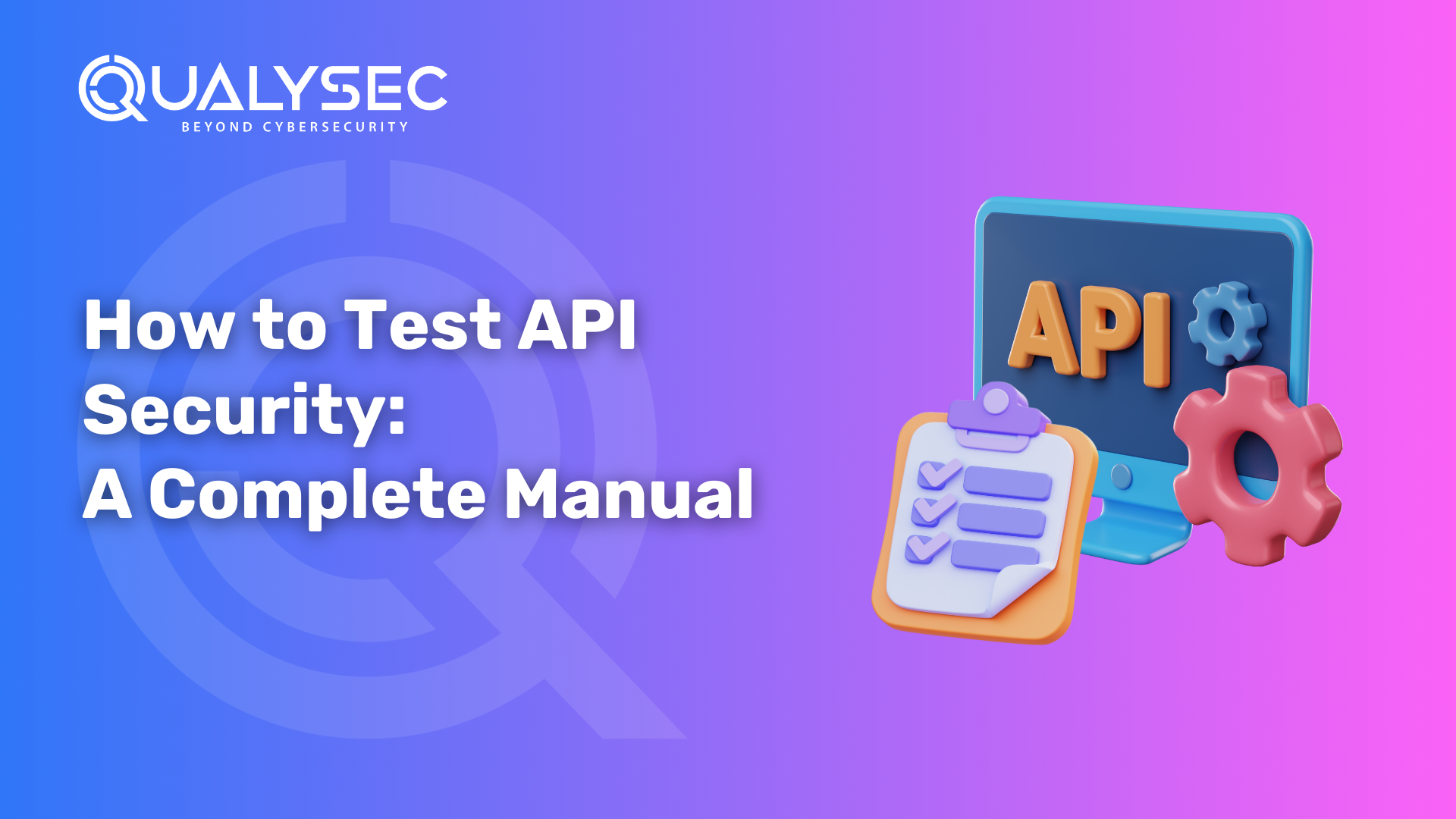






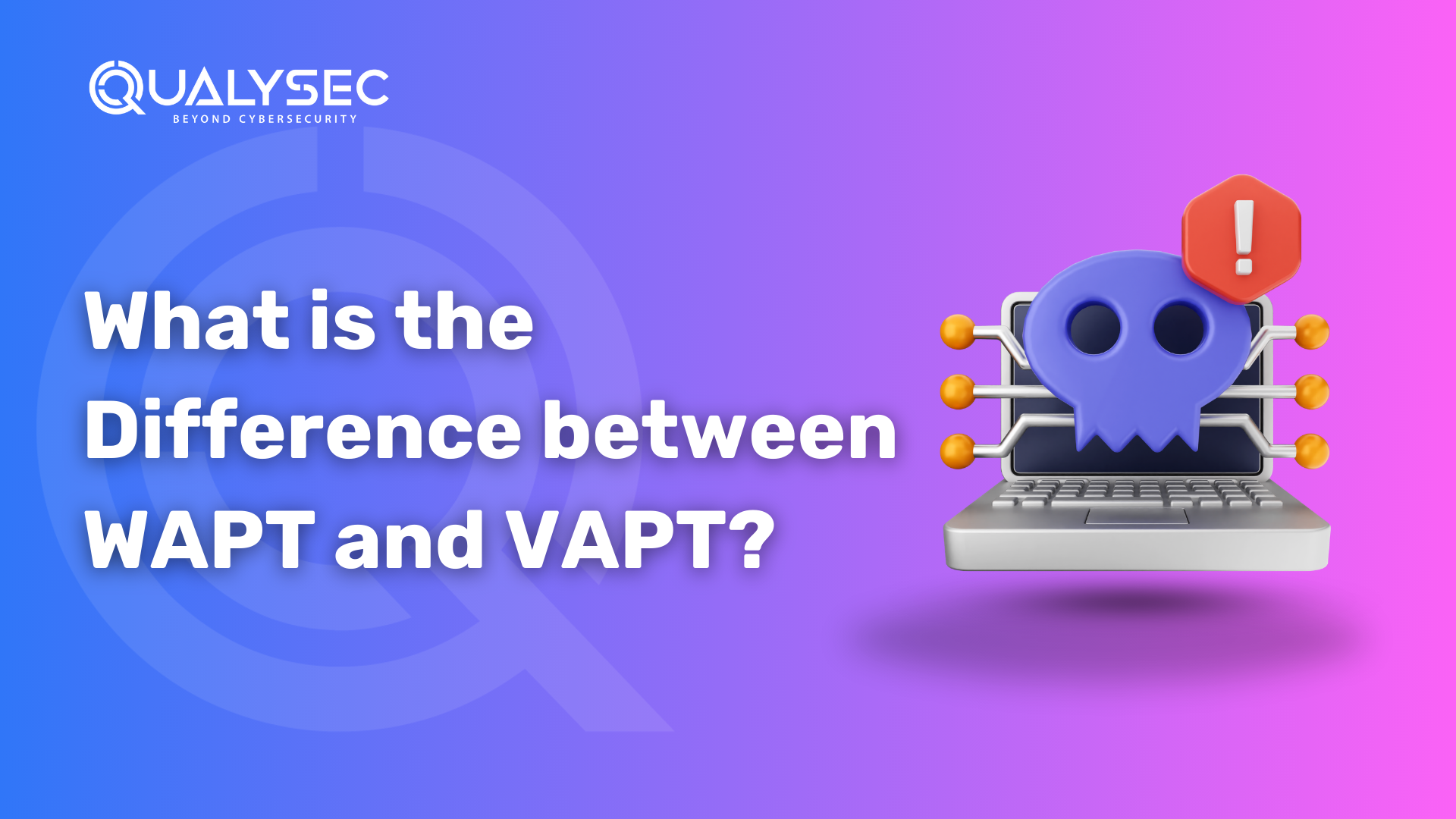
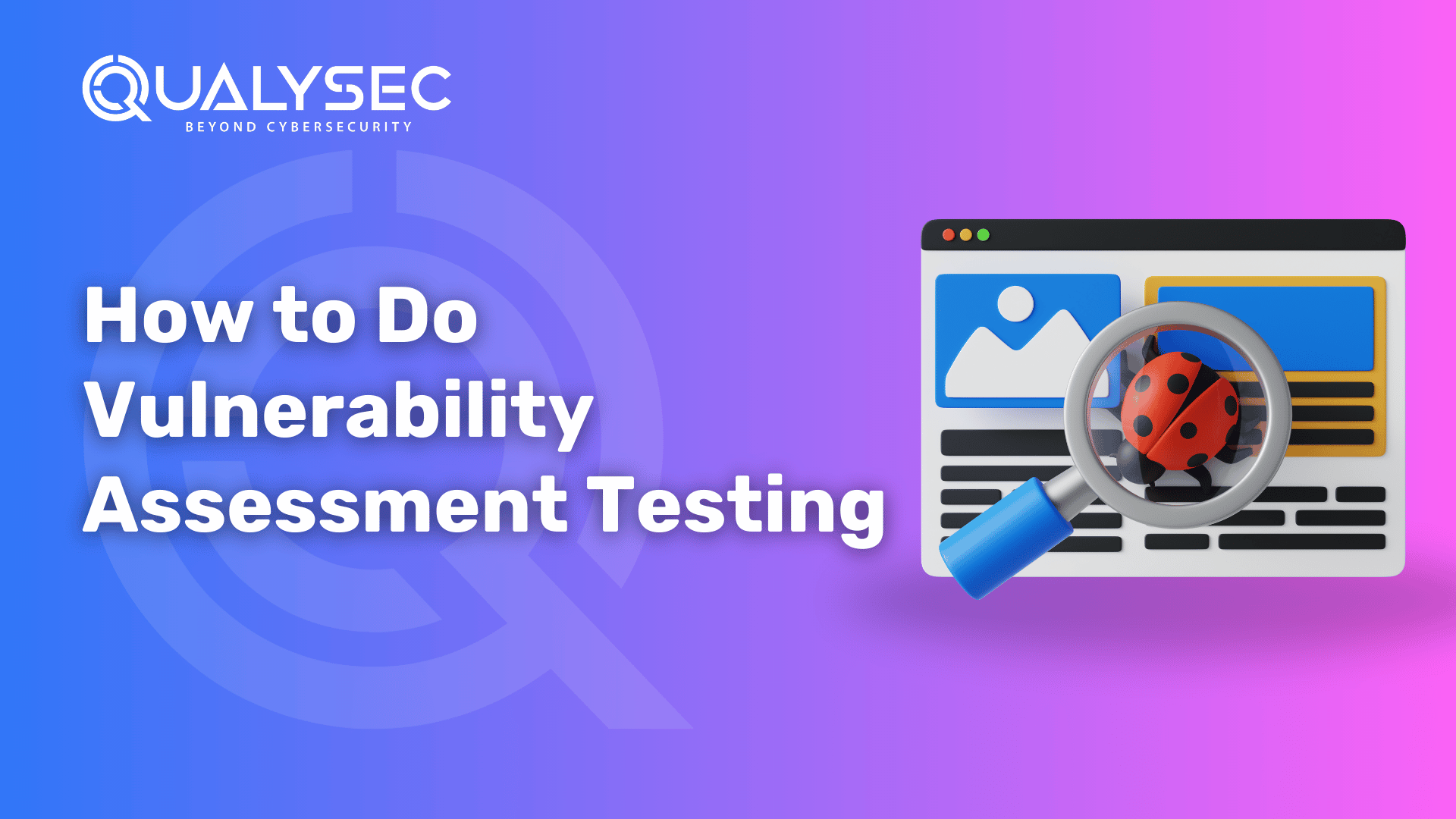
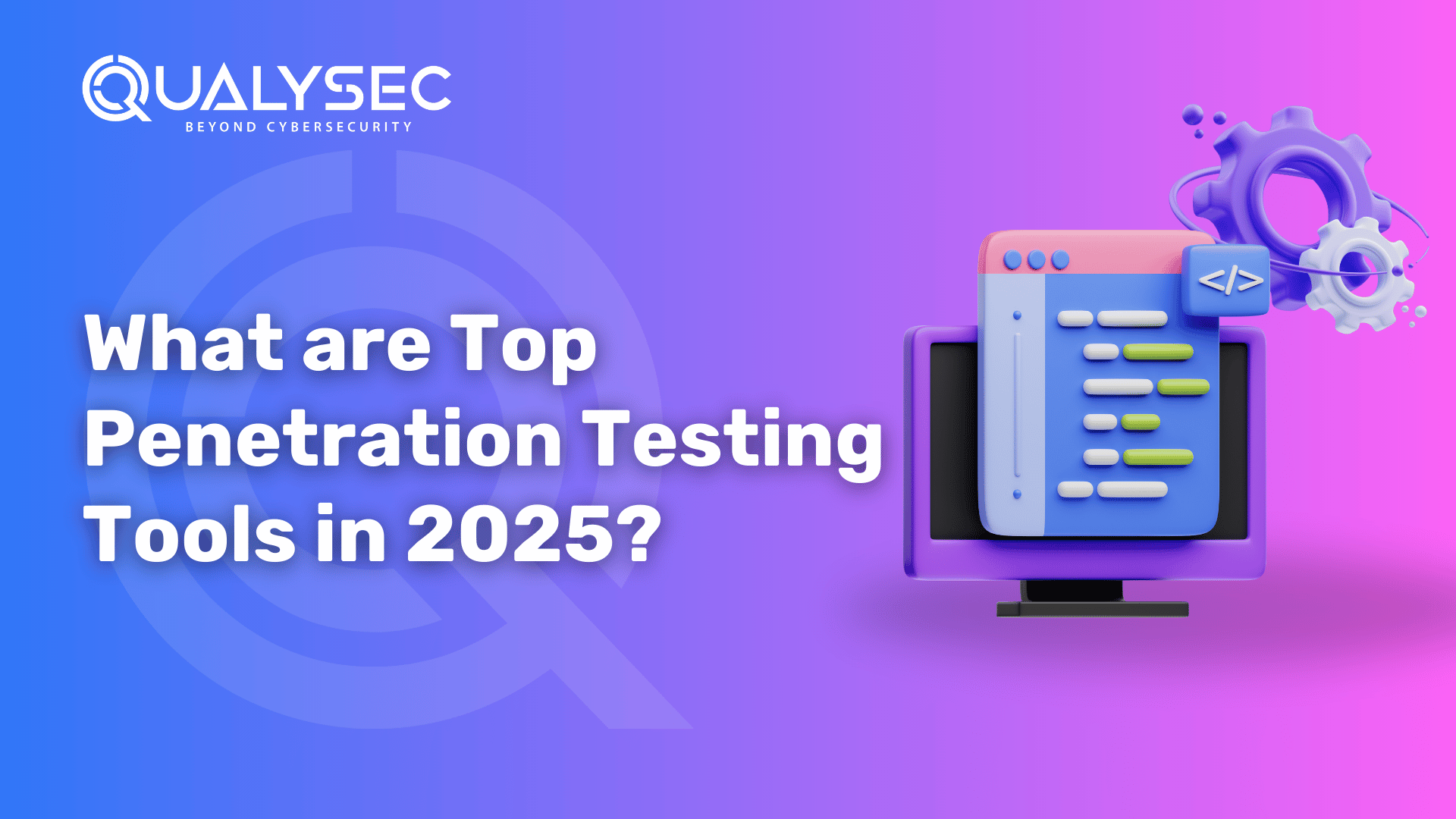



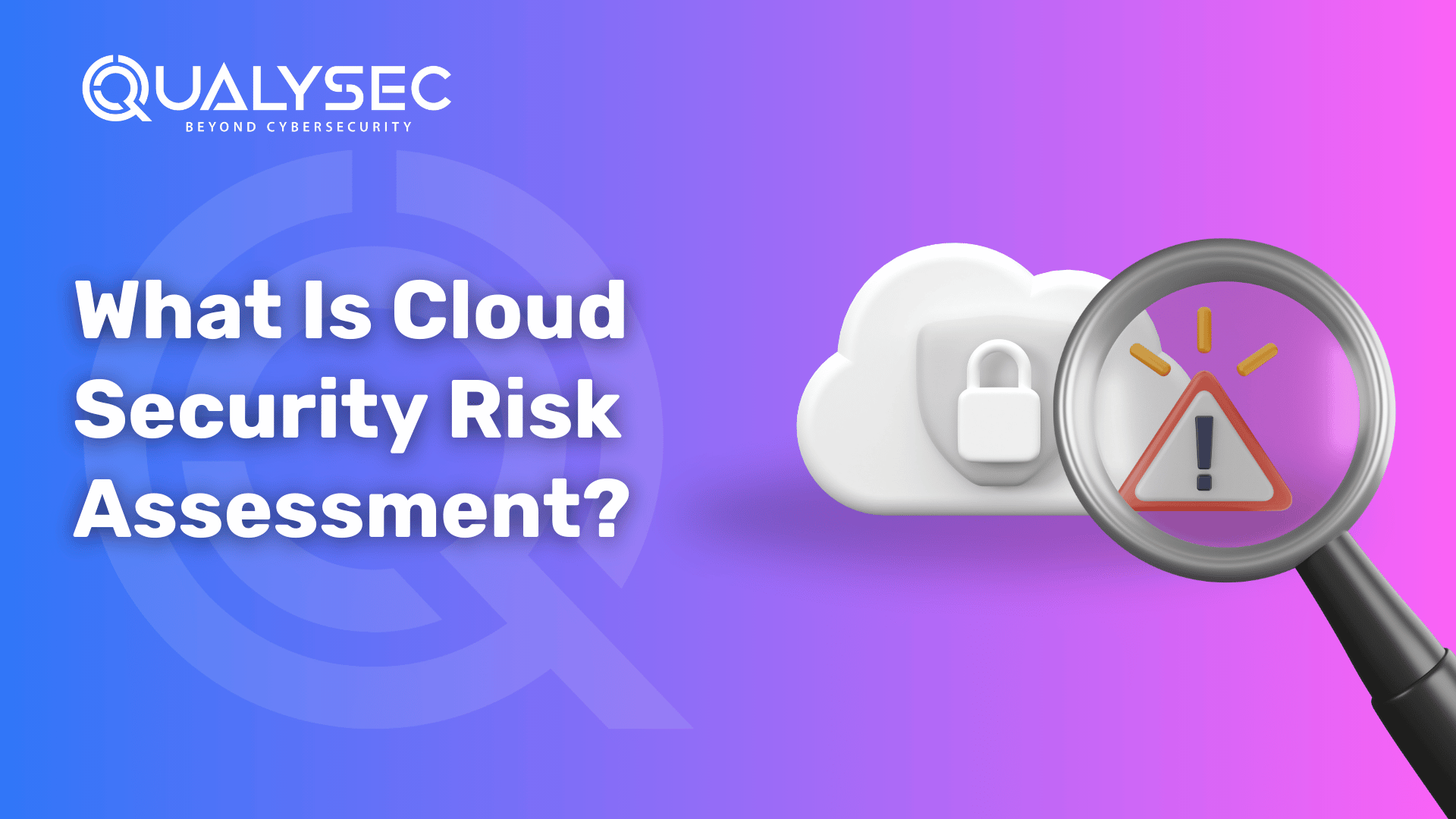
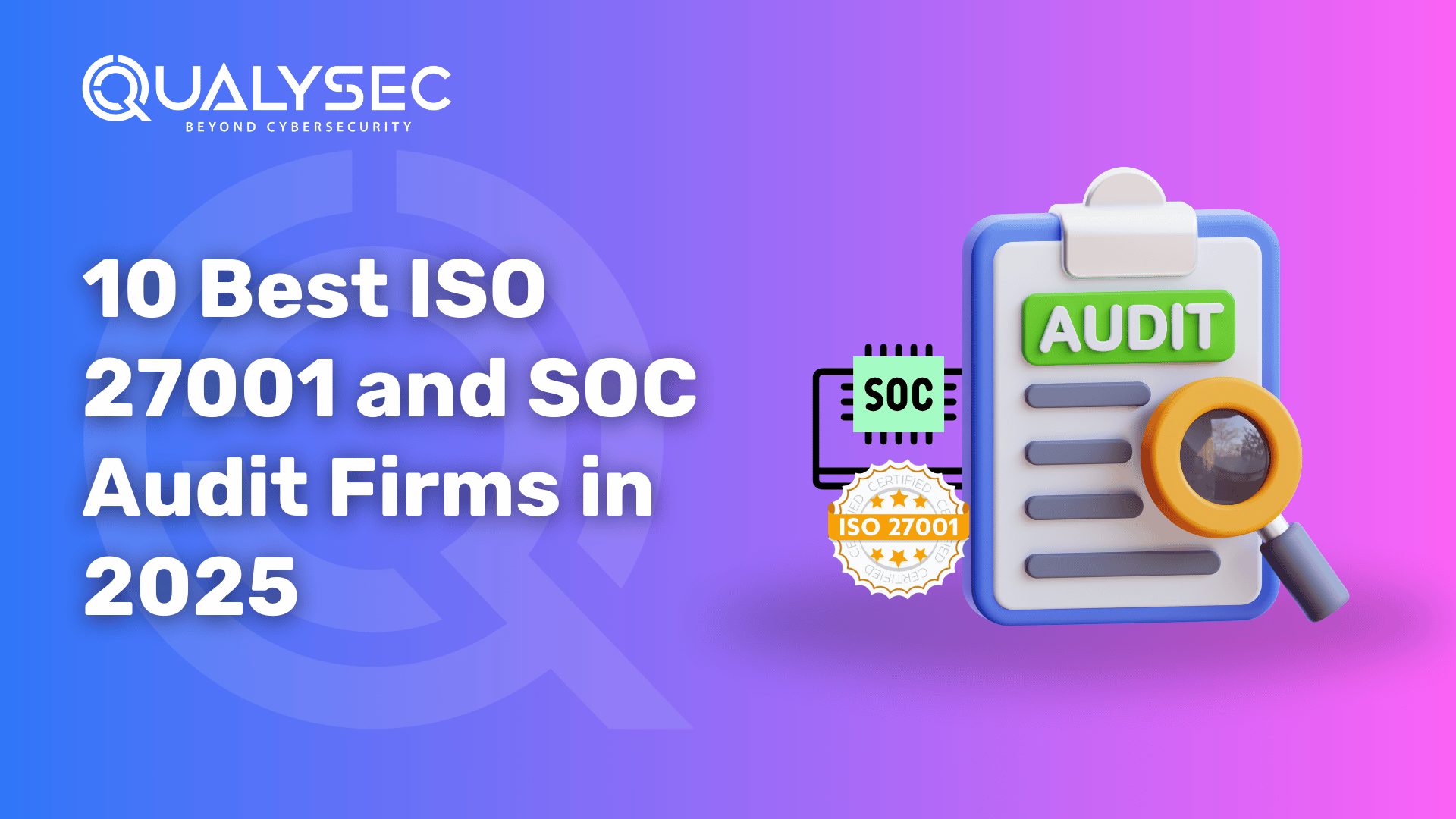





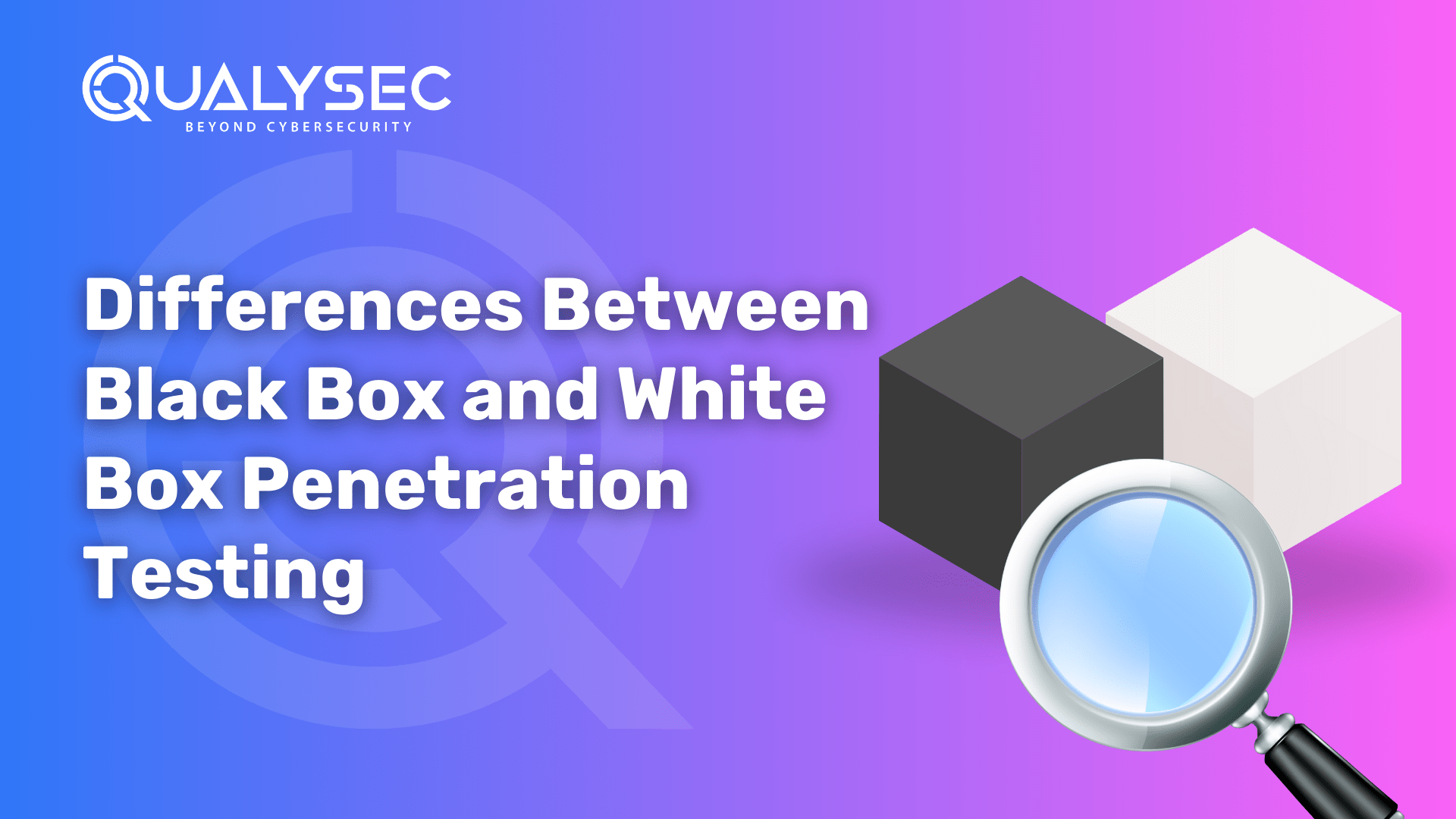
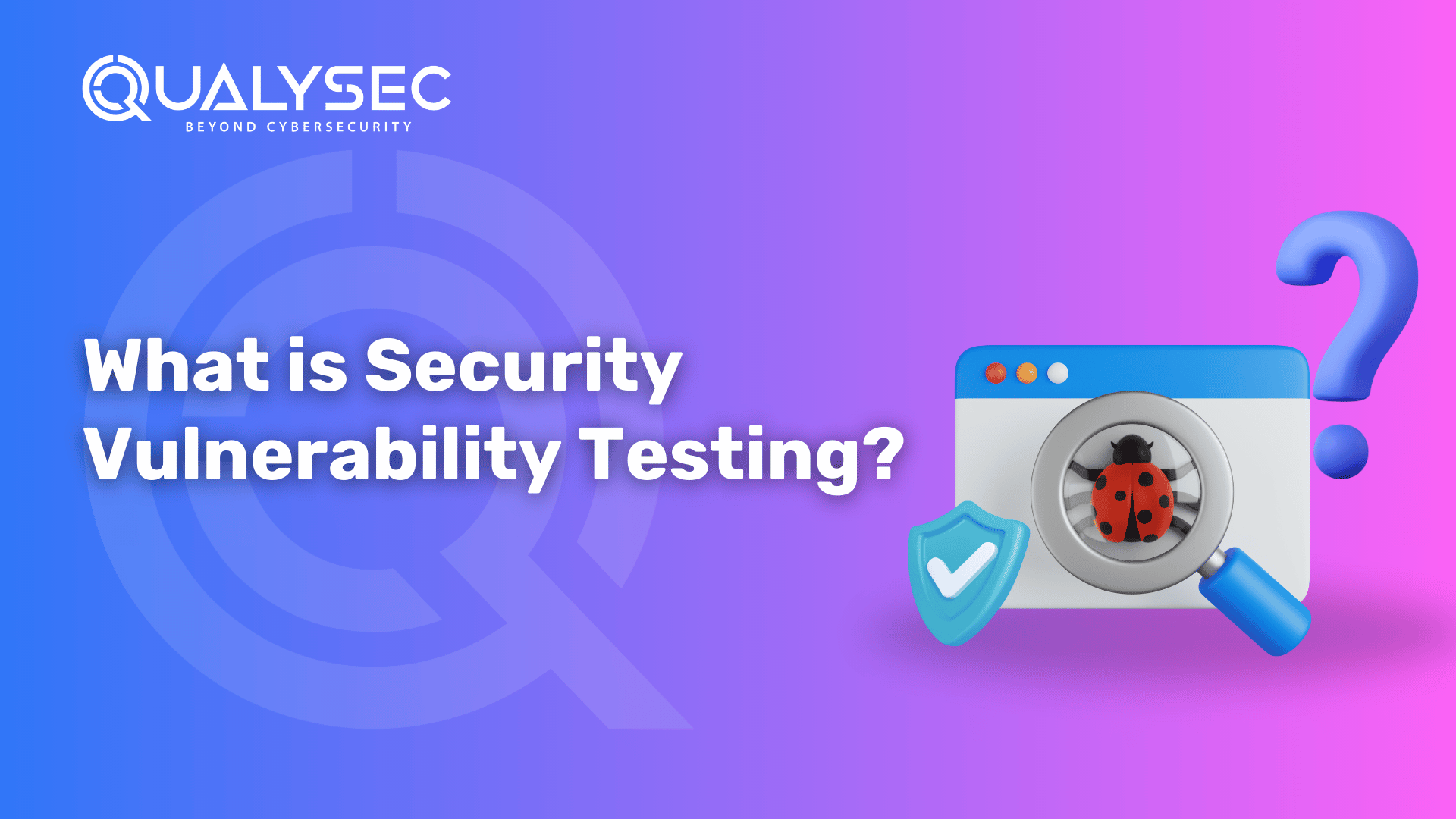
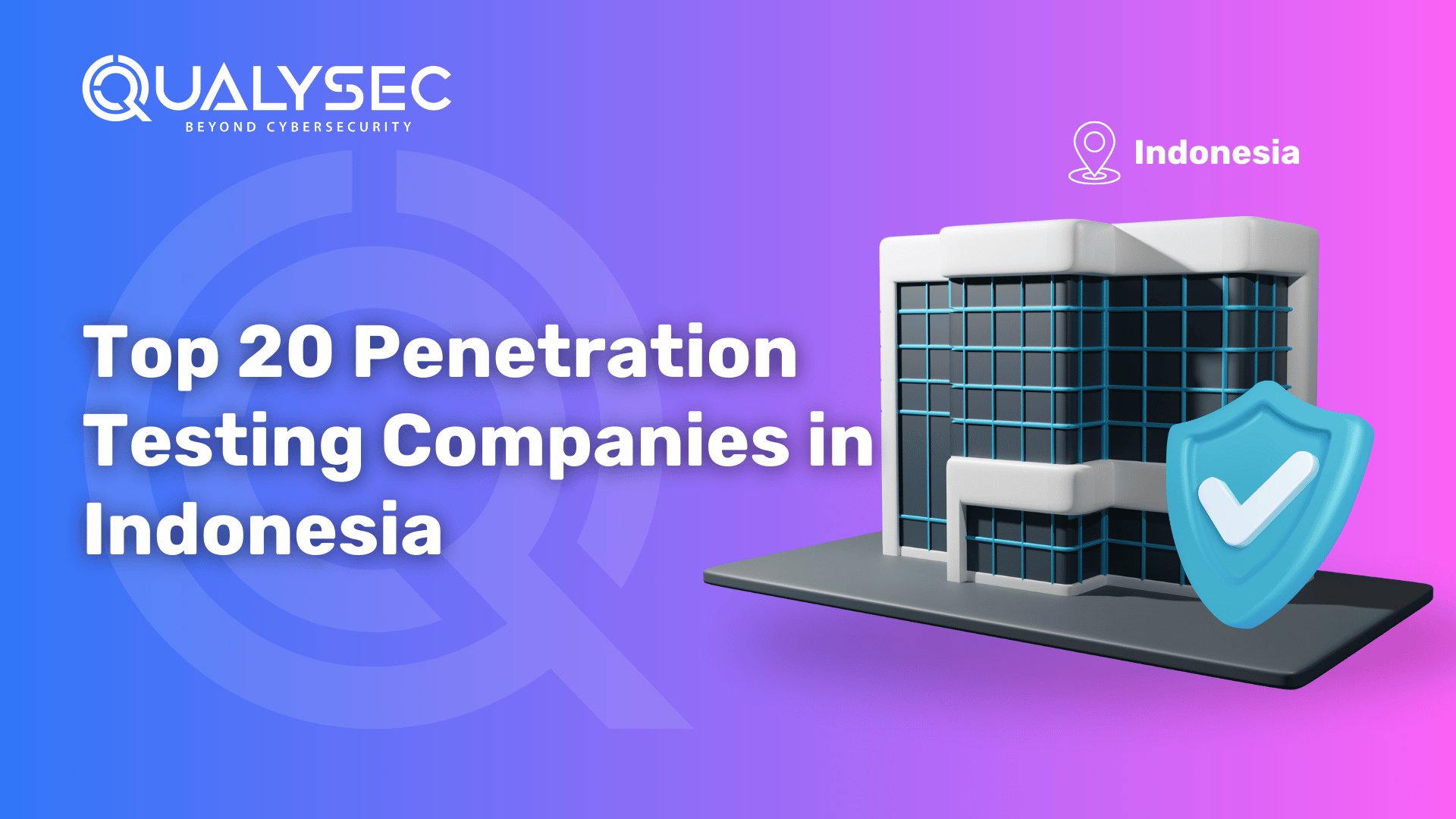
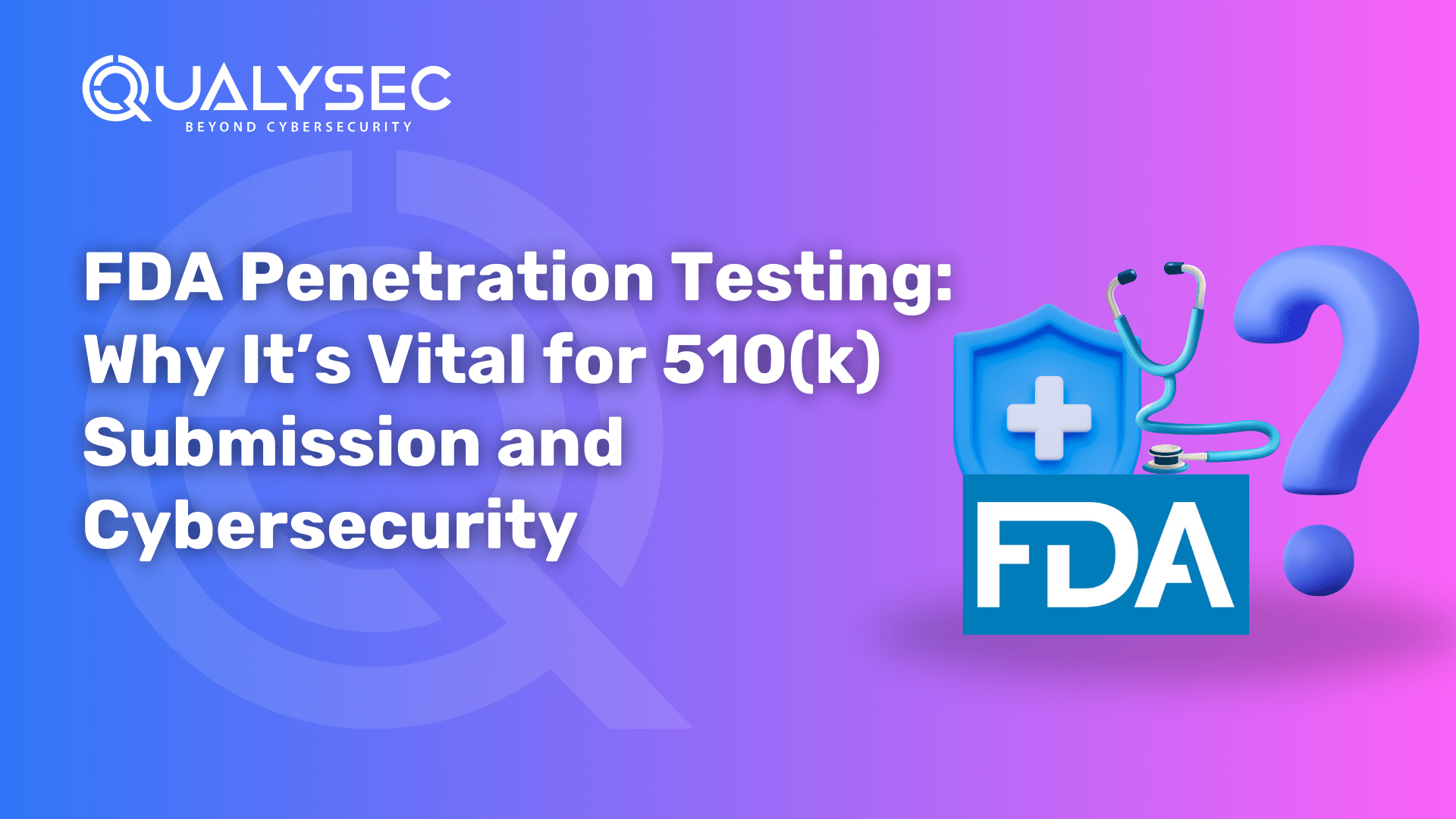







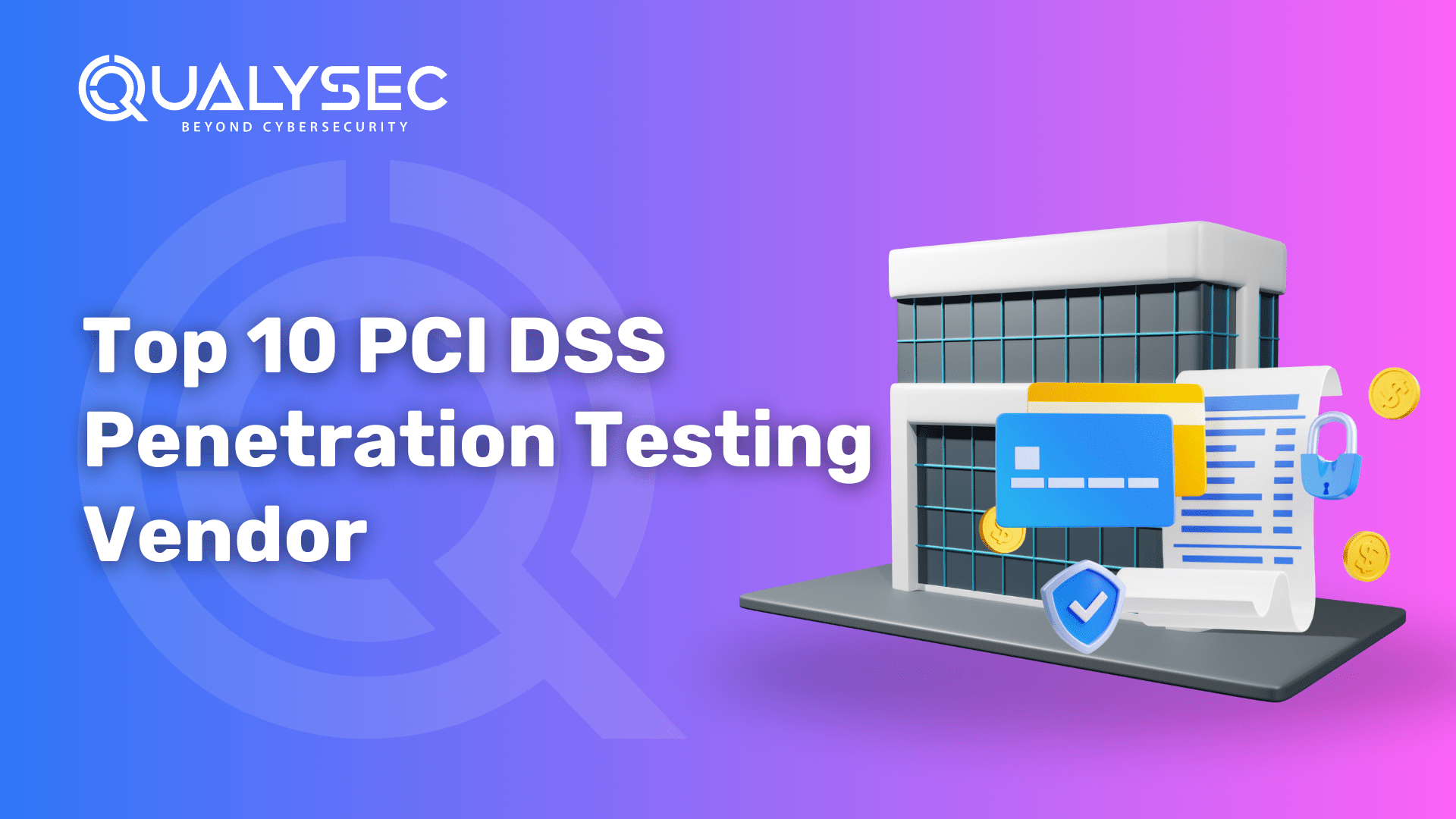

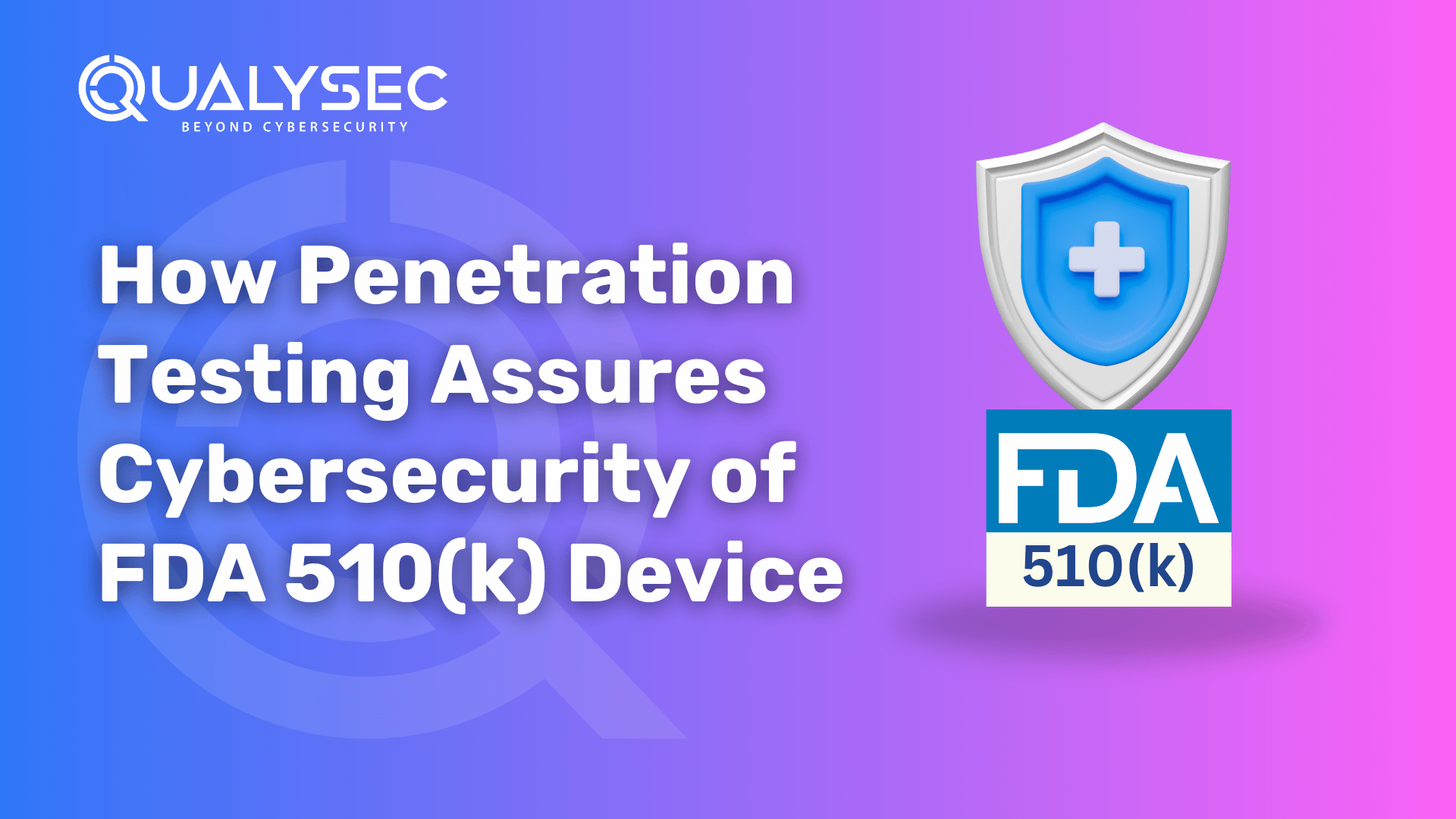




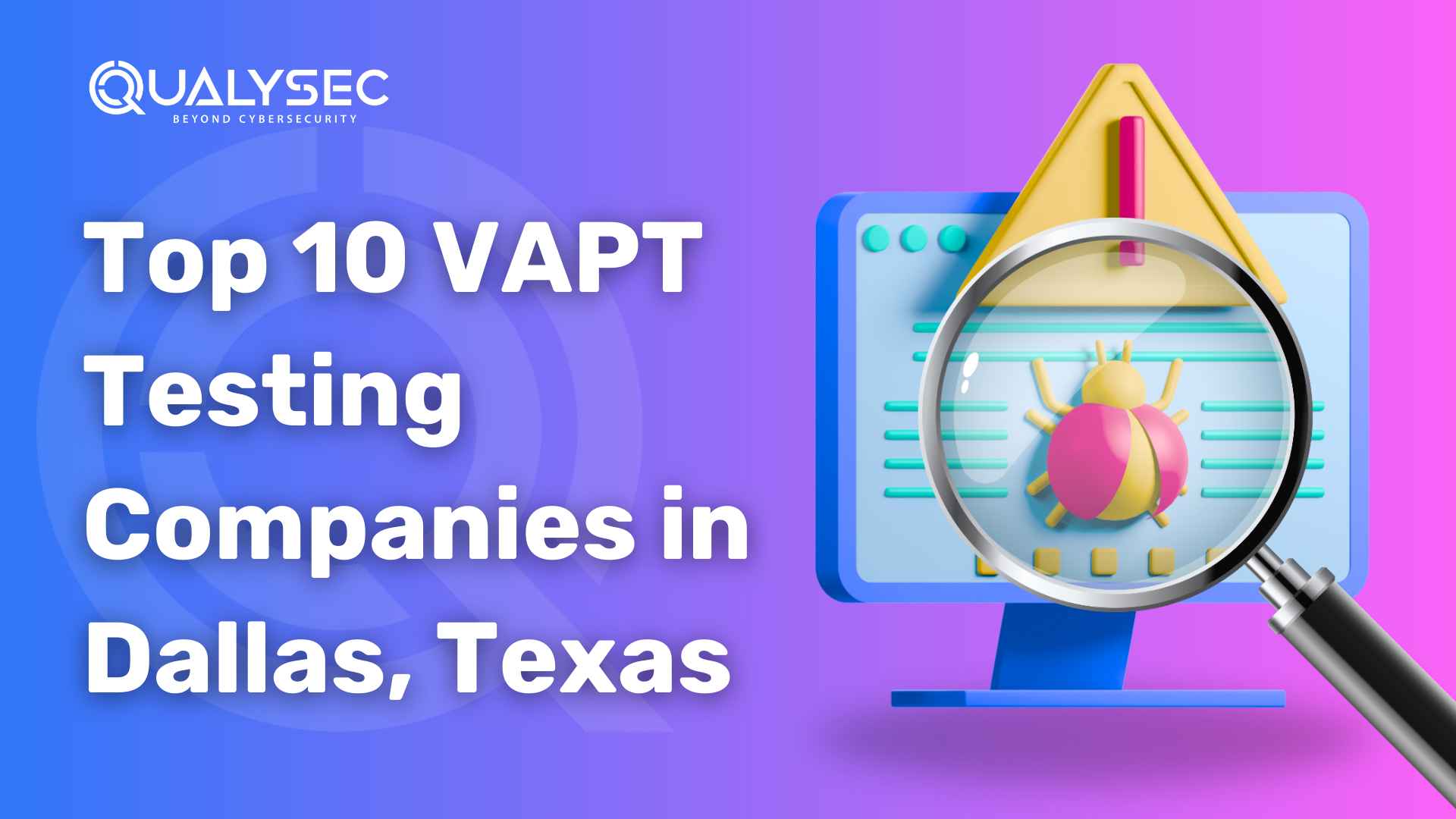



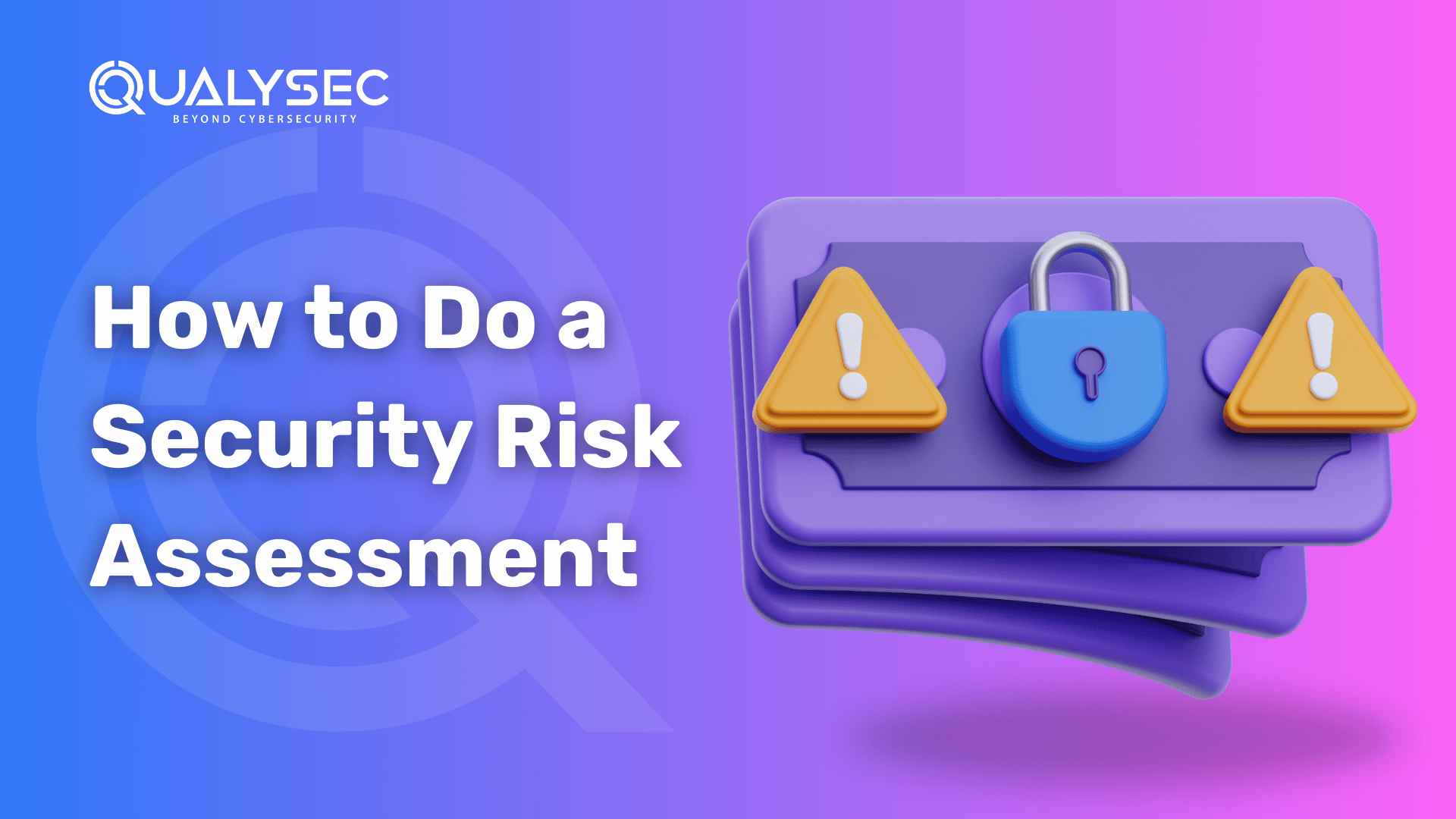







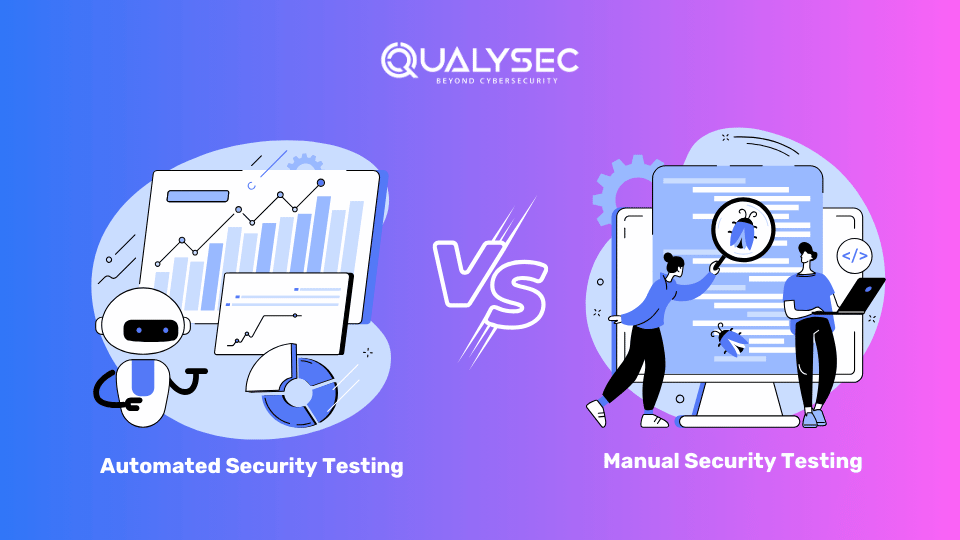







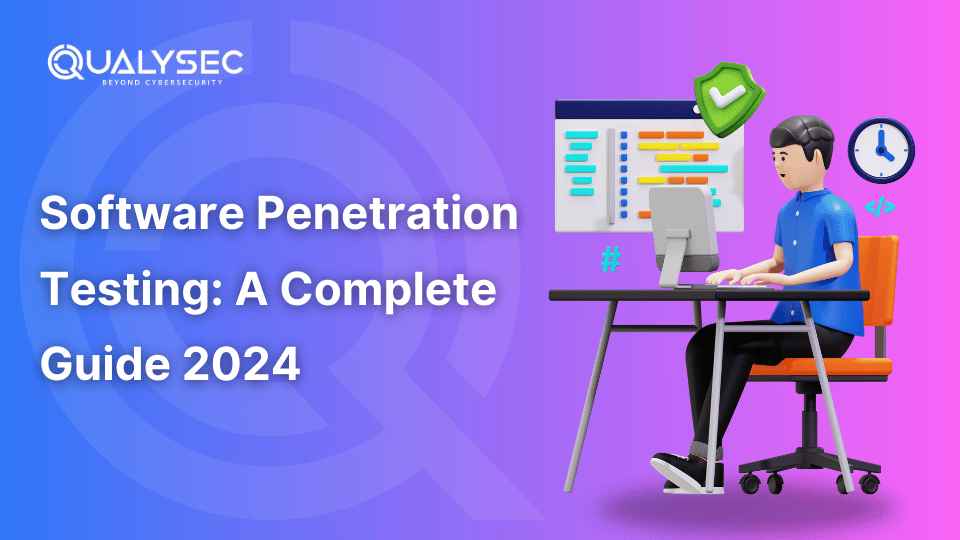




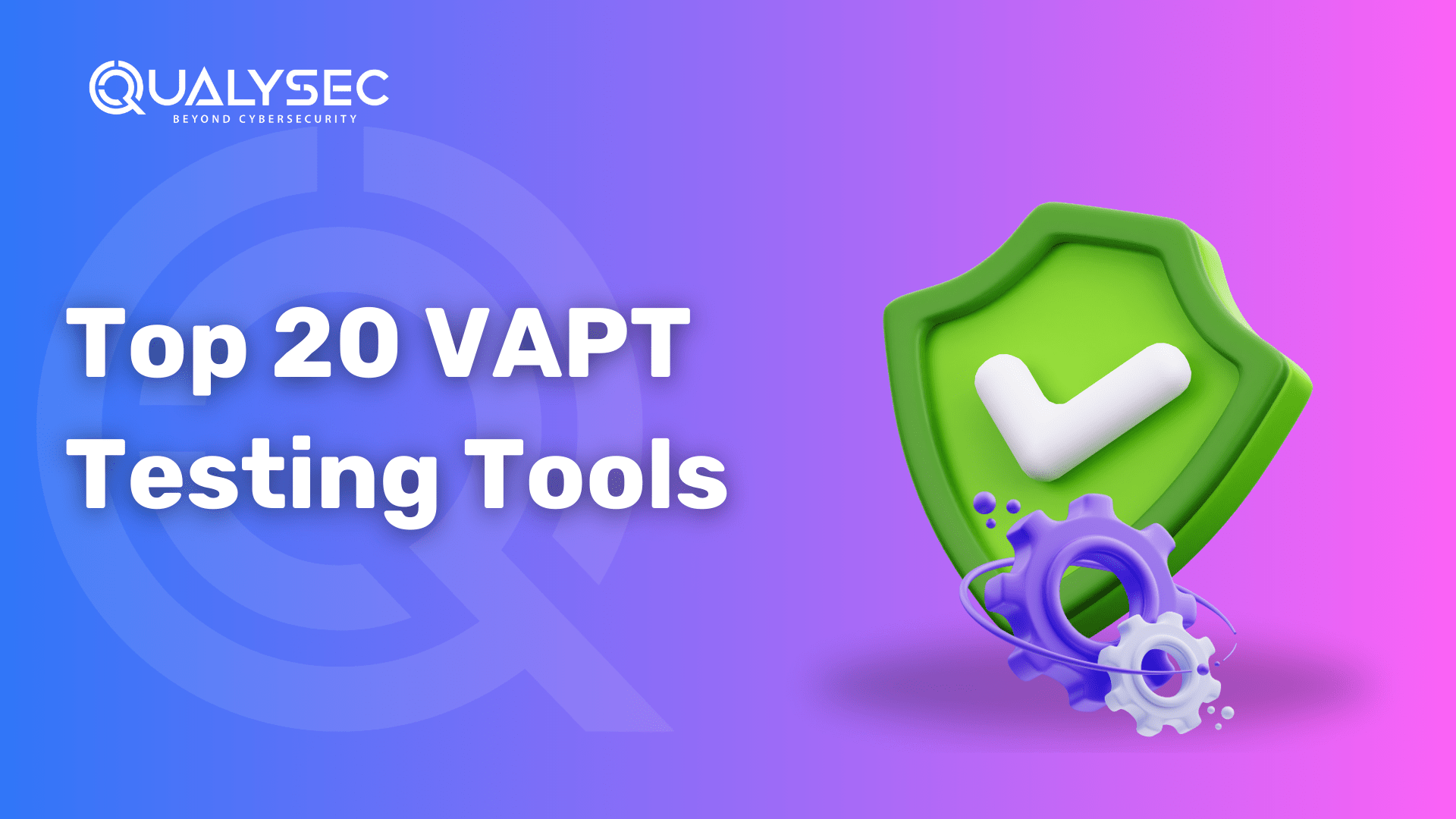










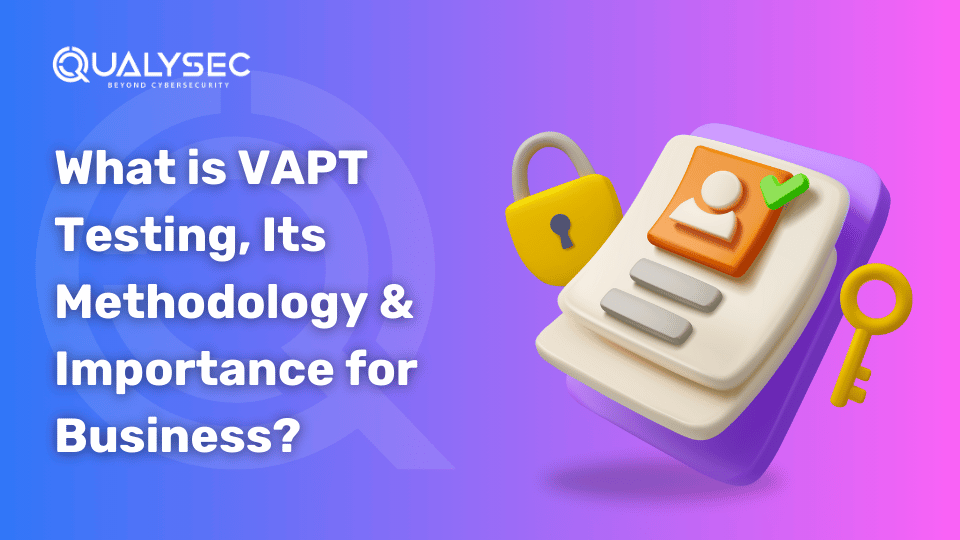


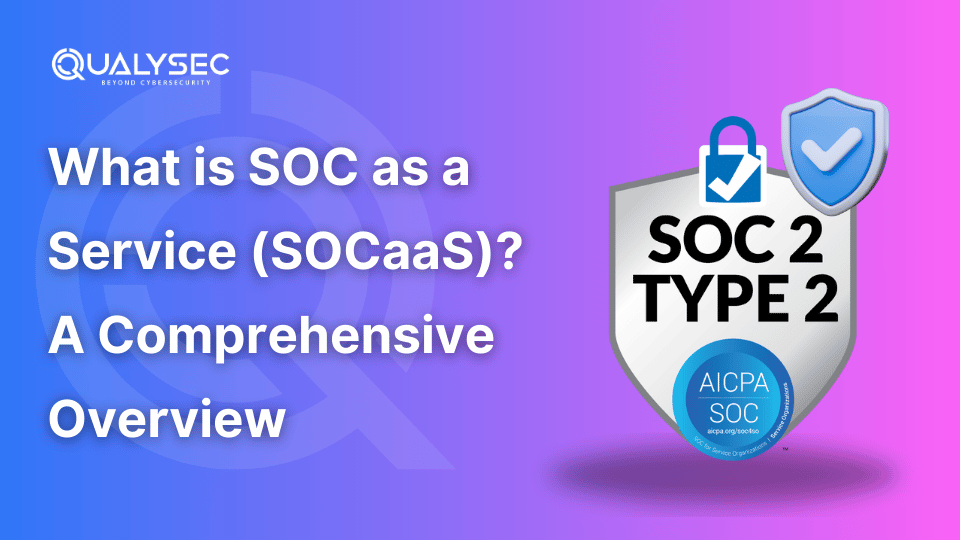






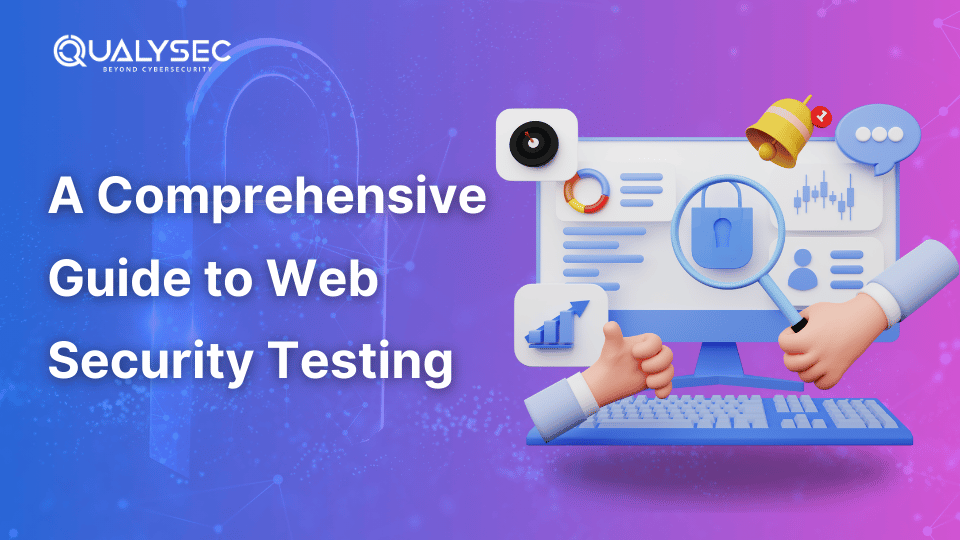


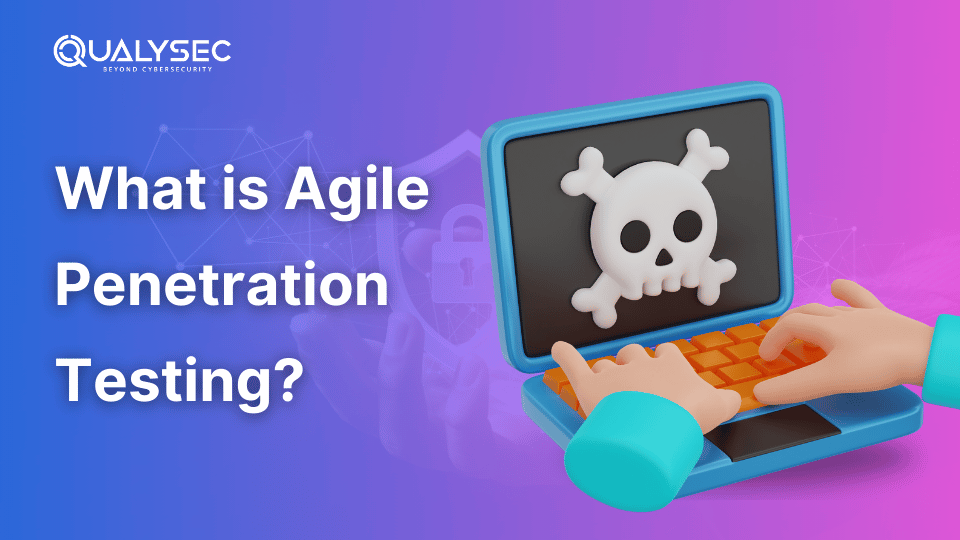


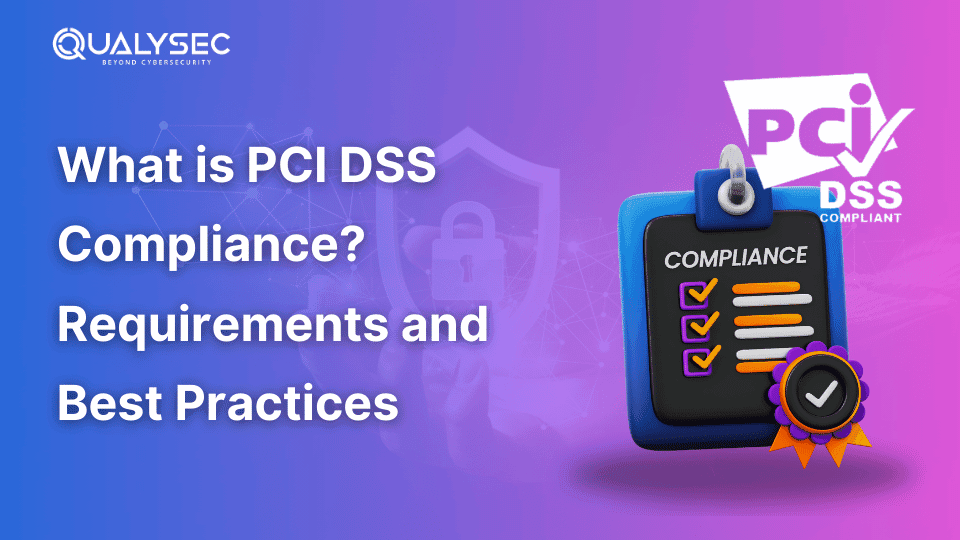



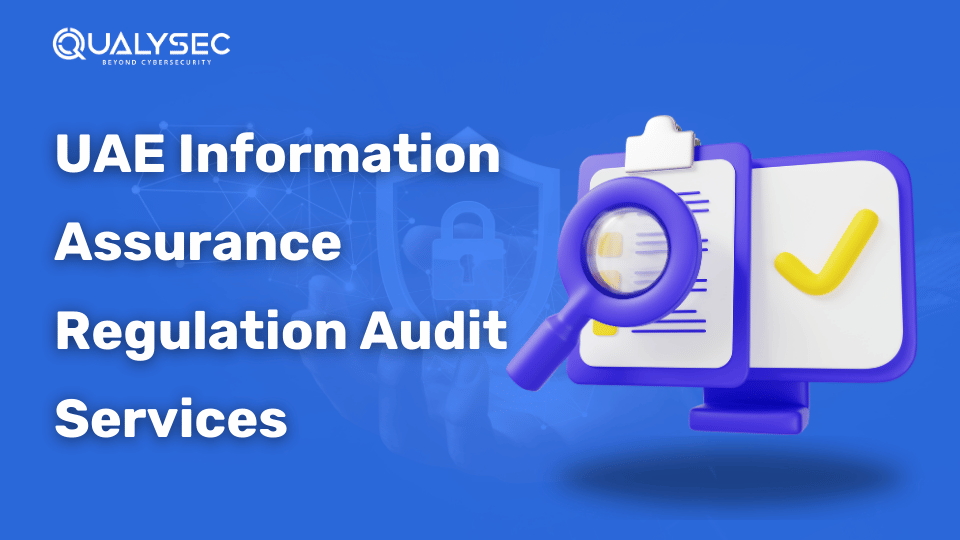

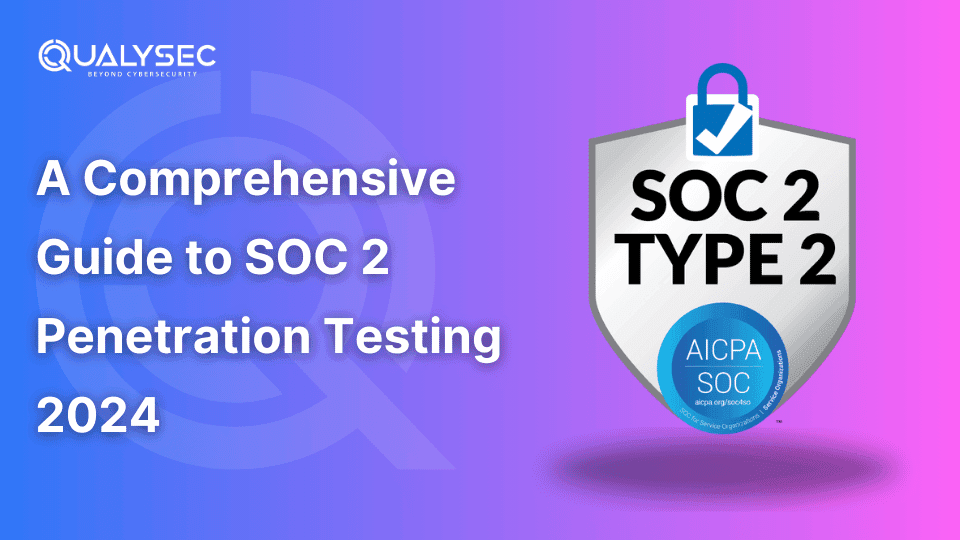






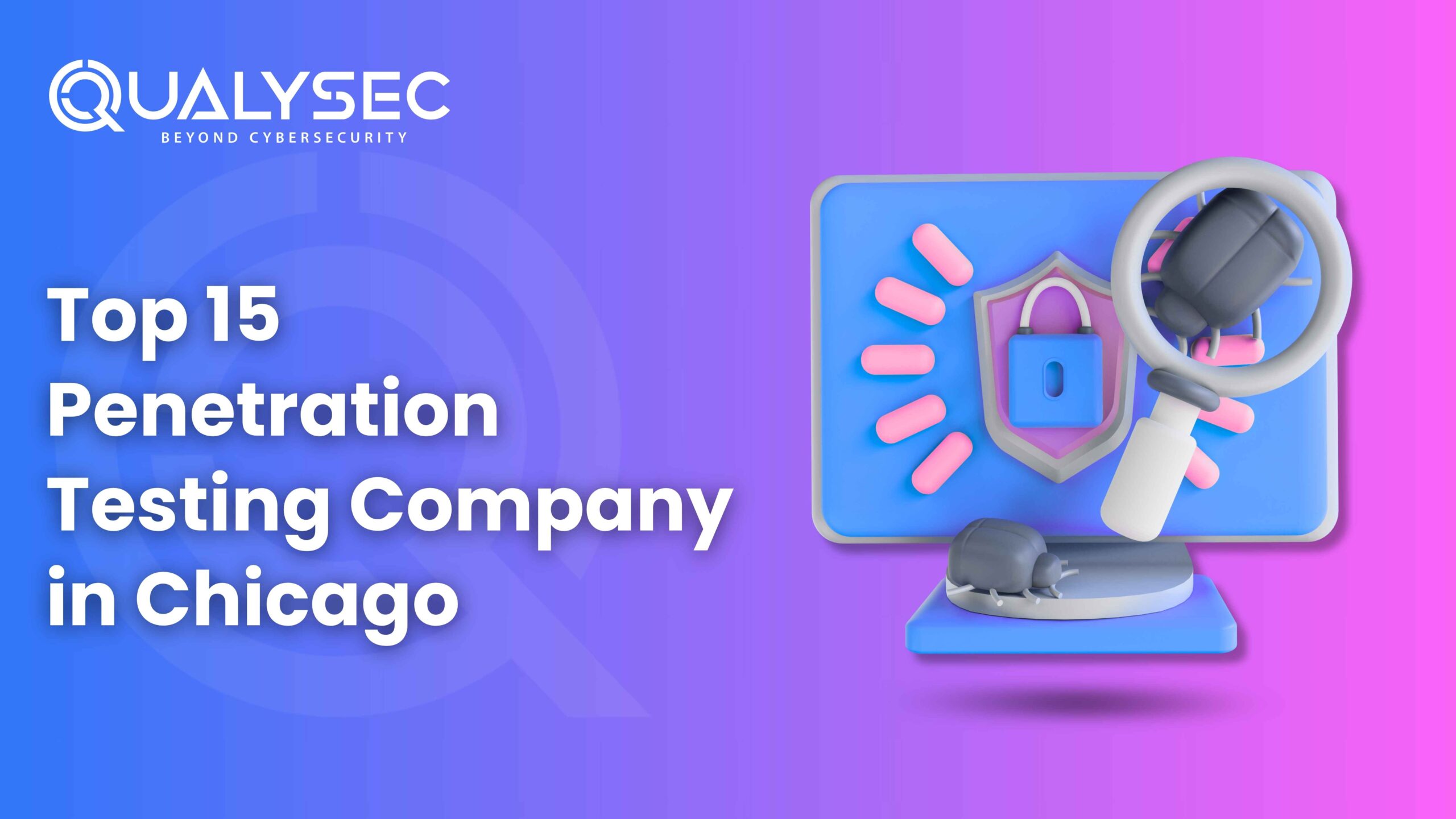




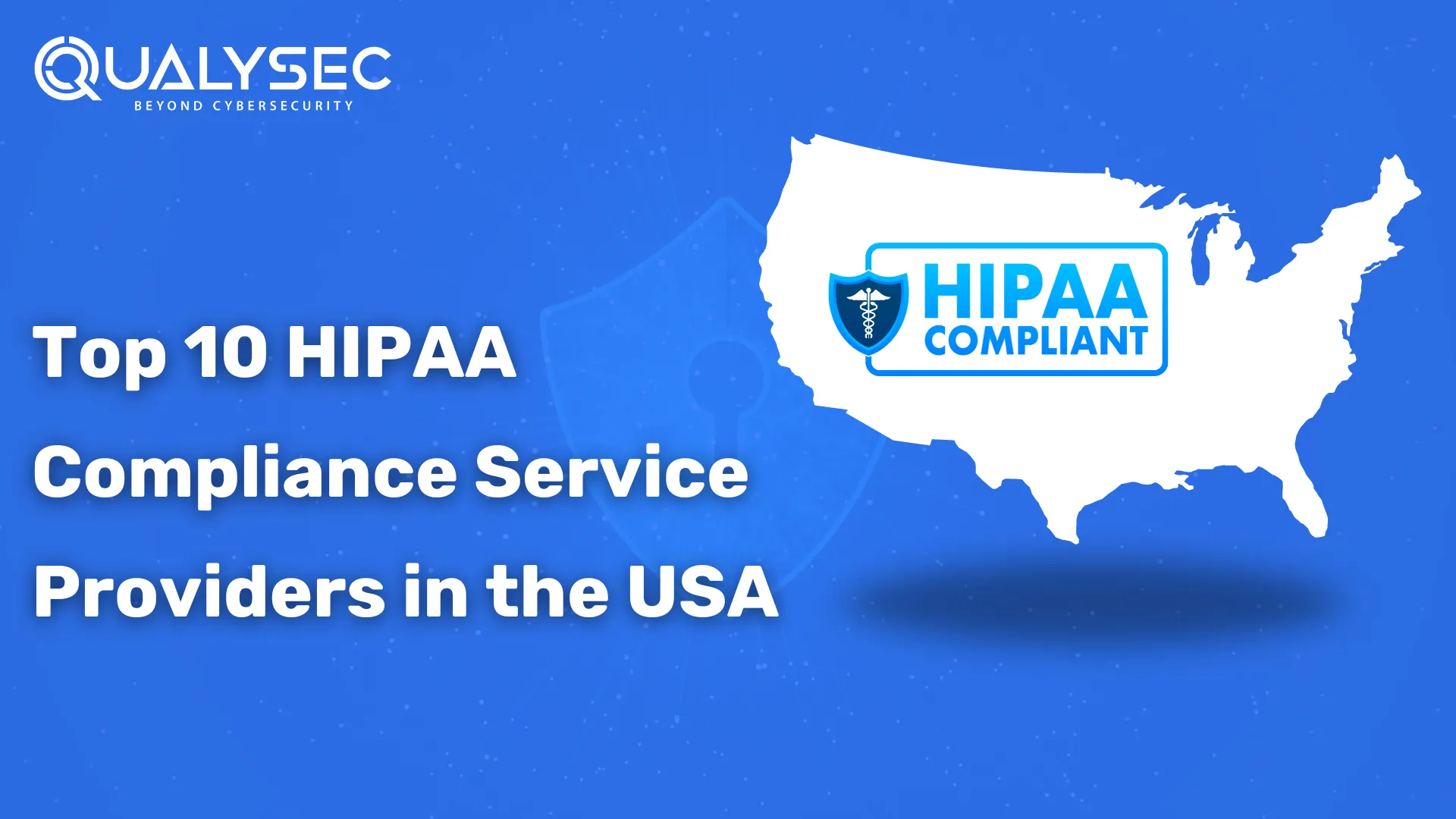
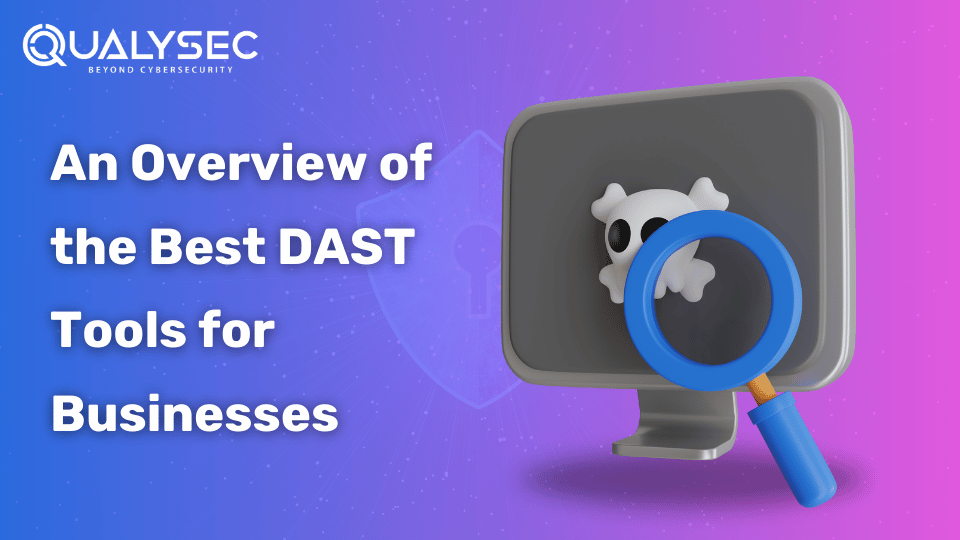

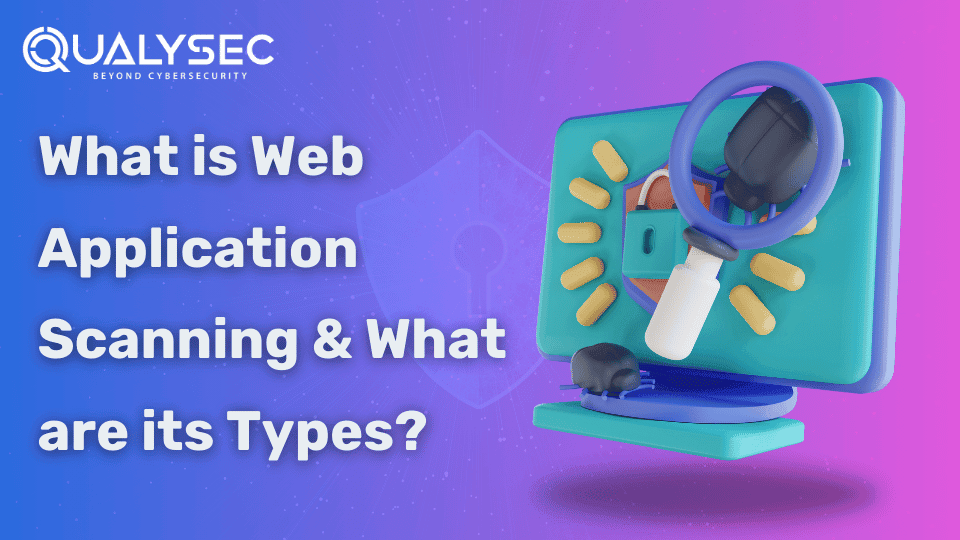
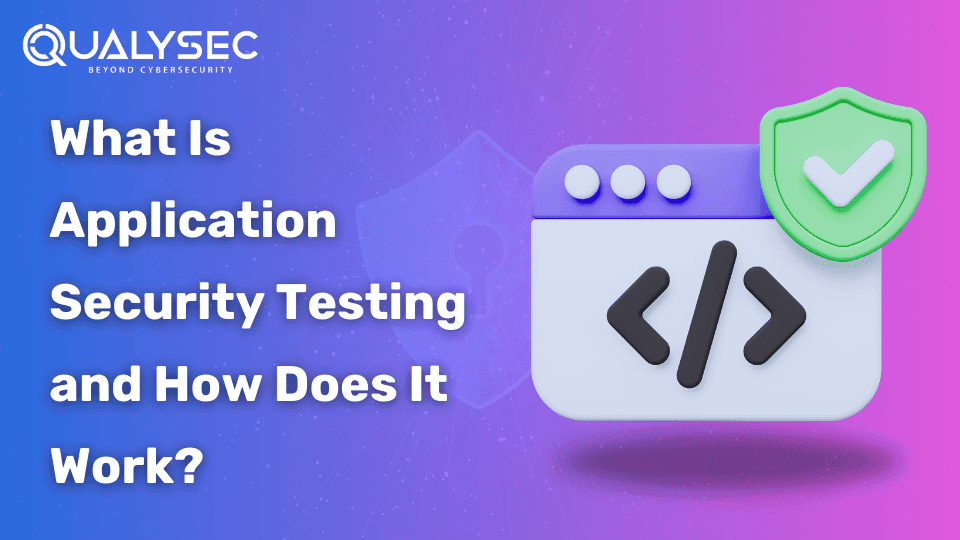
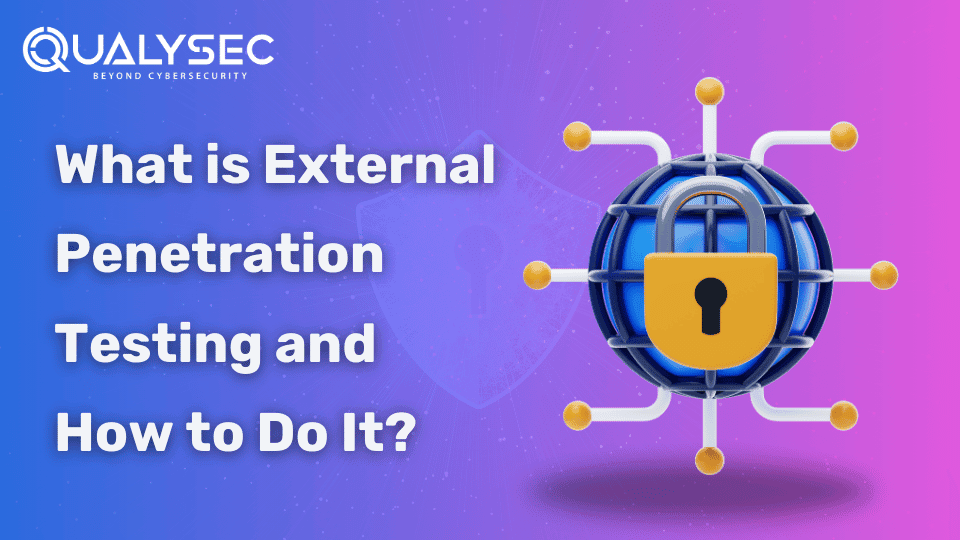



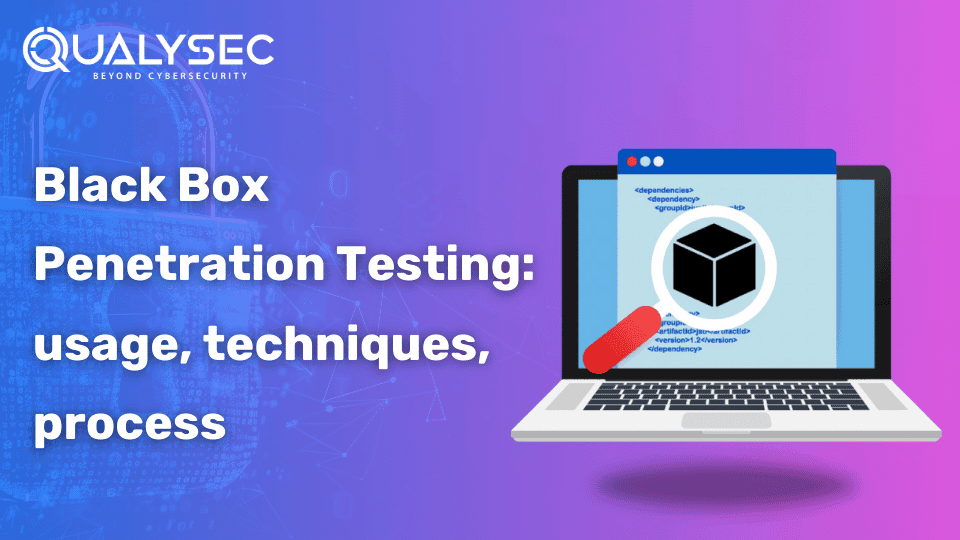


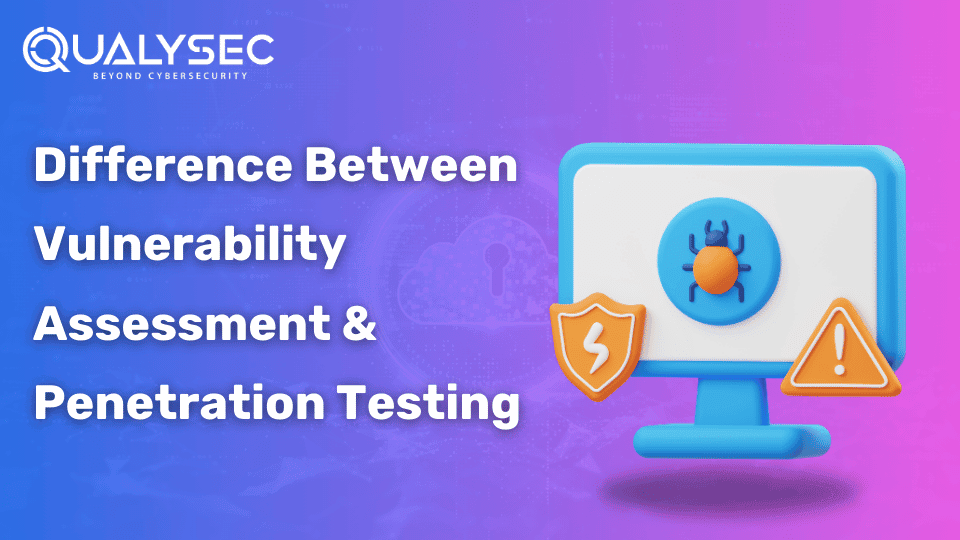









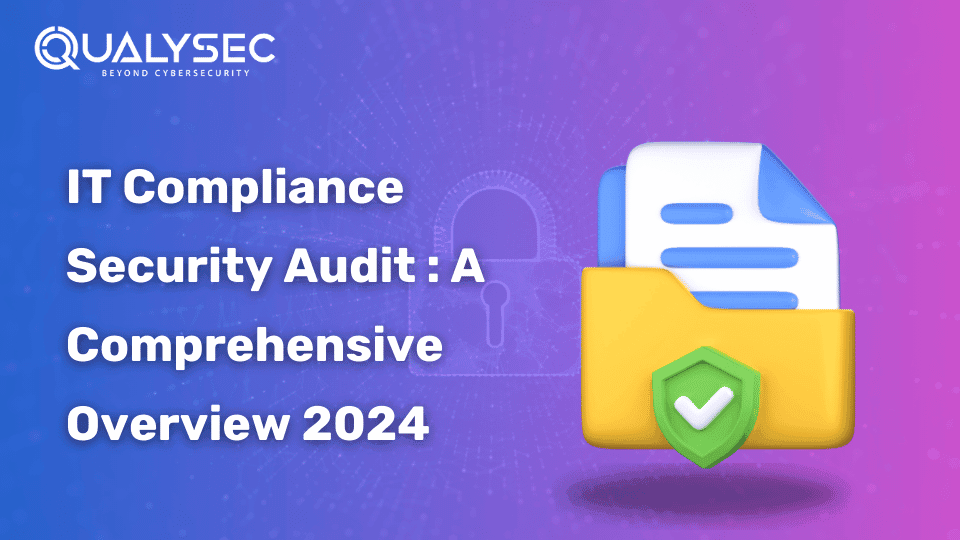





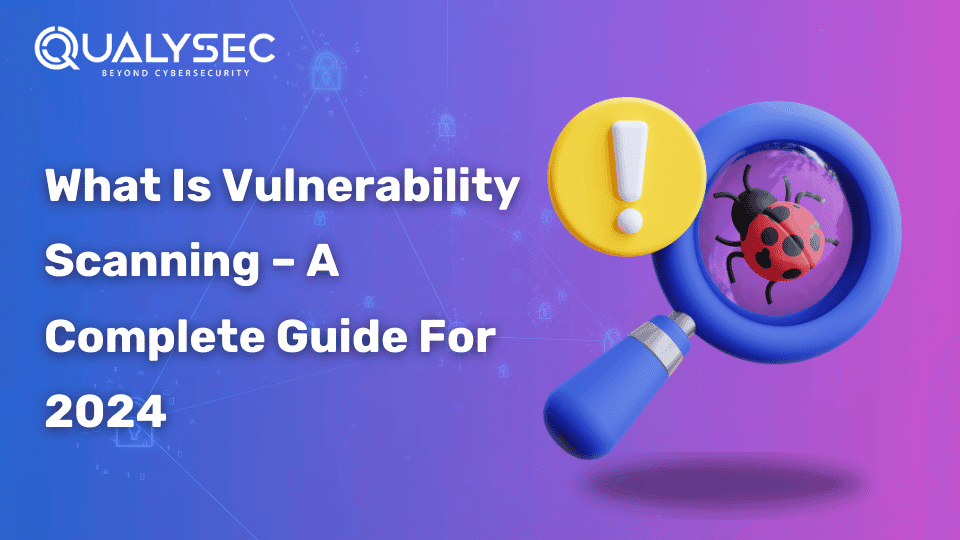
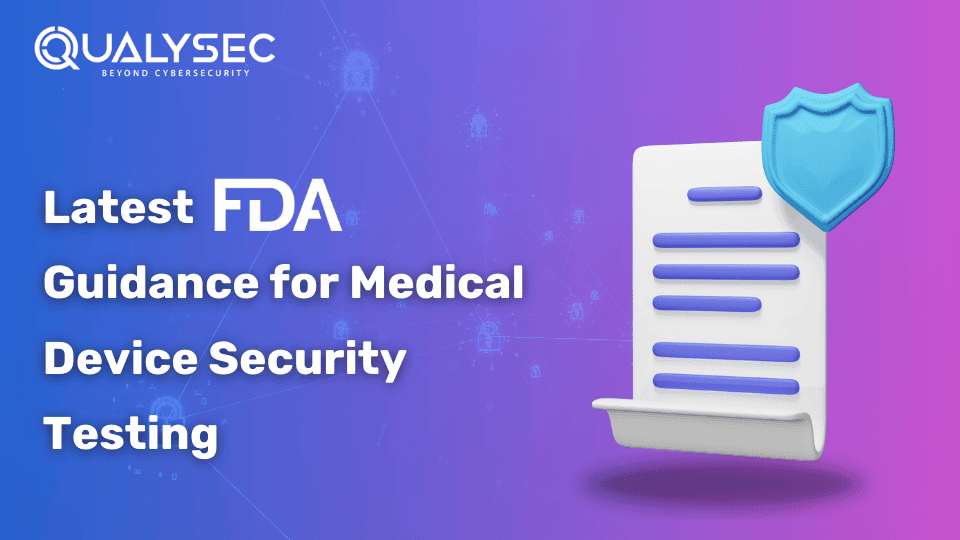
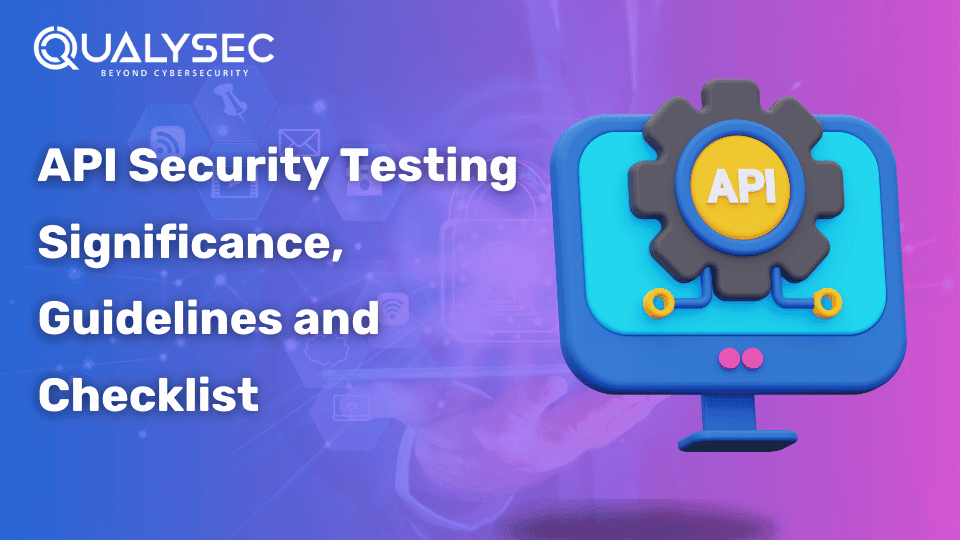
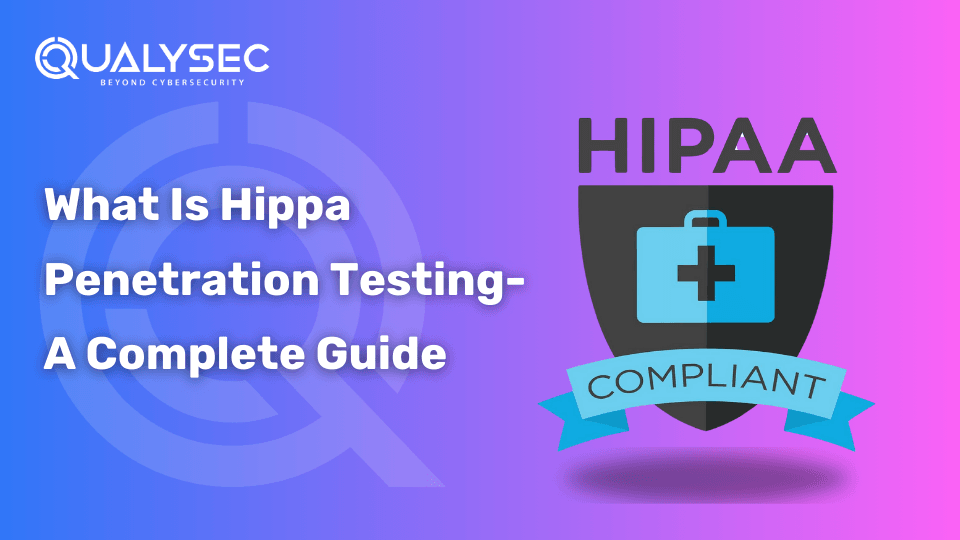


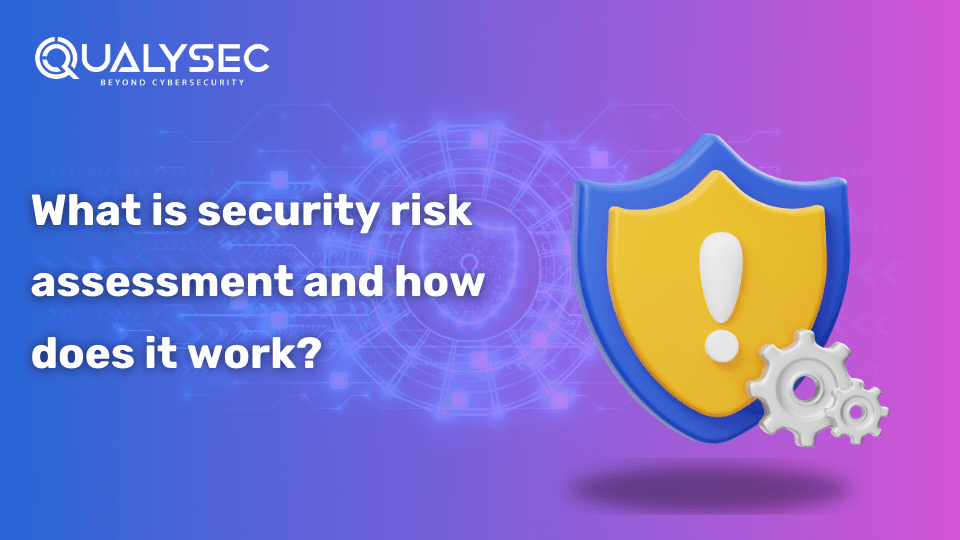
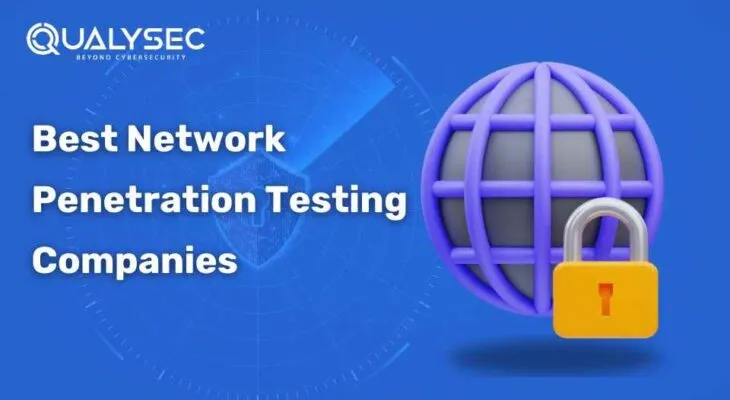
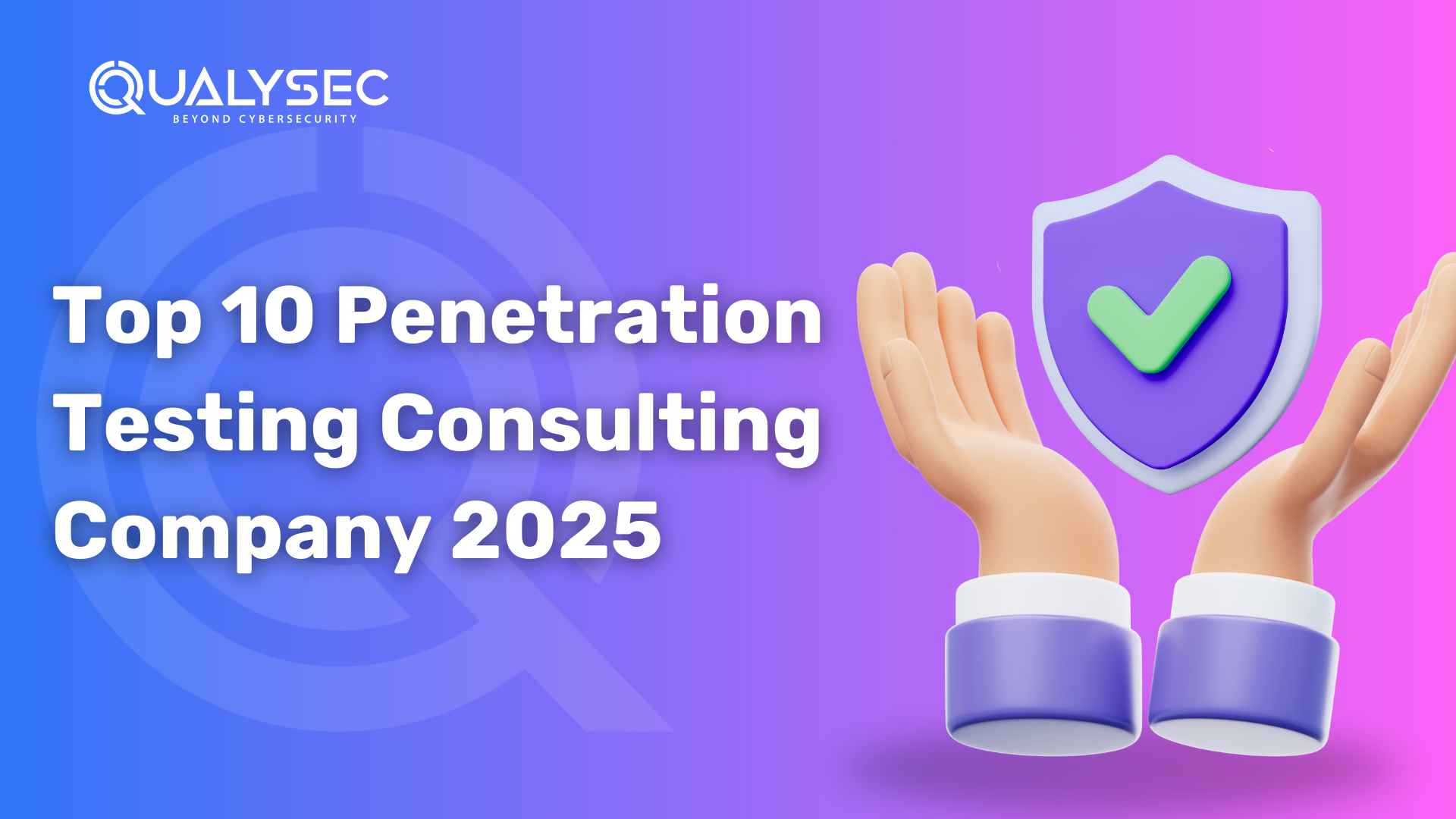


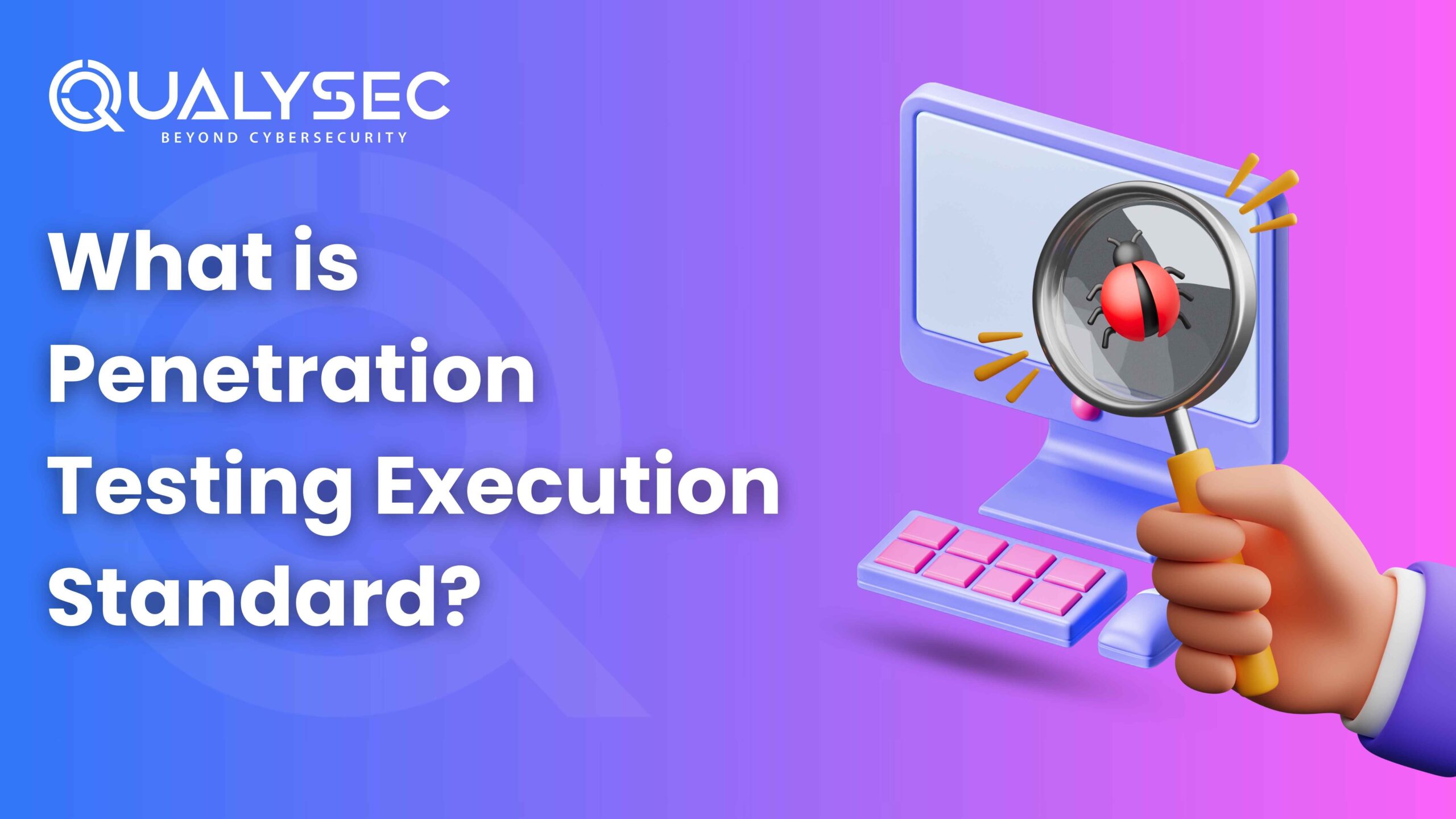

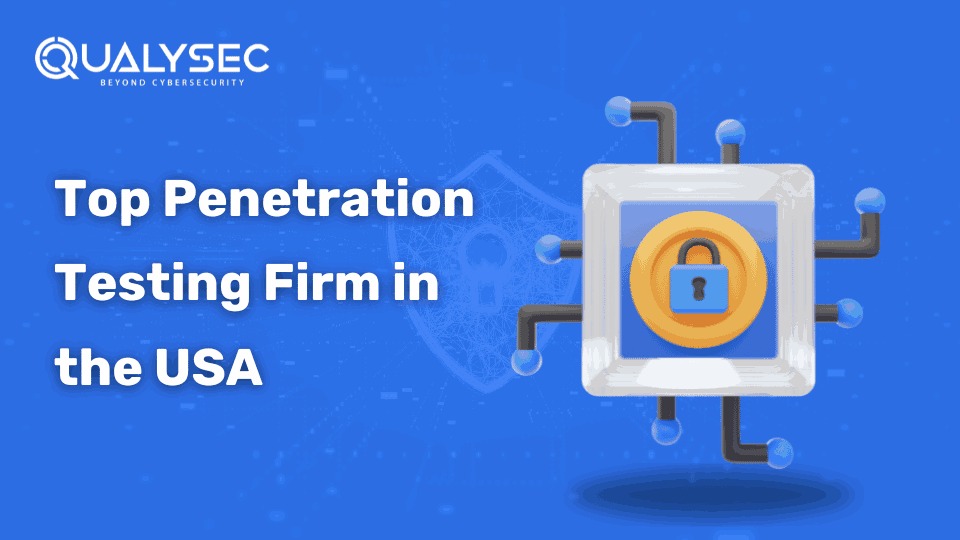




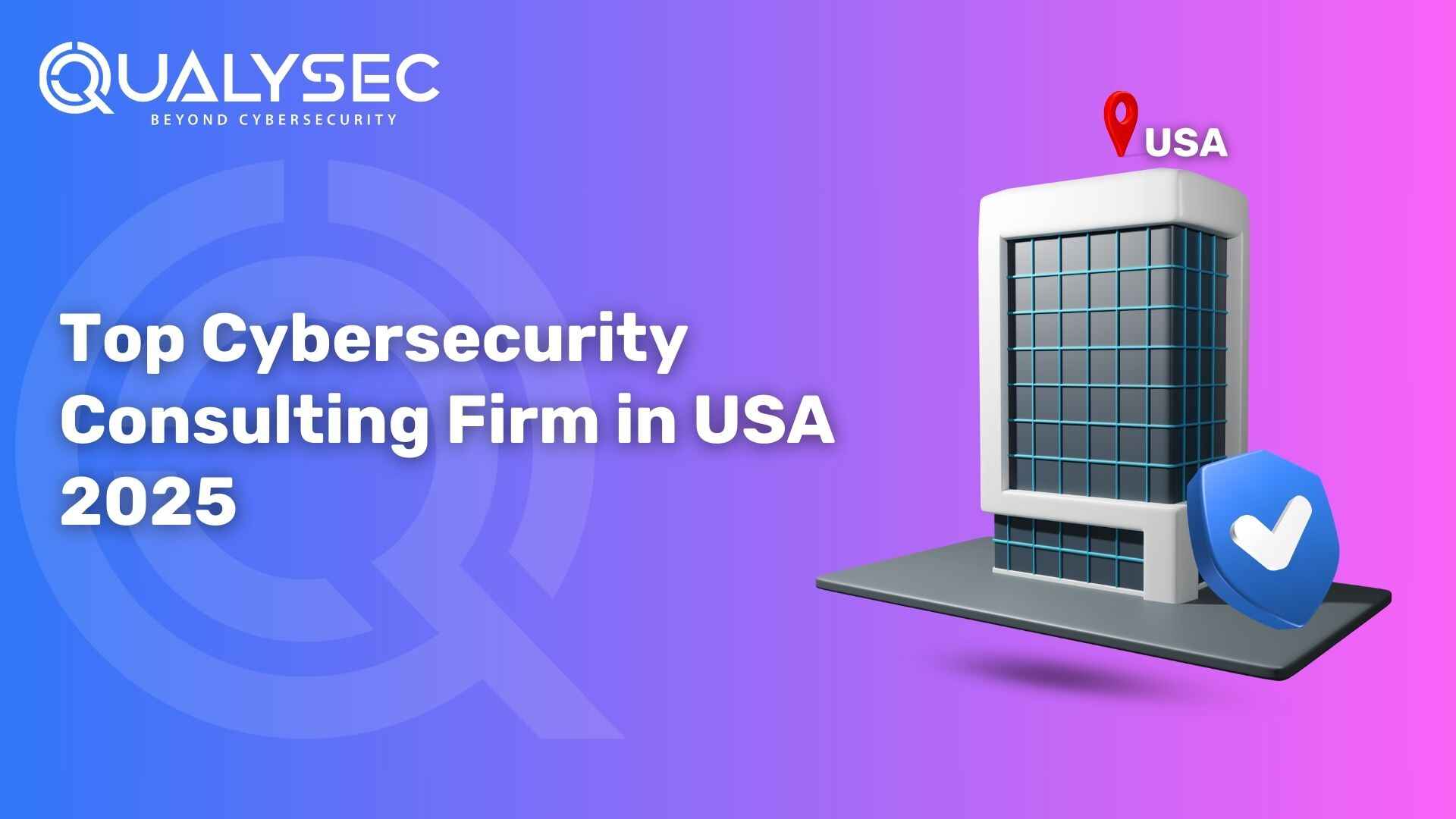


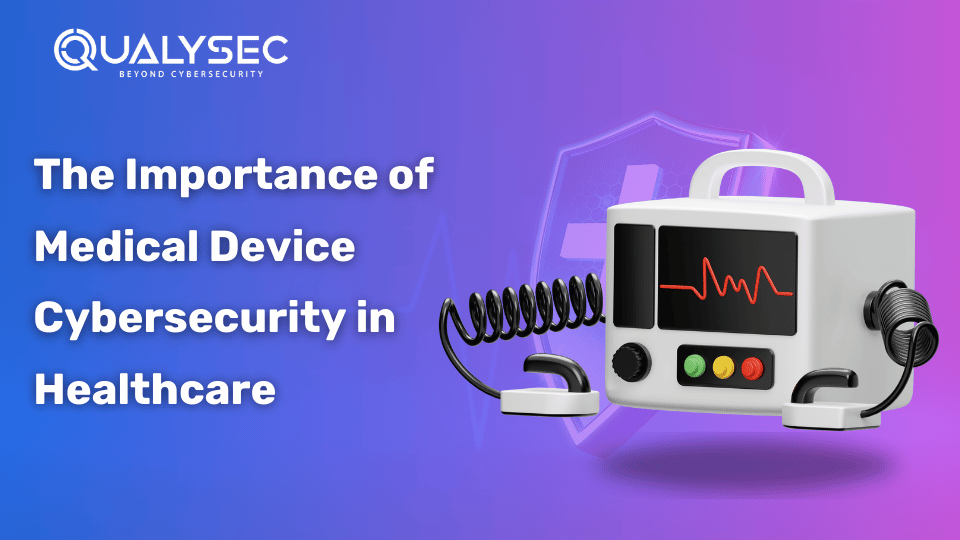



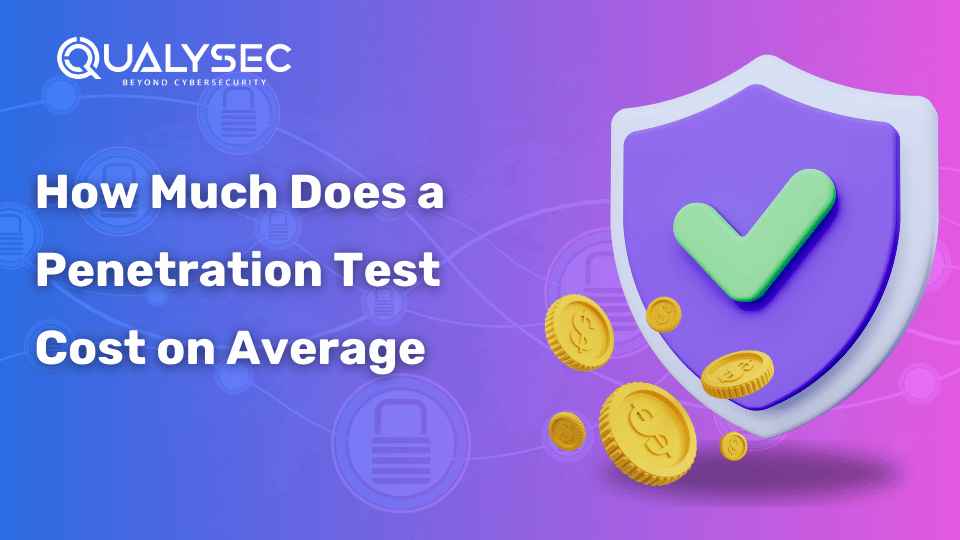



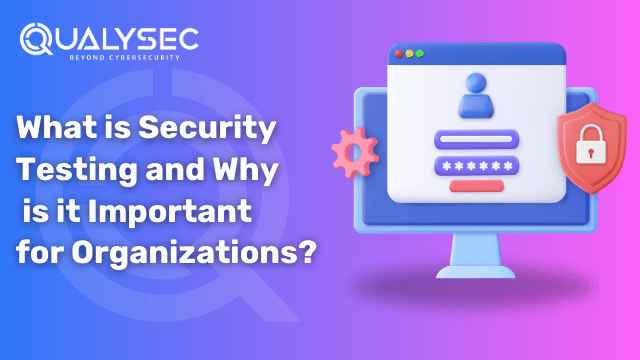


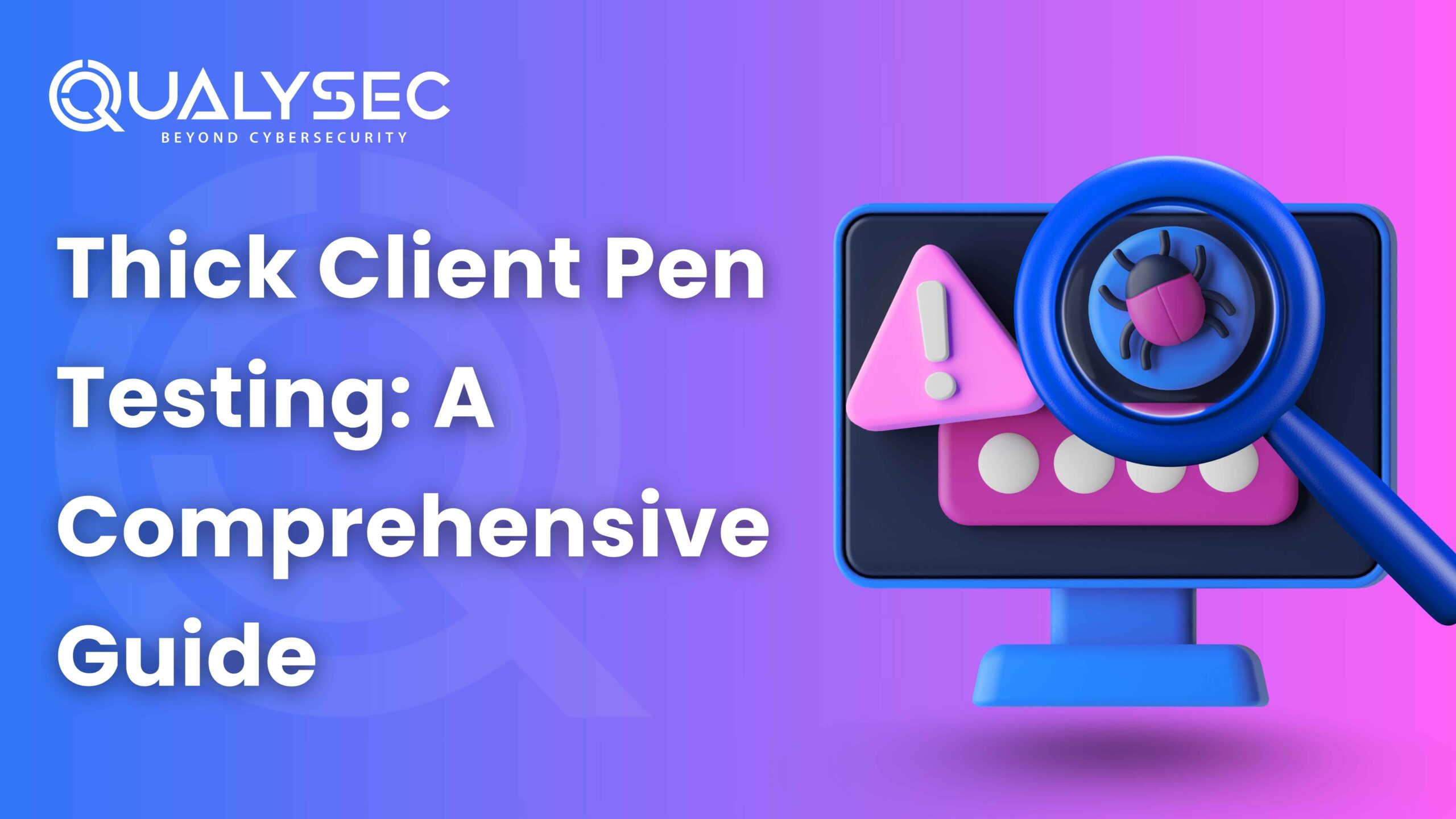




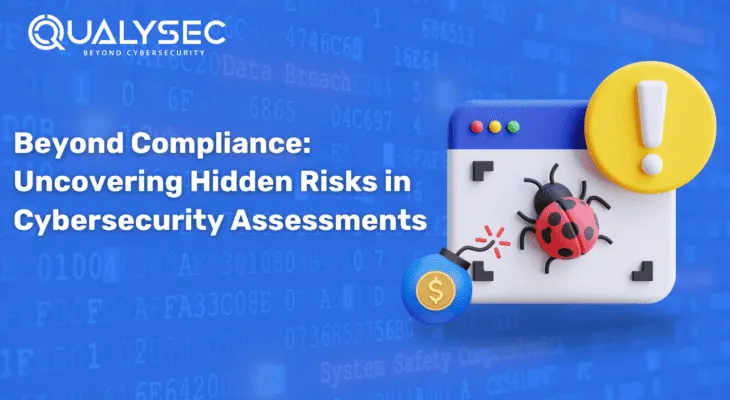
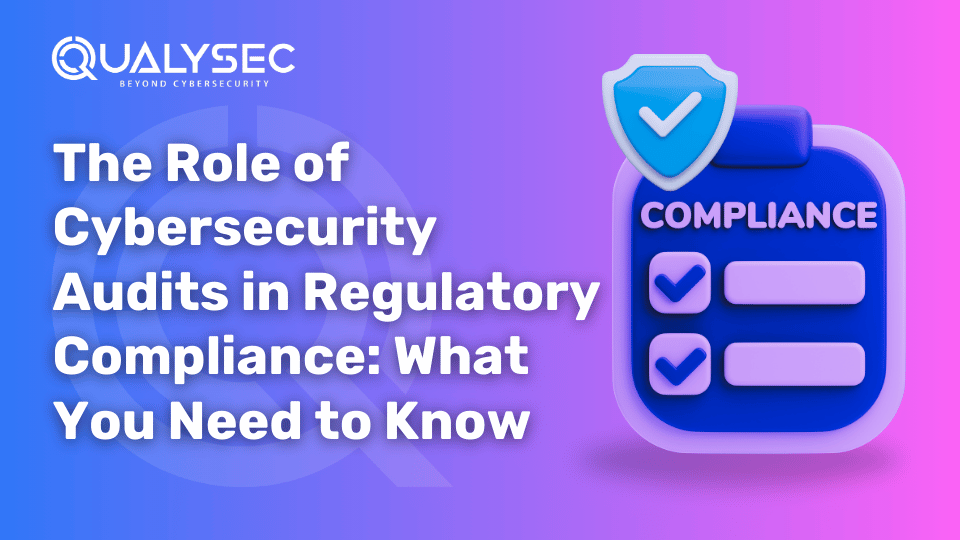


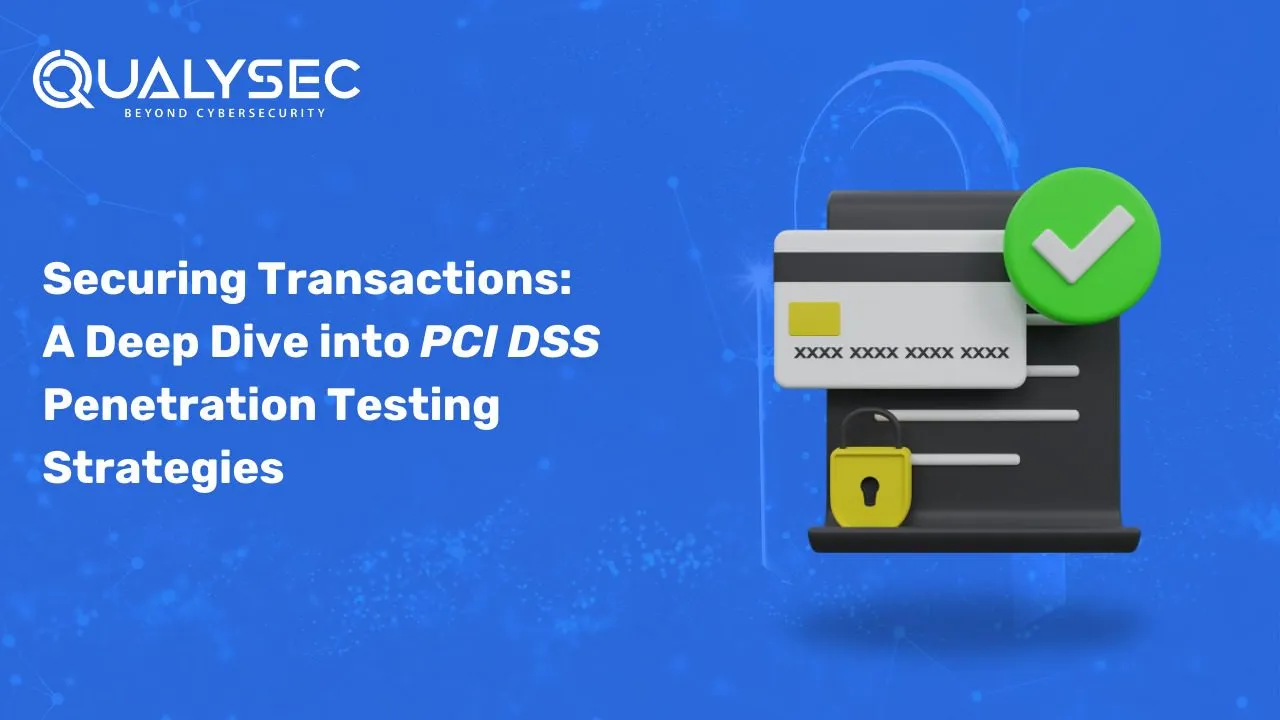
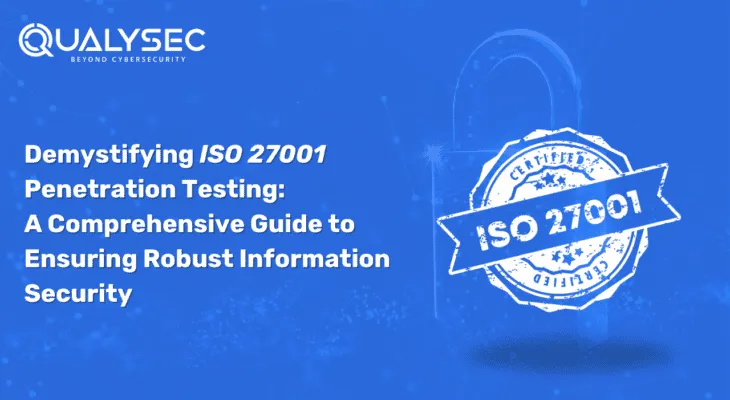
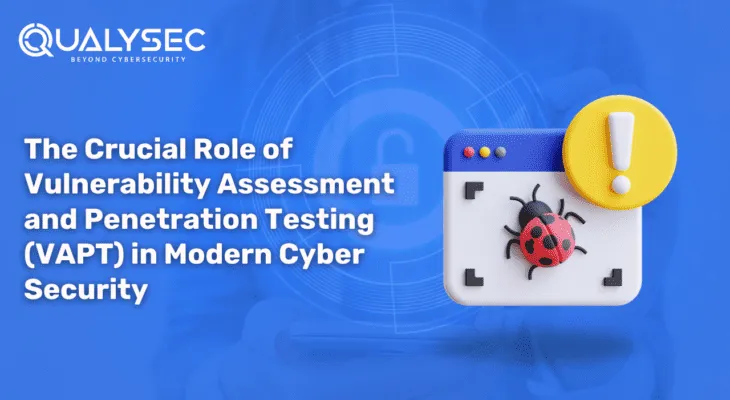

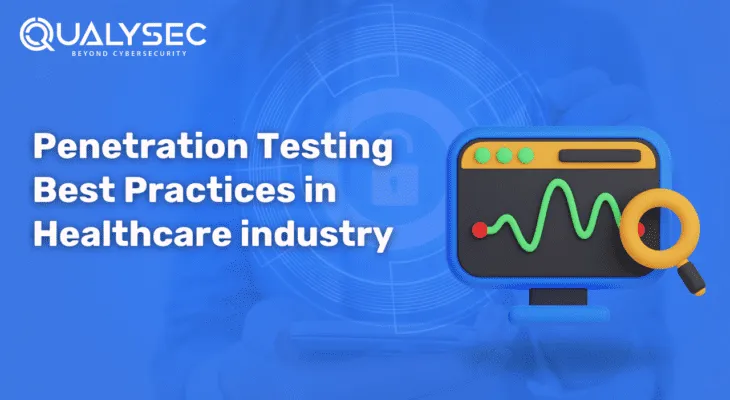

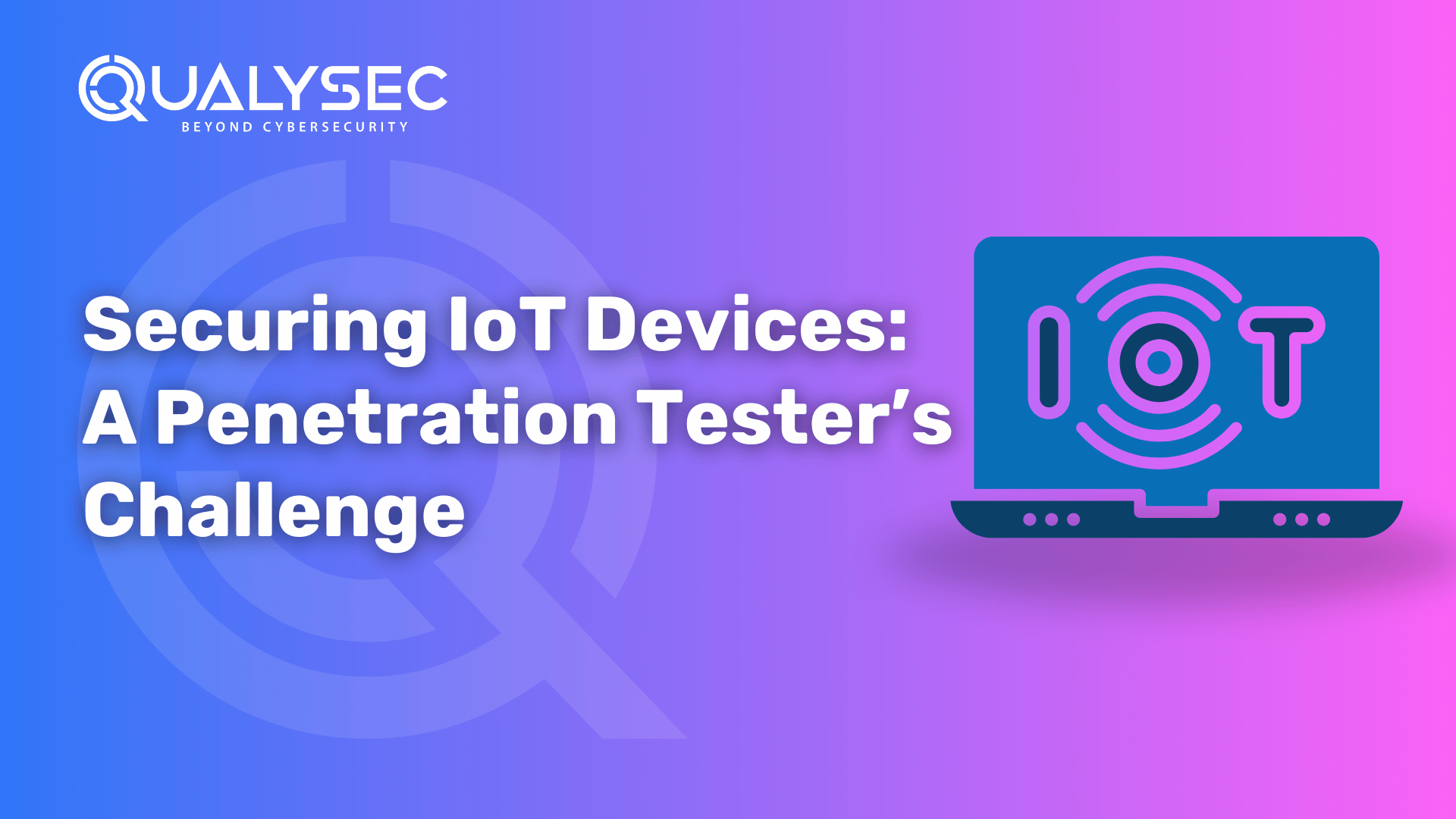
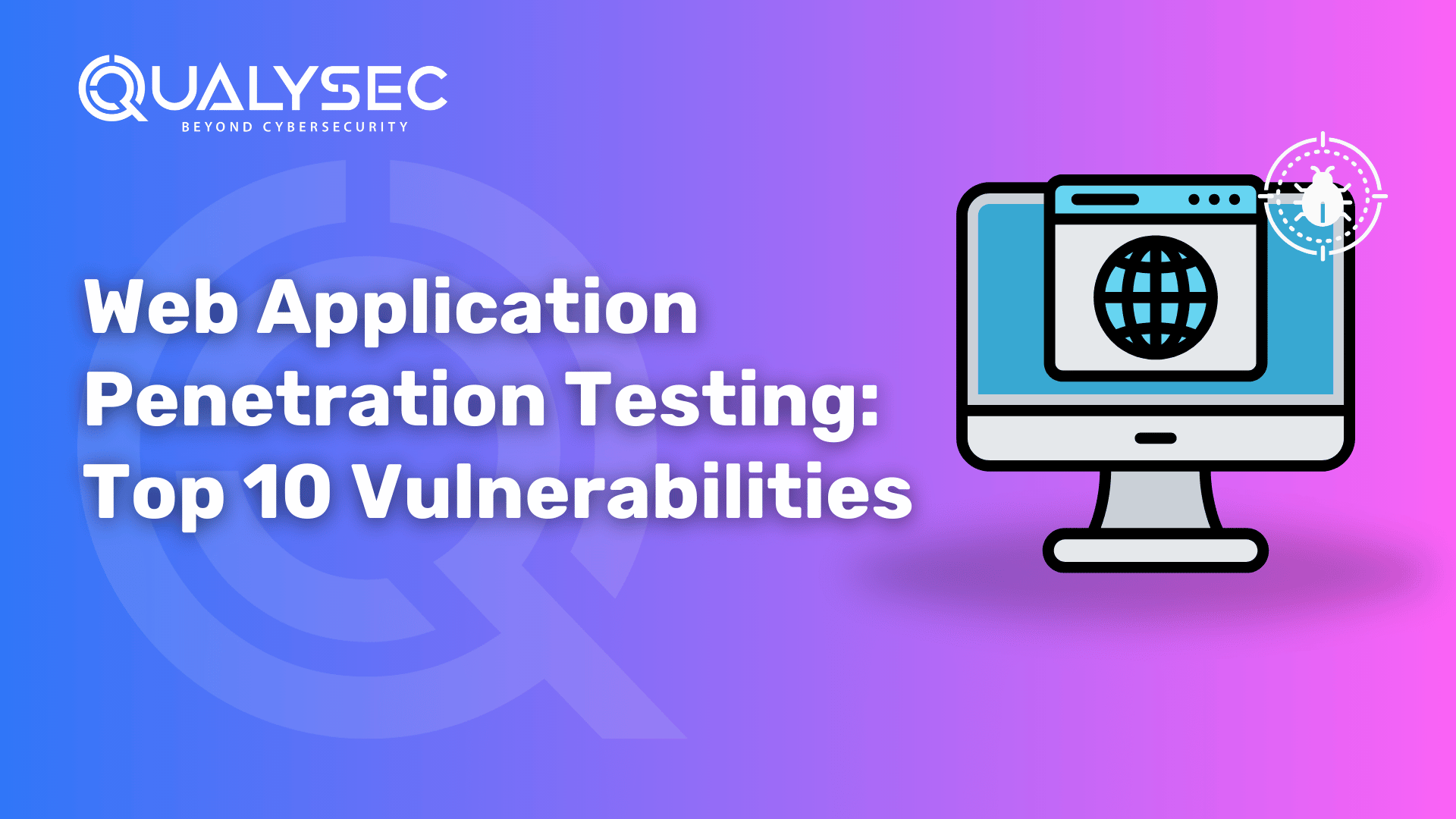





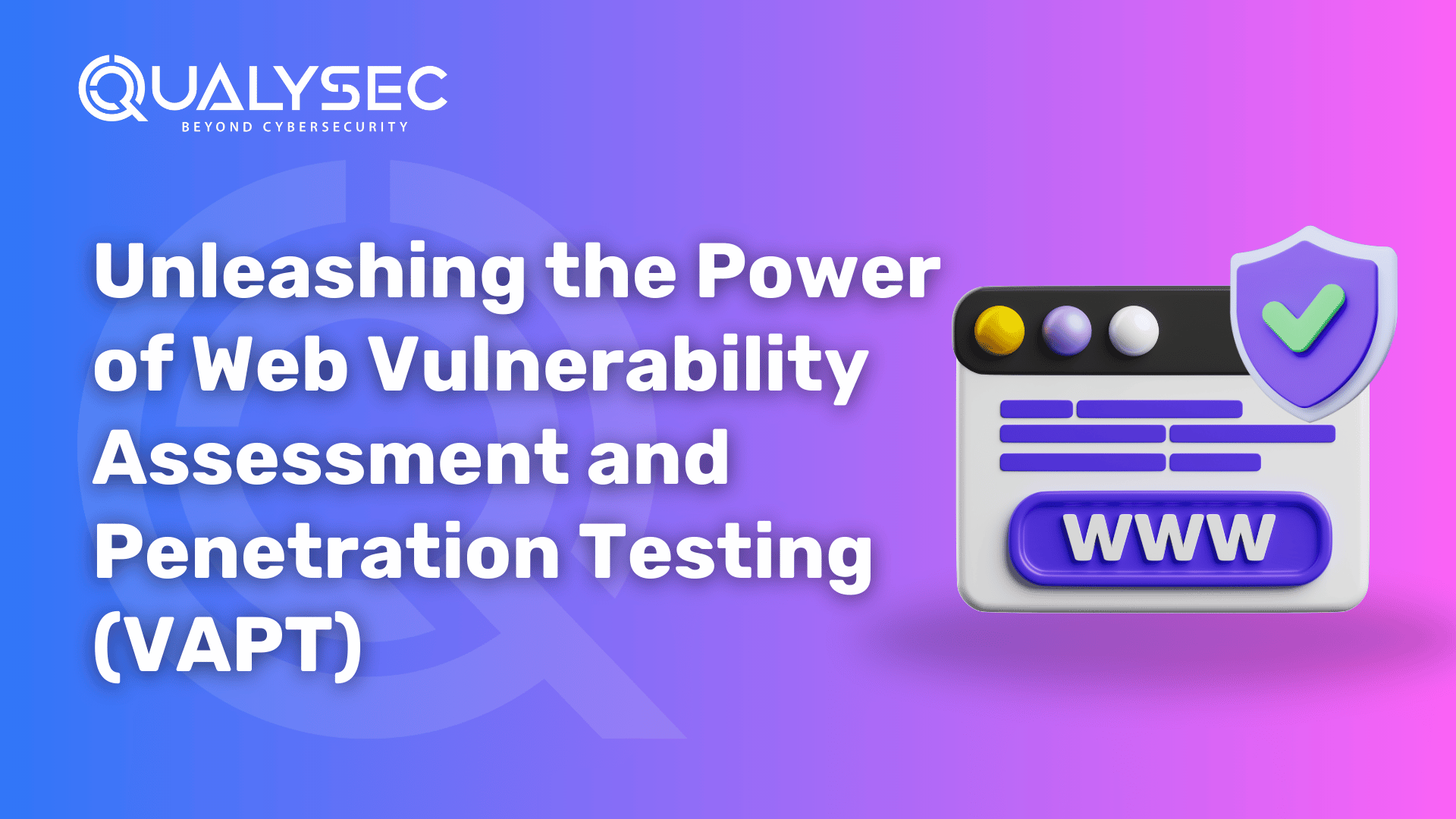


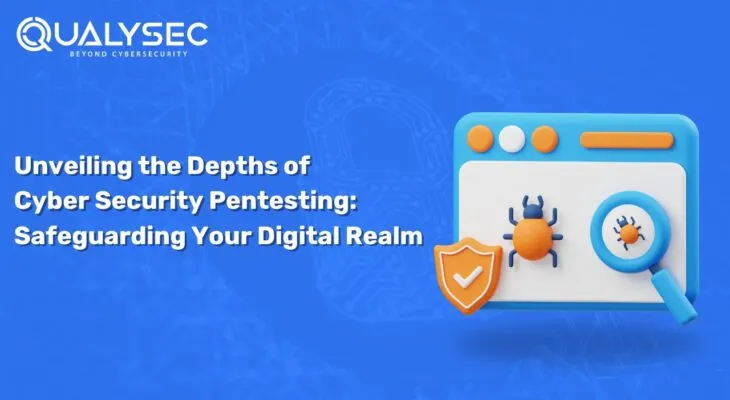



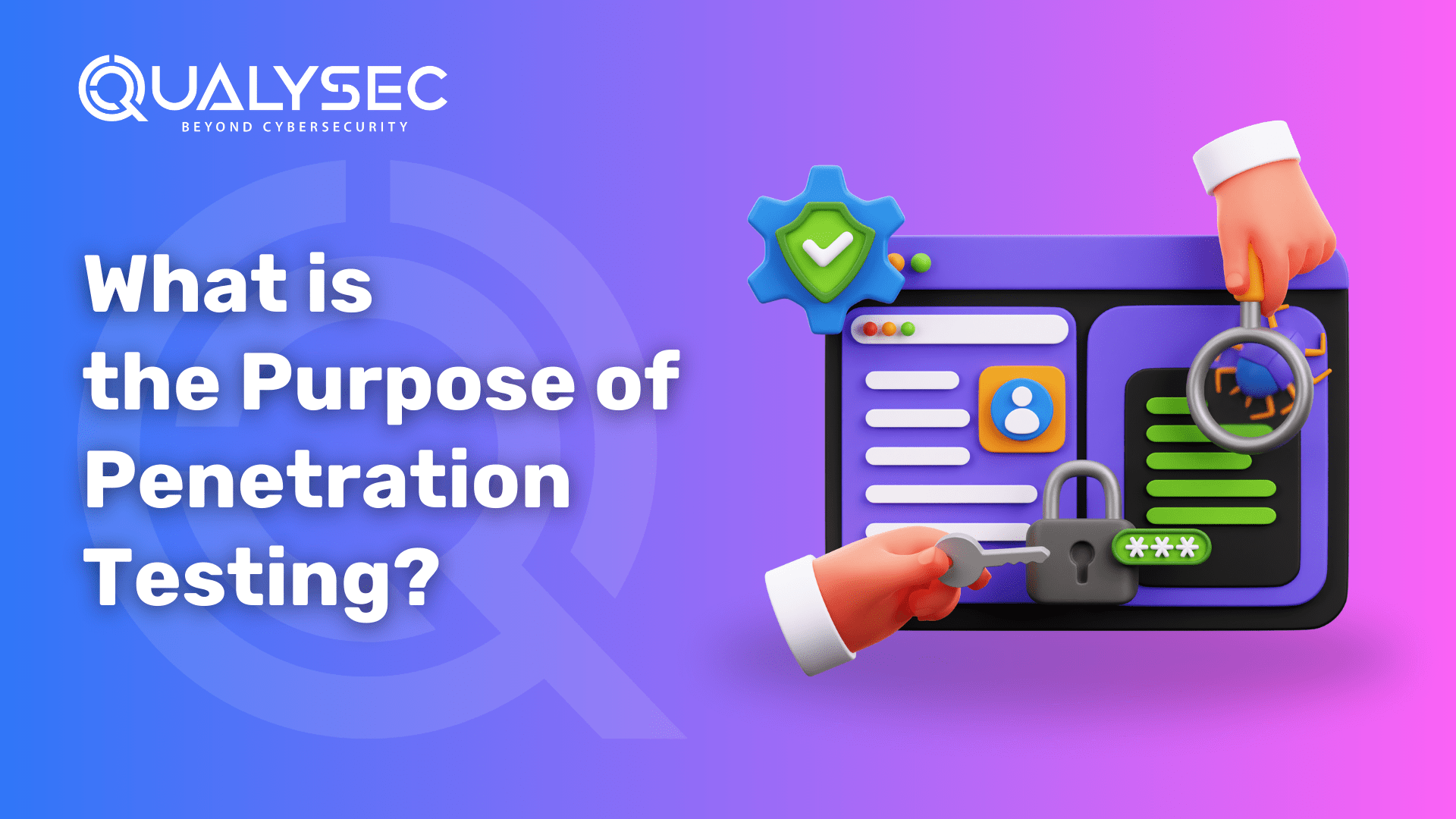
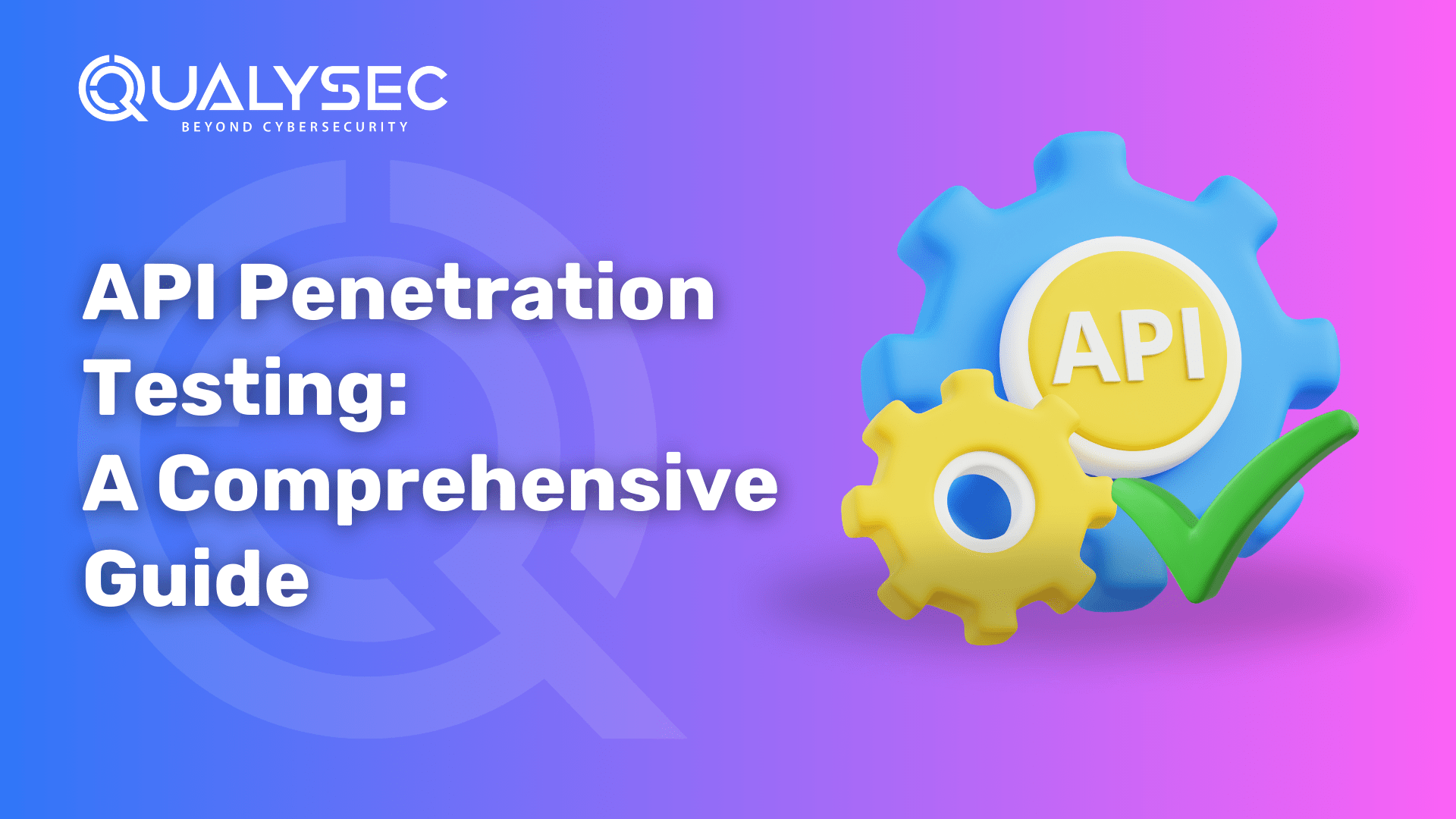



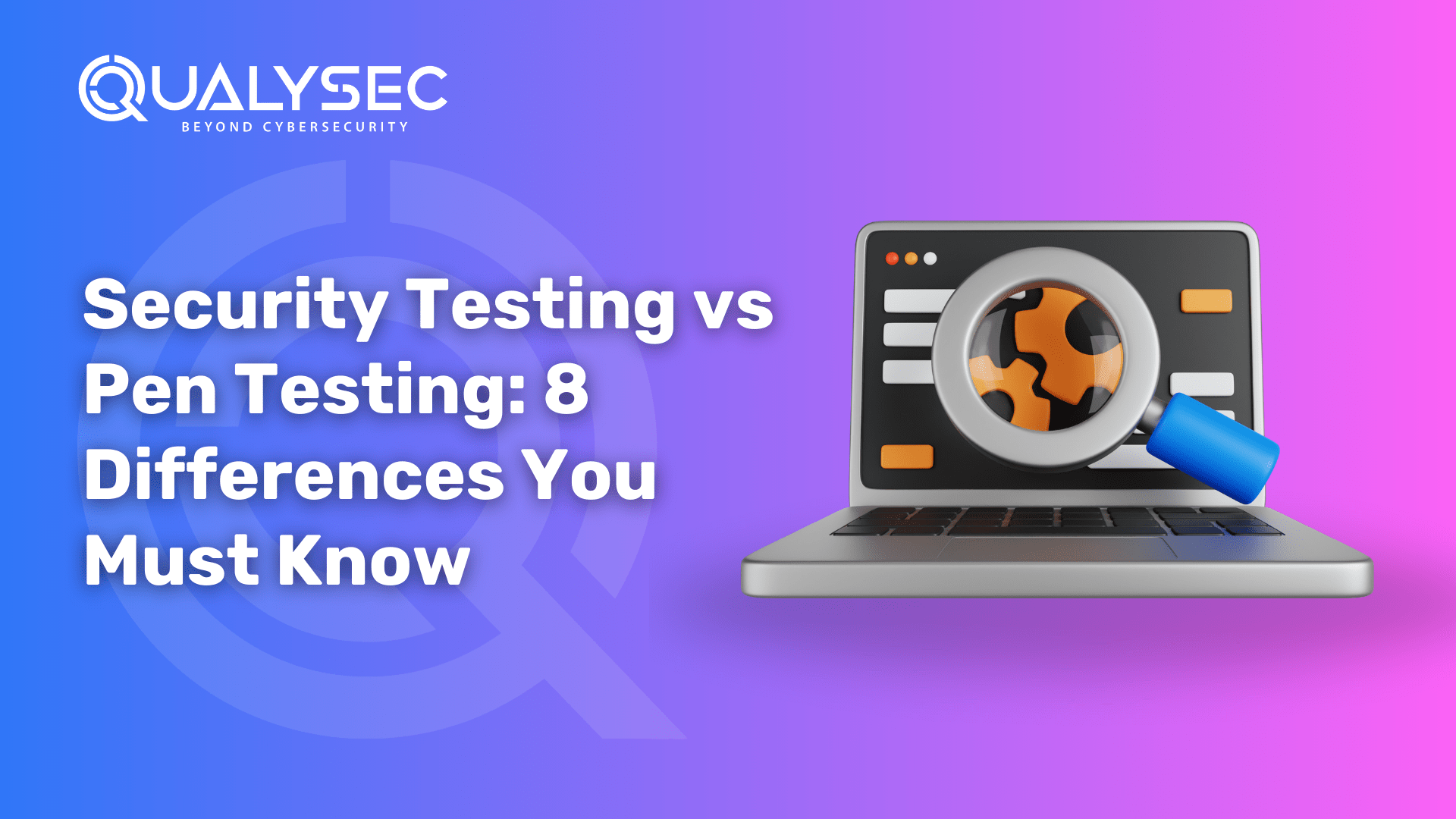




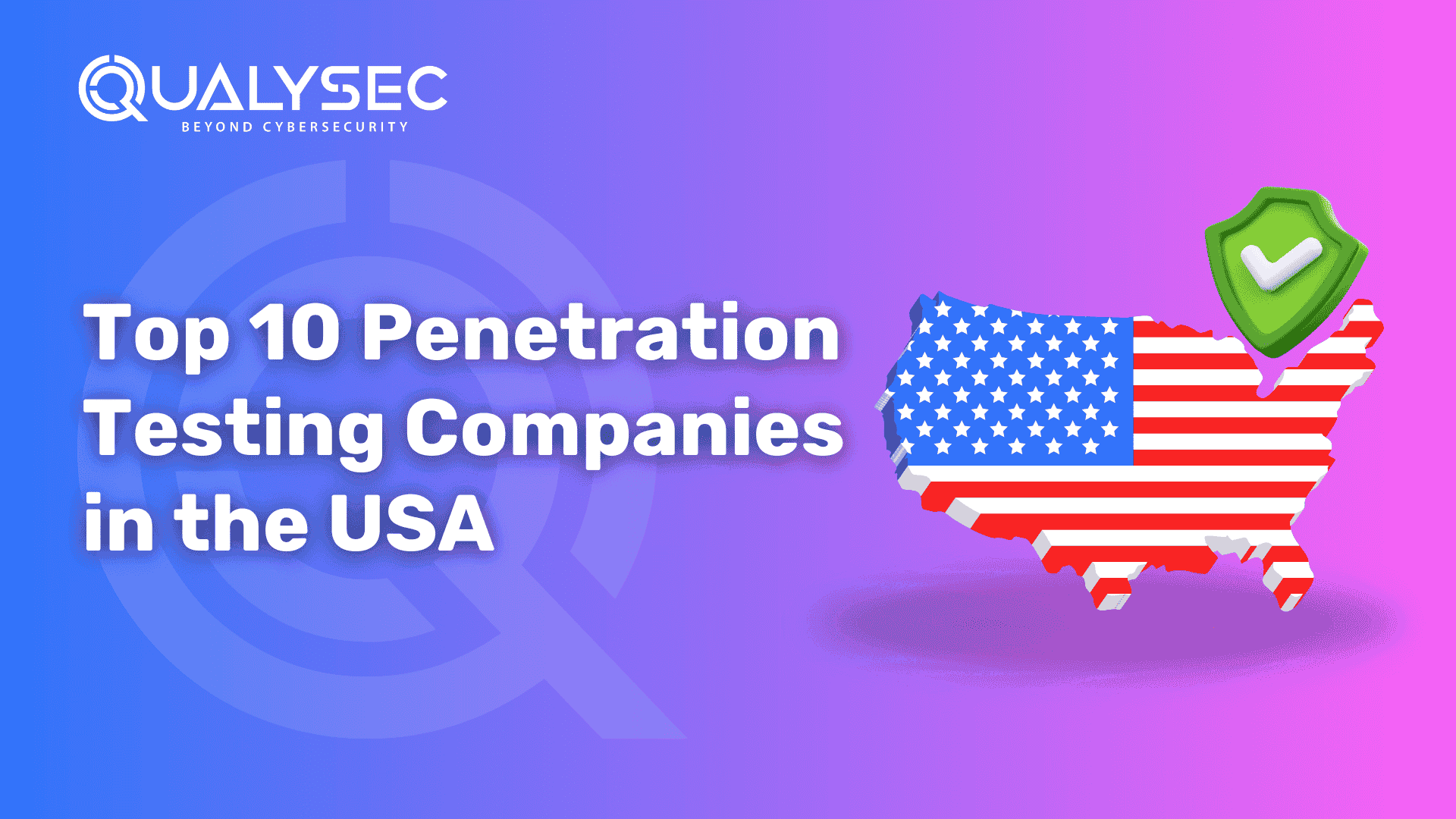




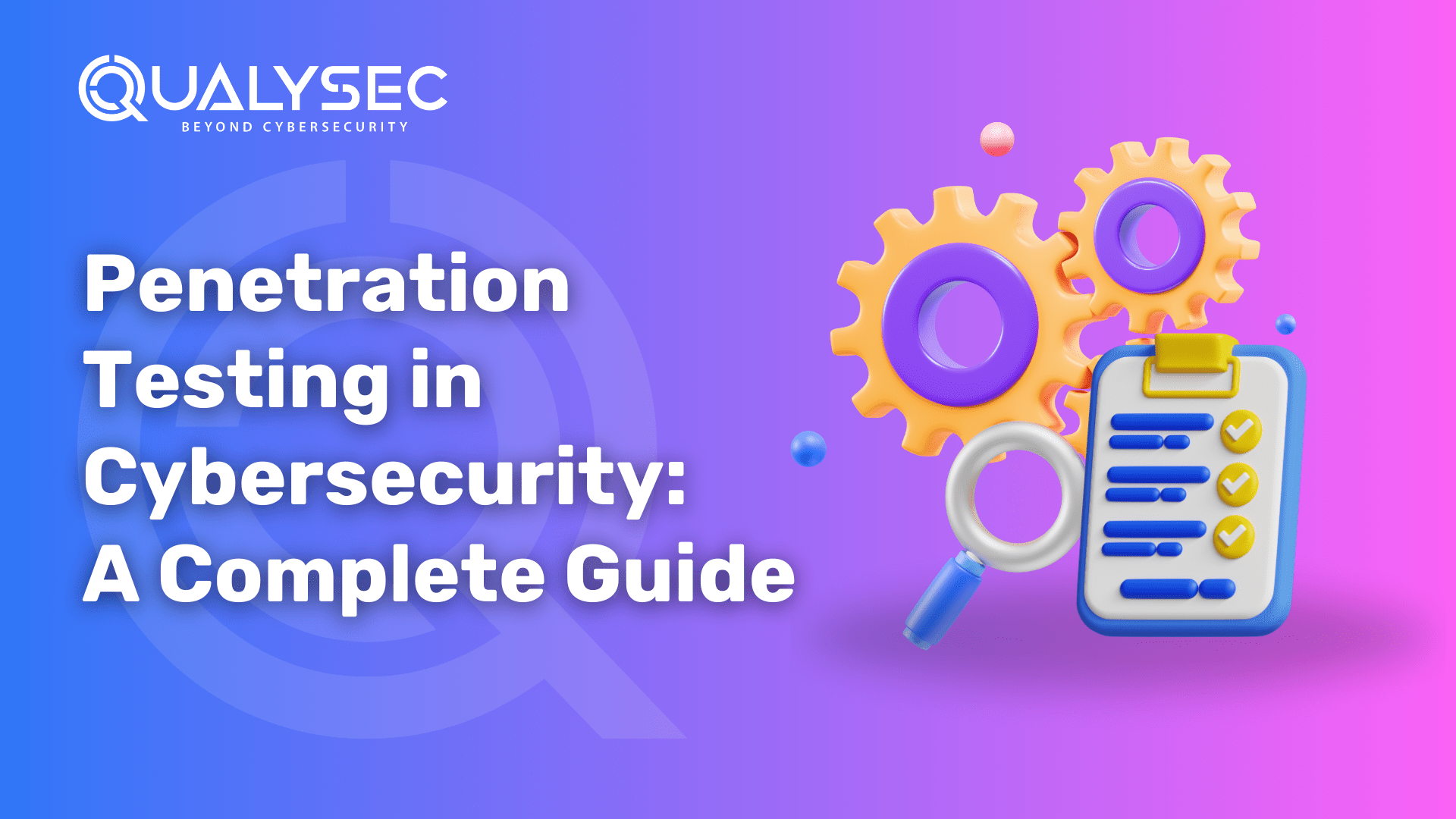
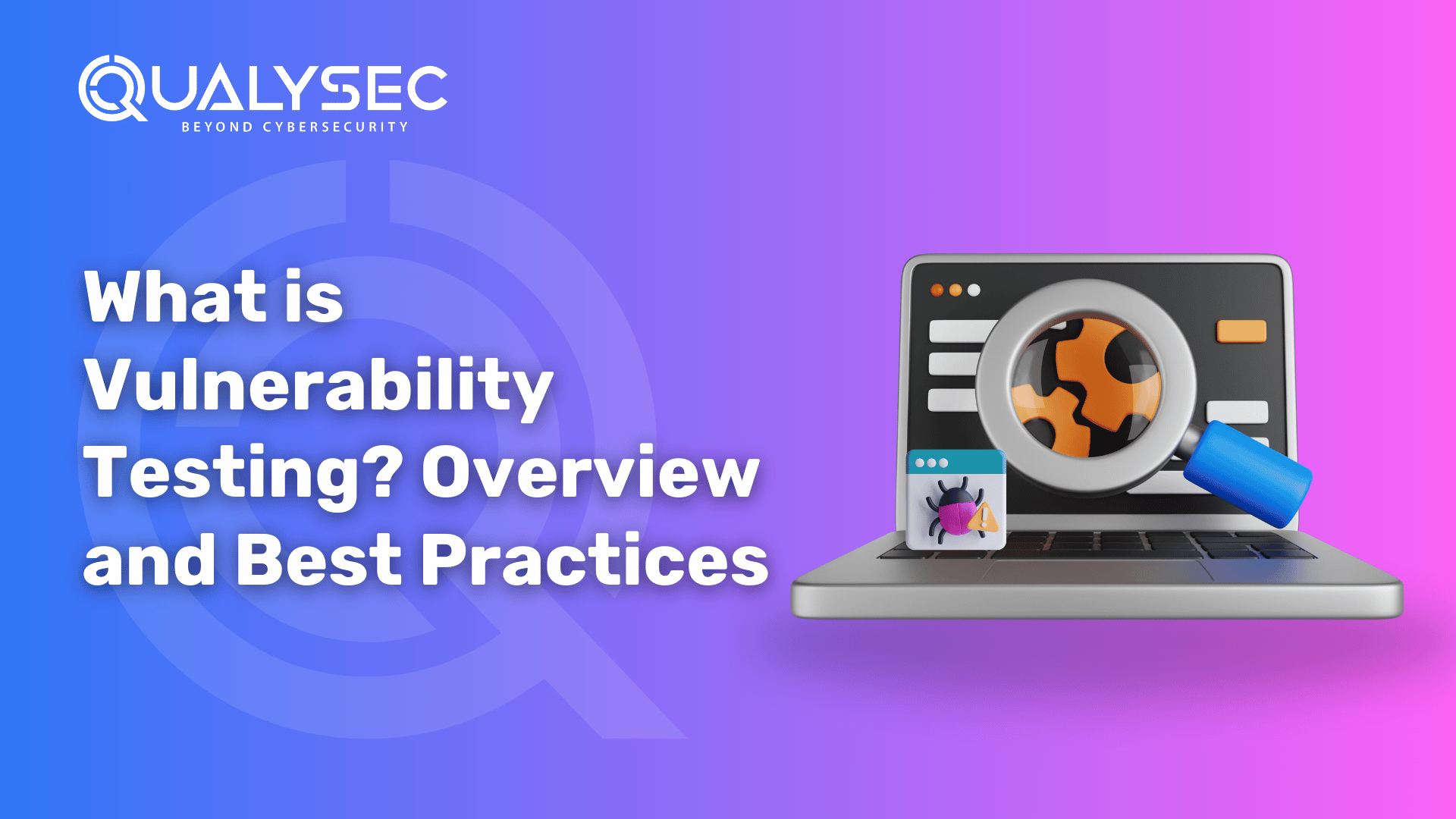

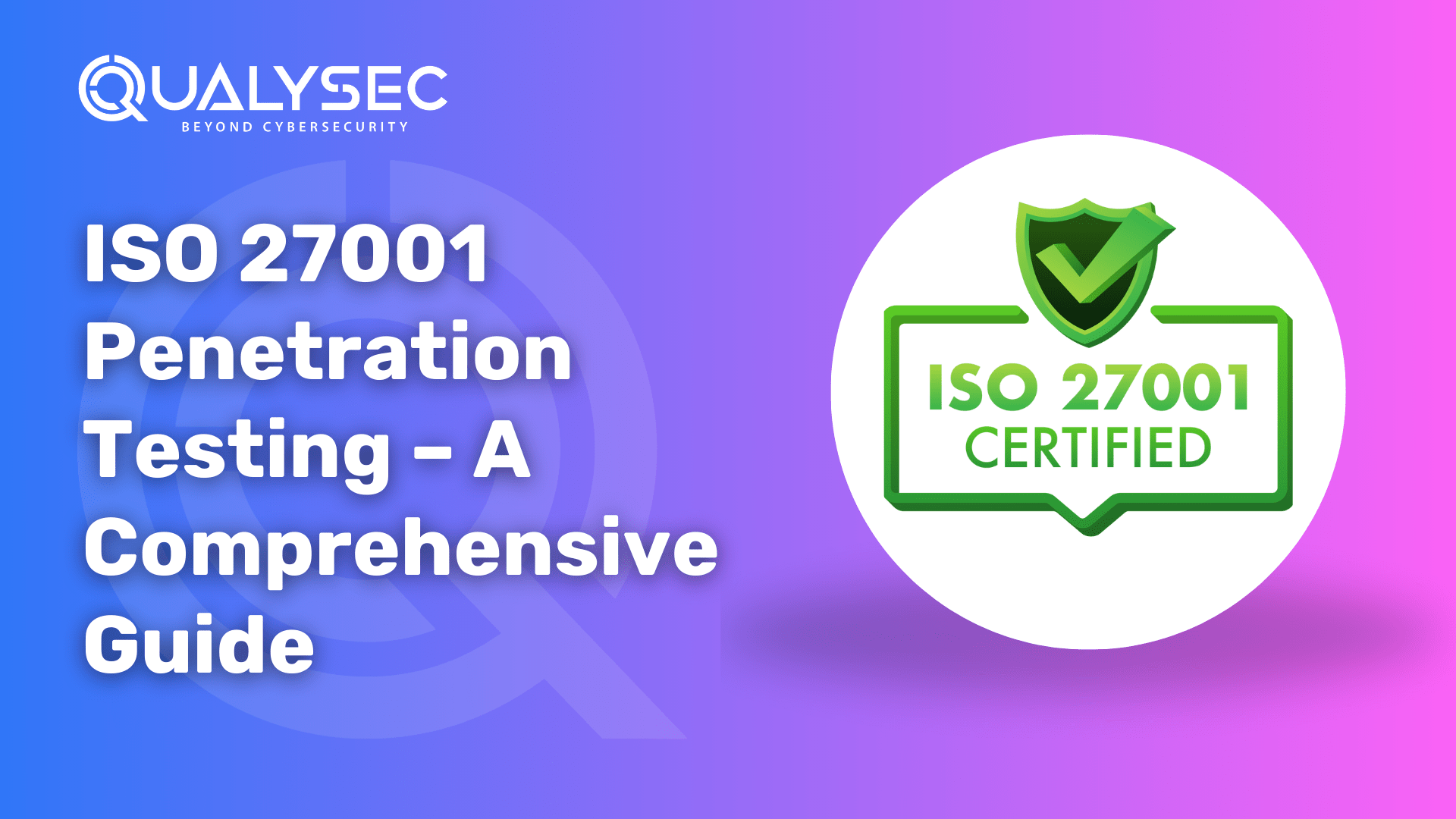

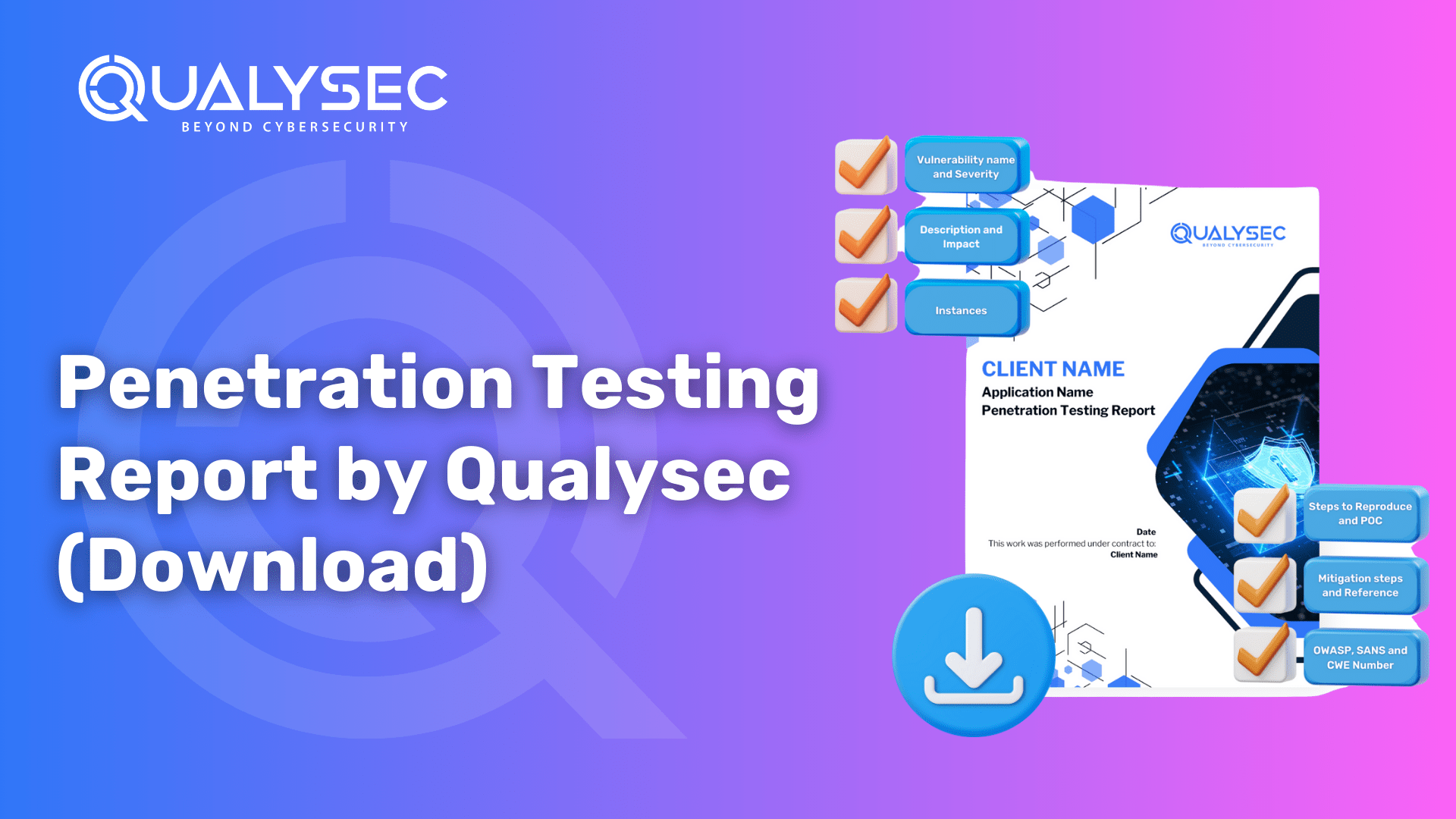







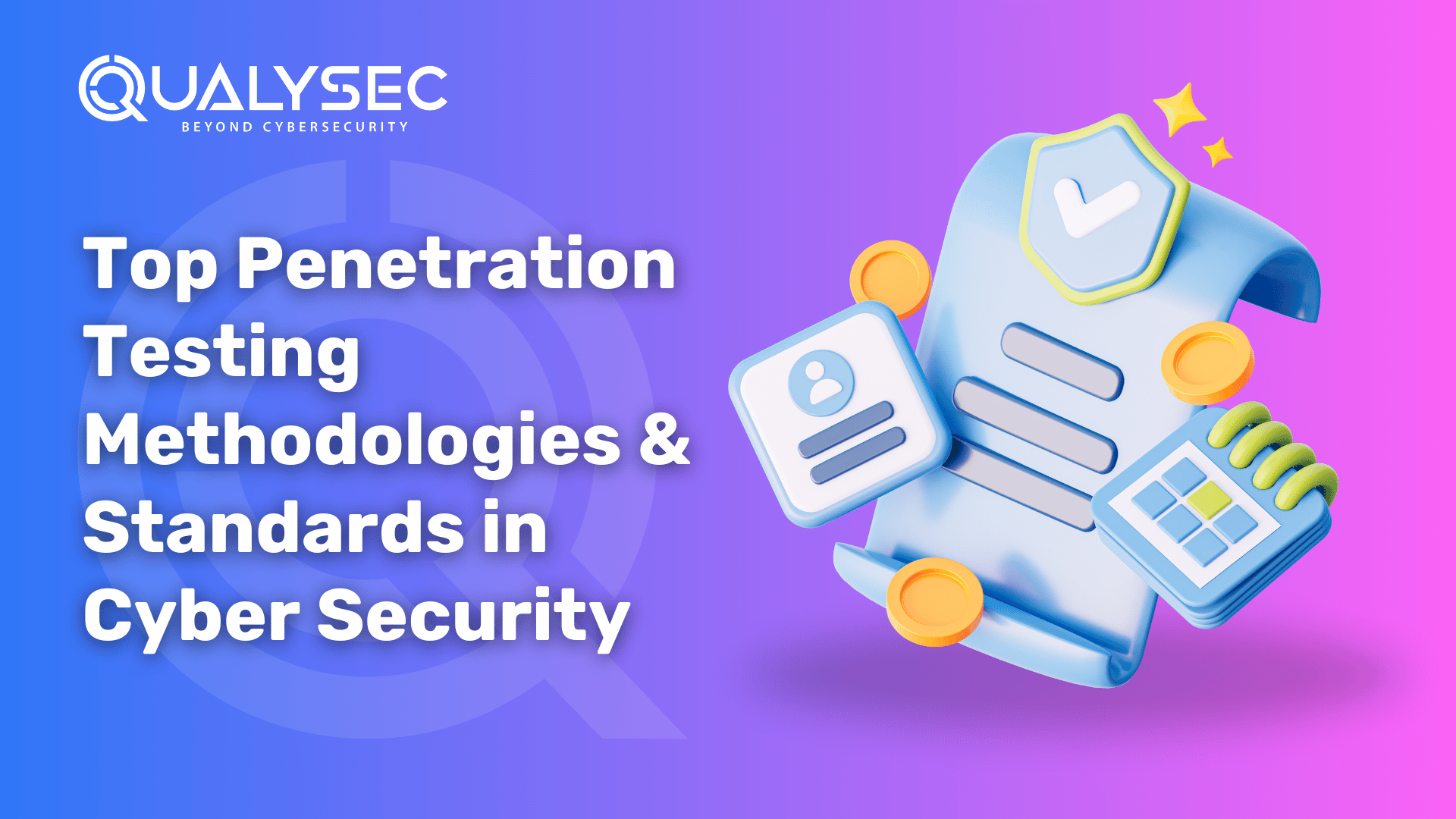

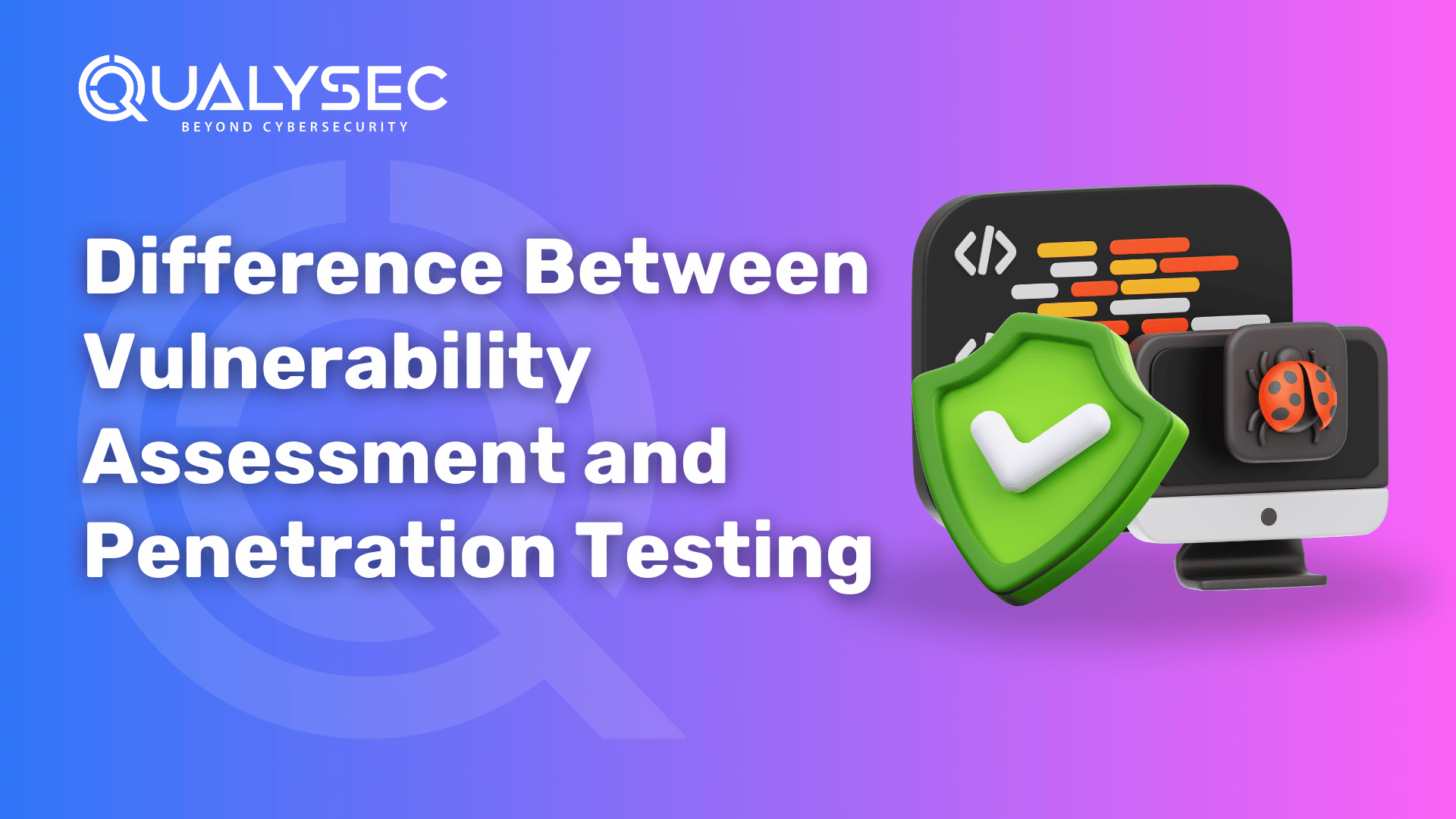







0 Comments